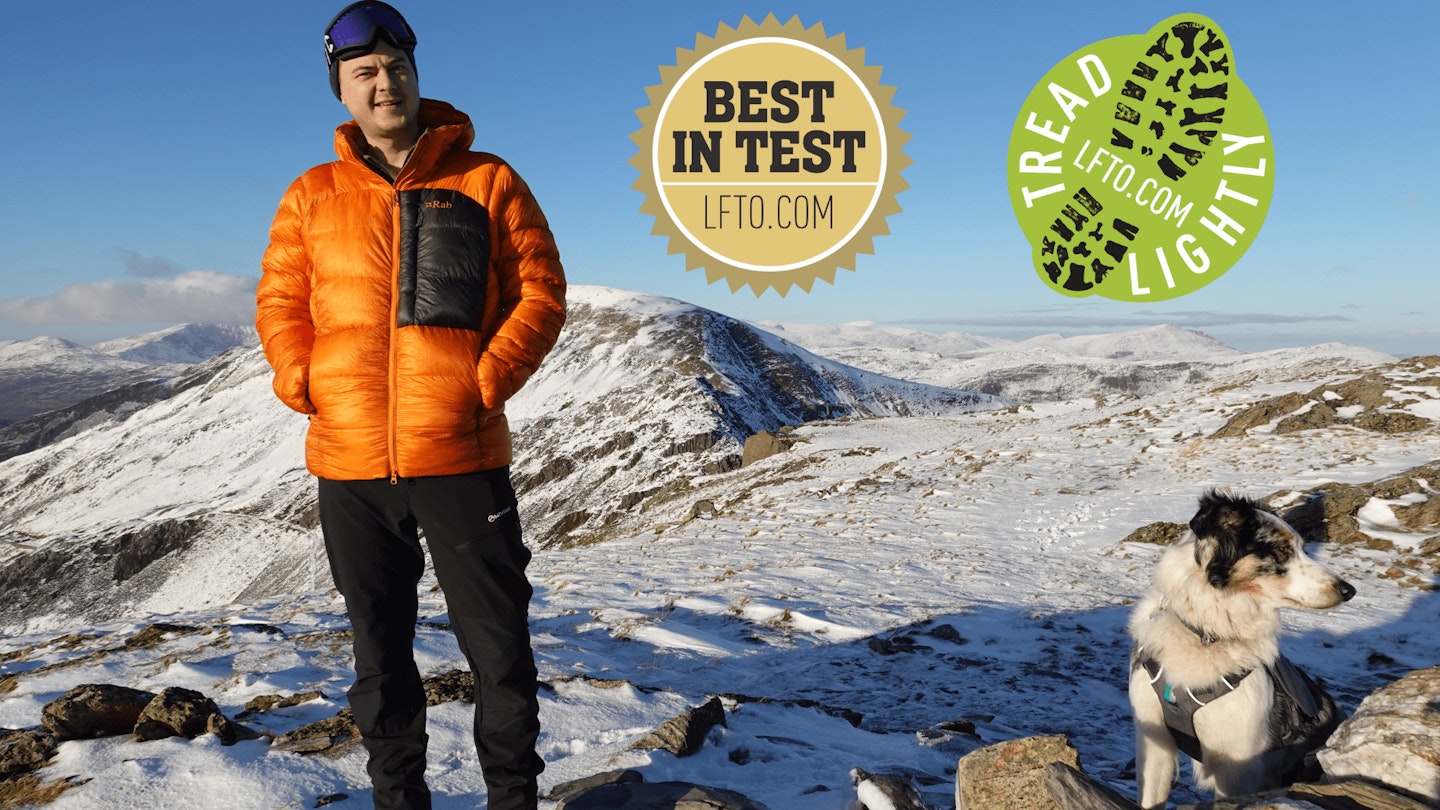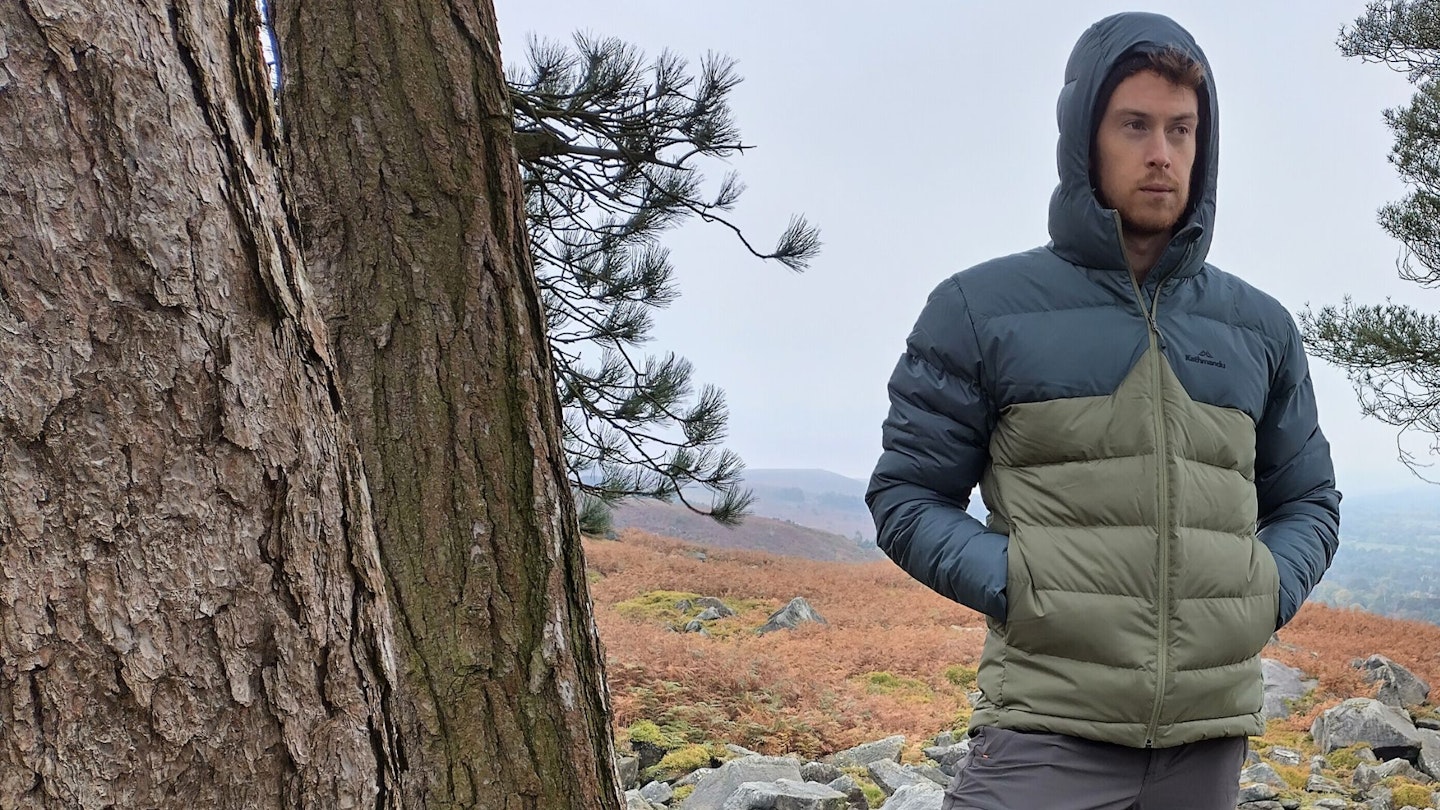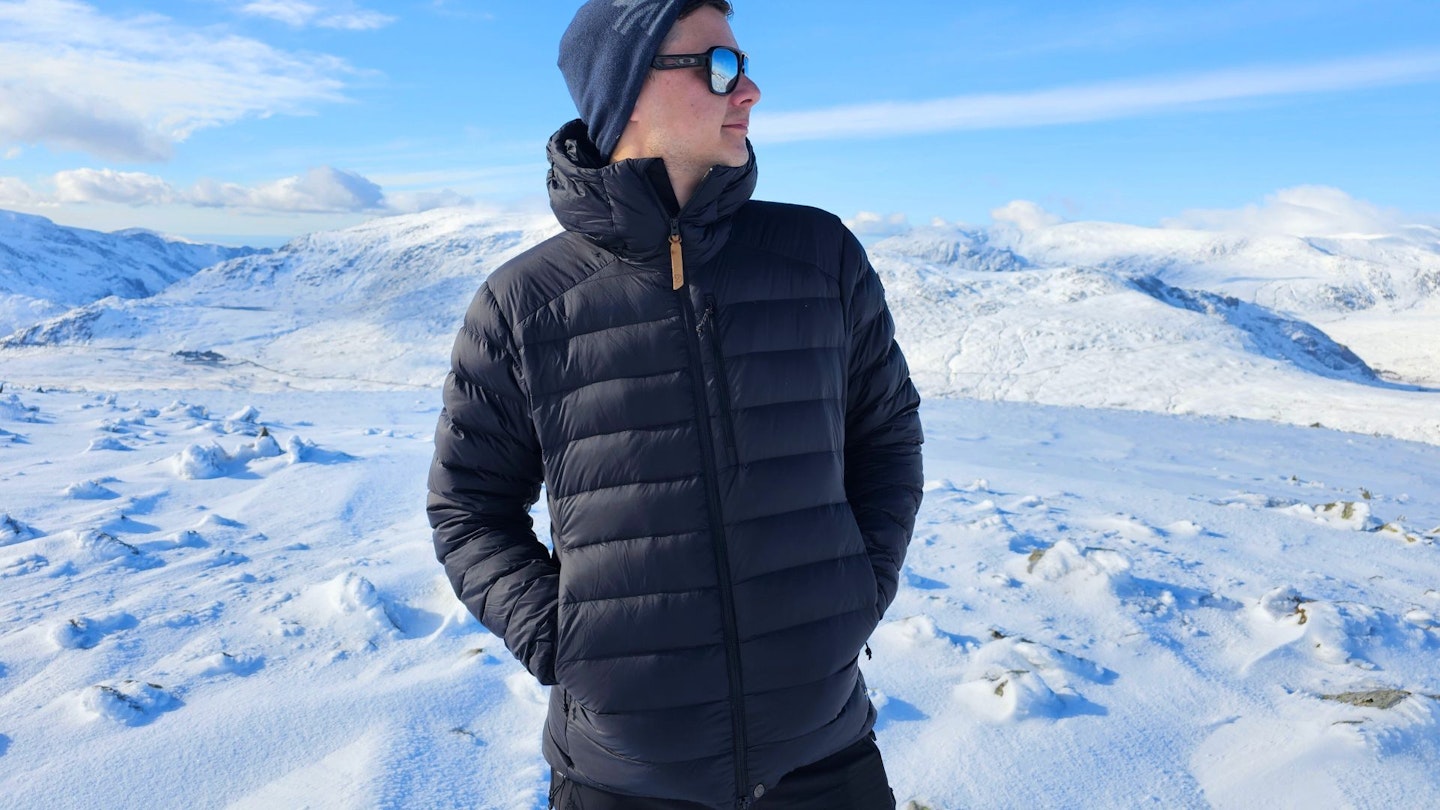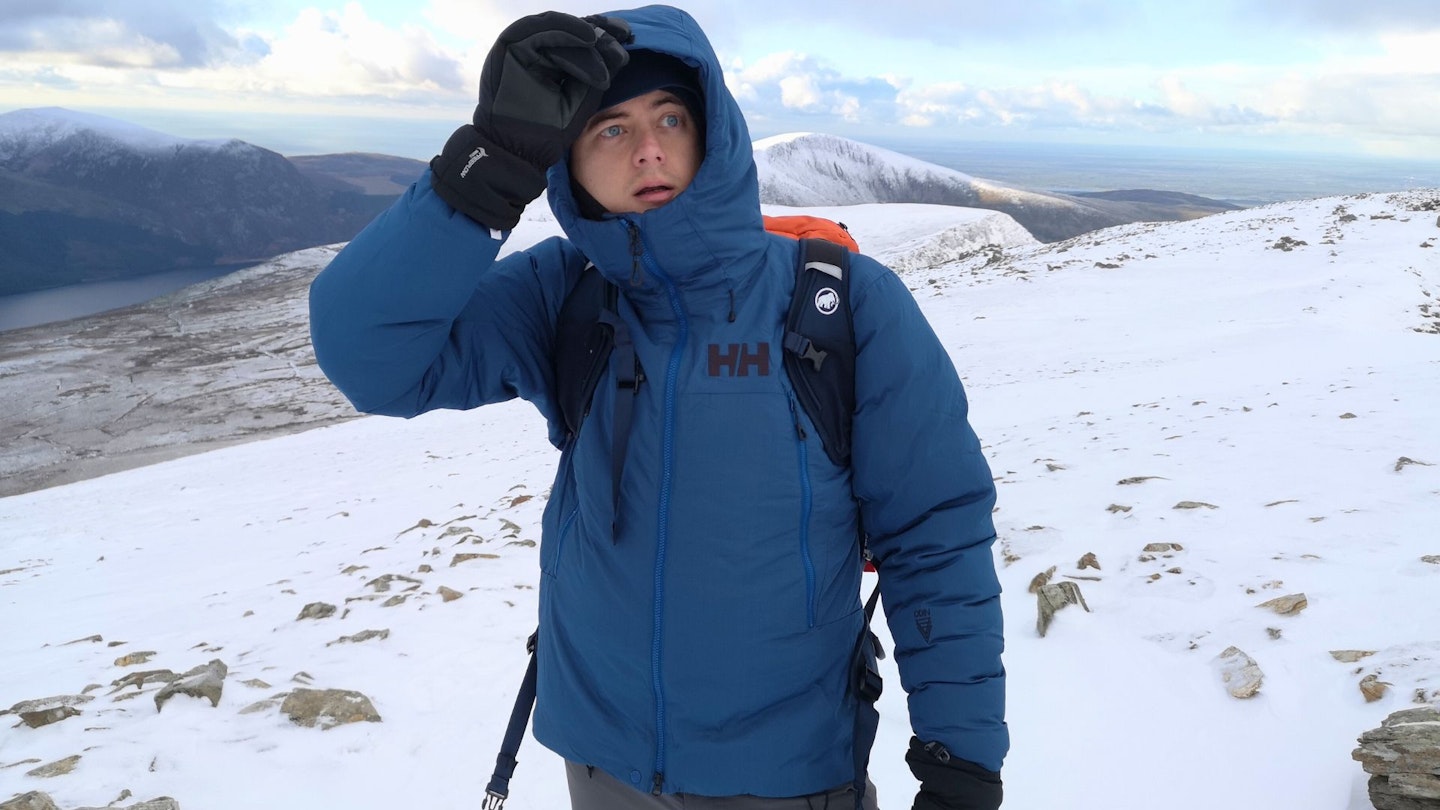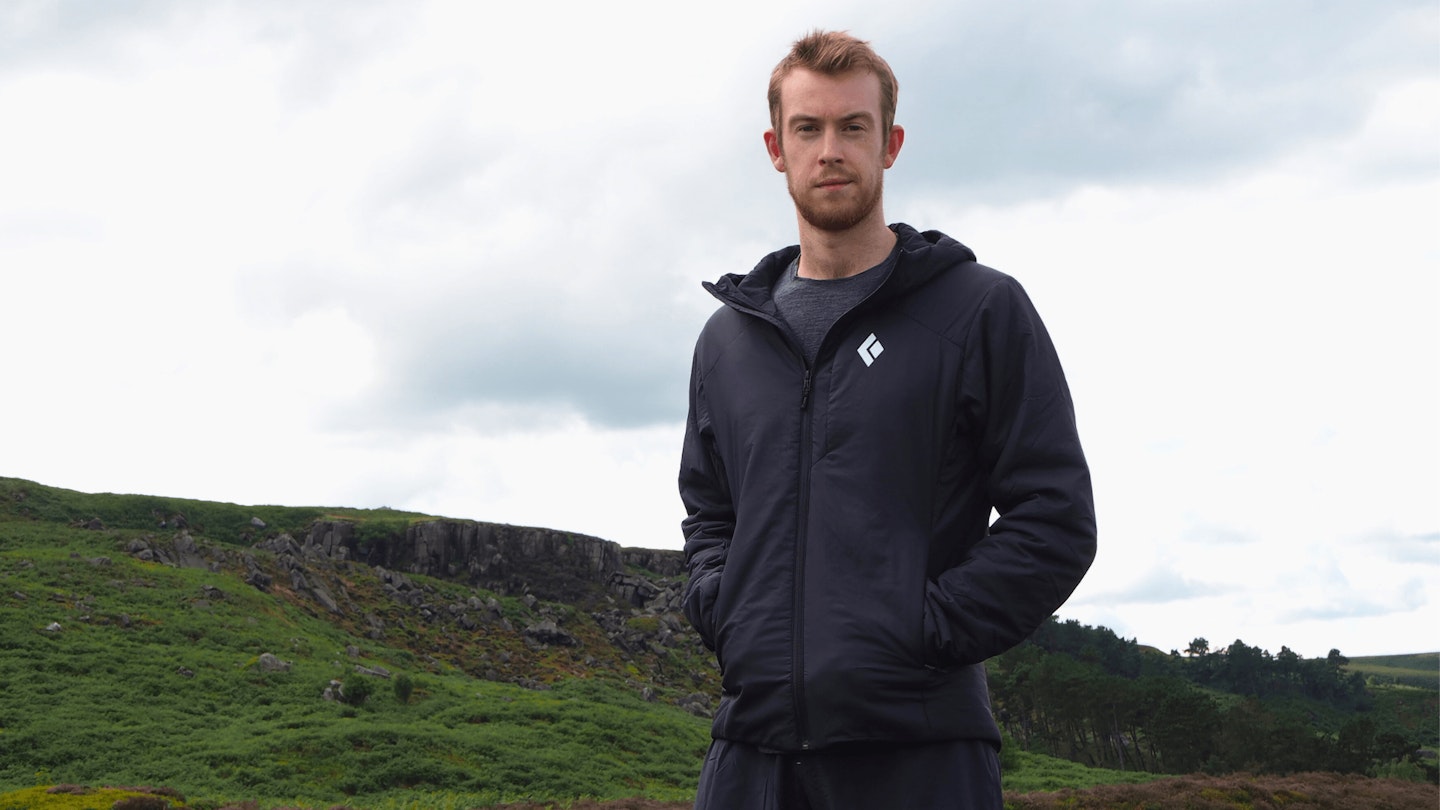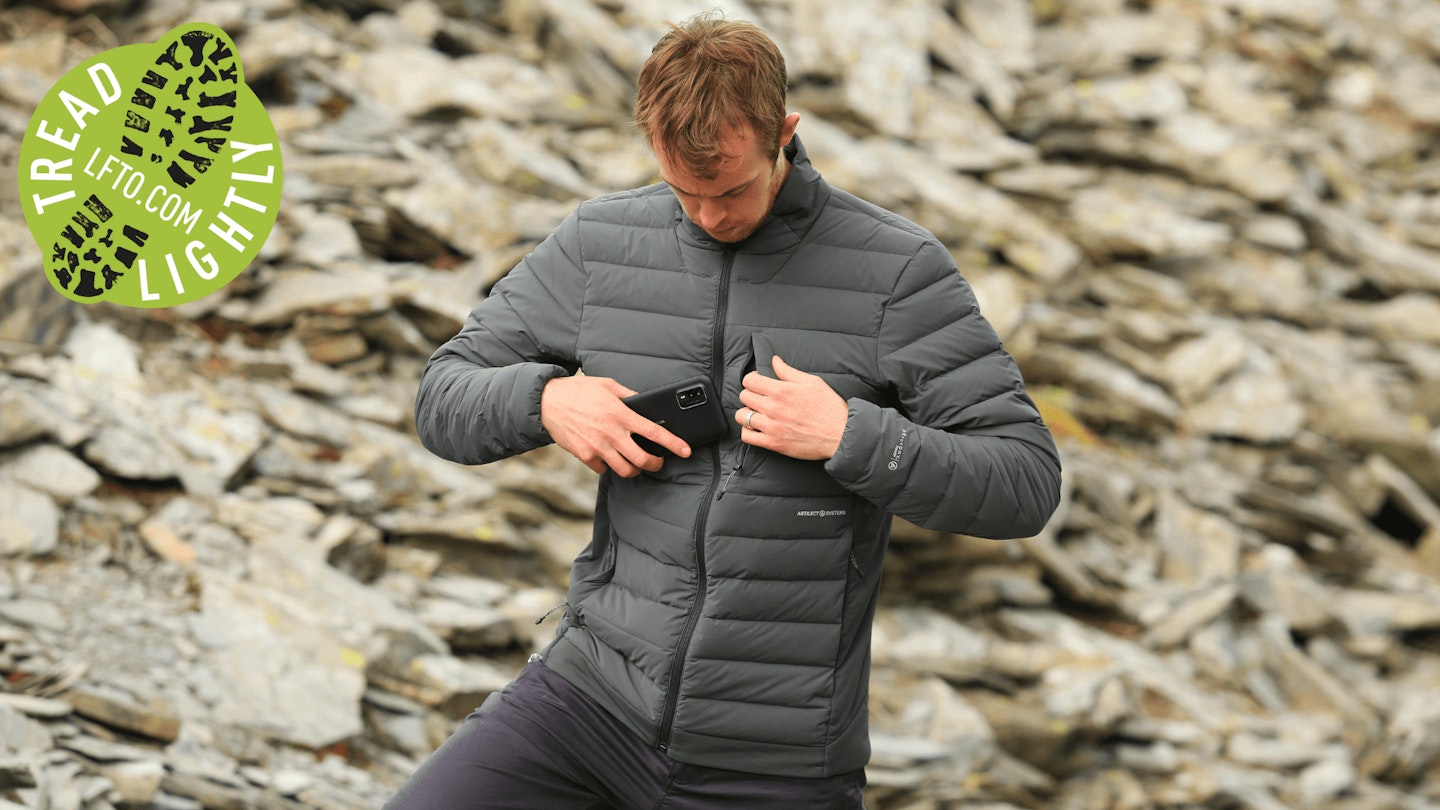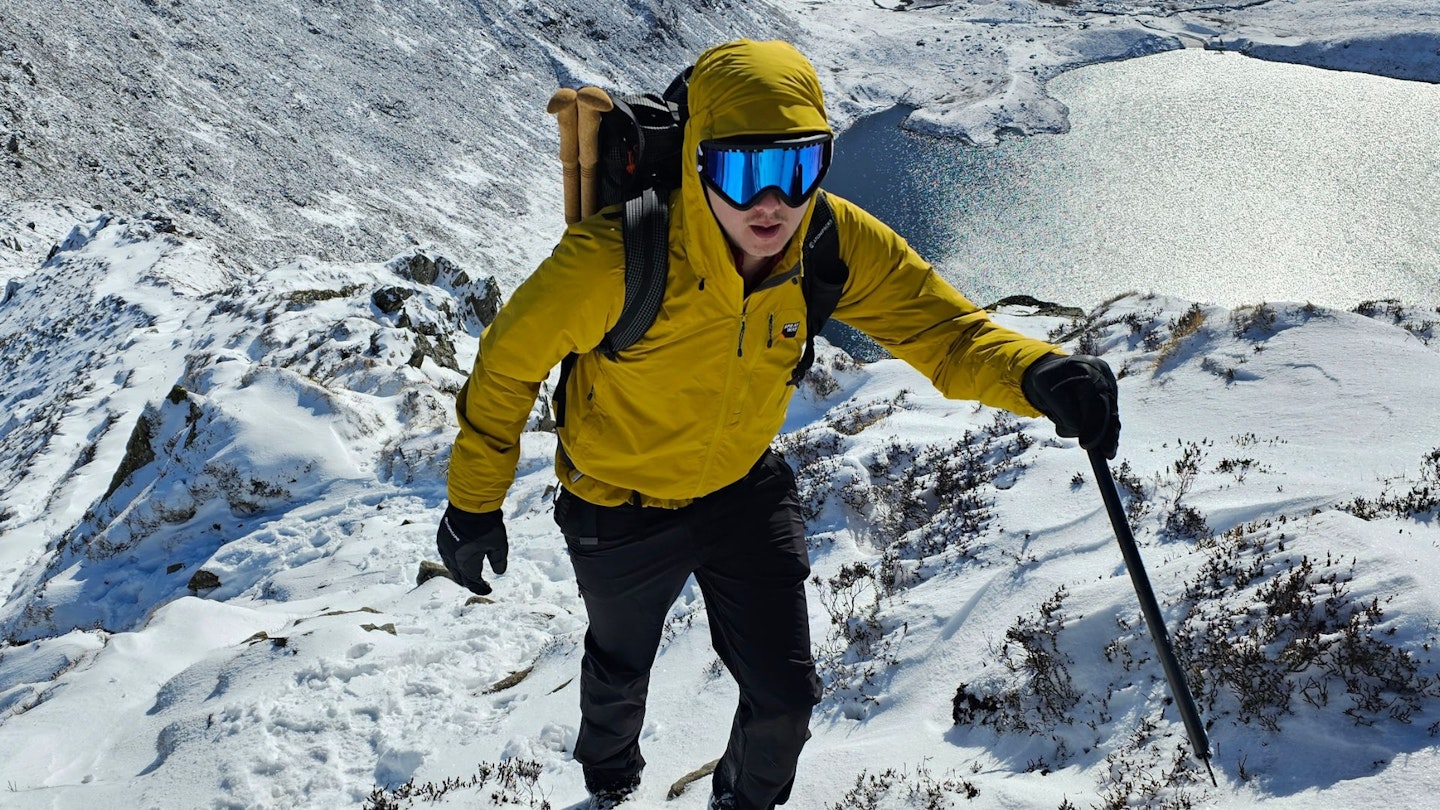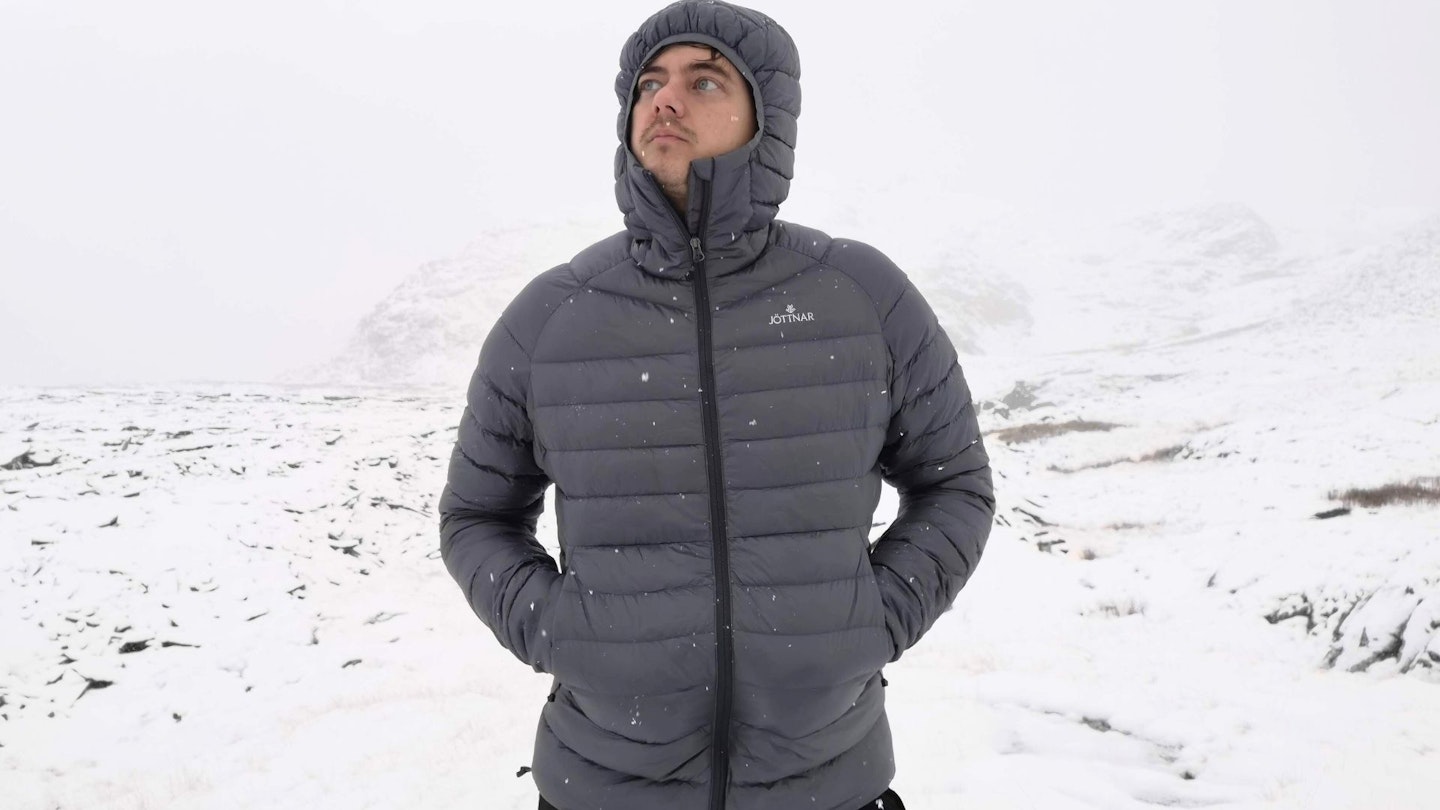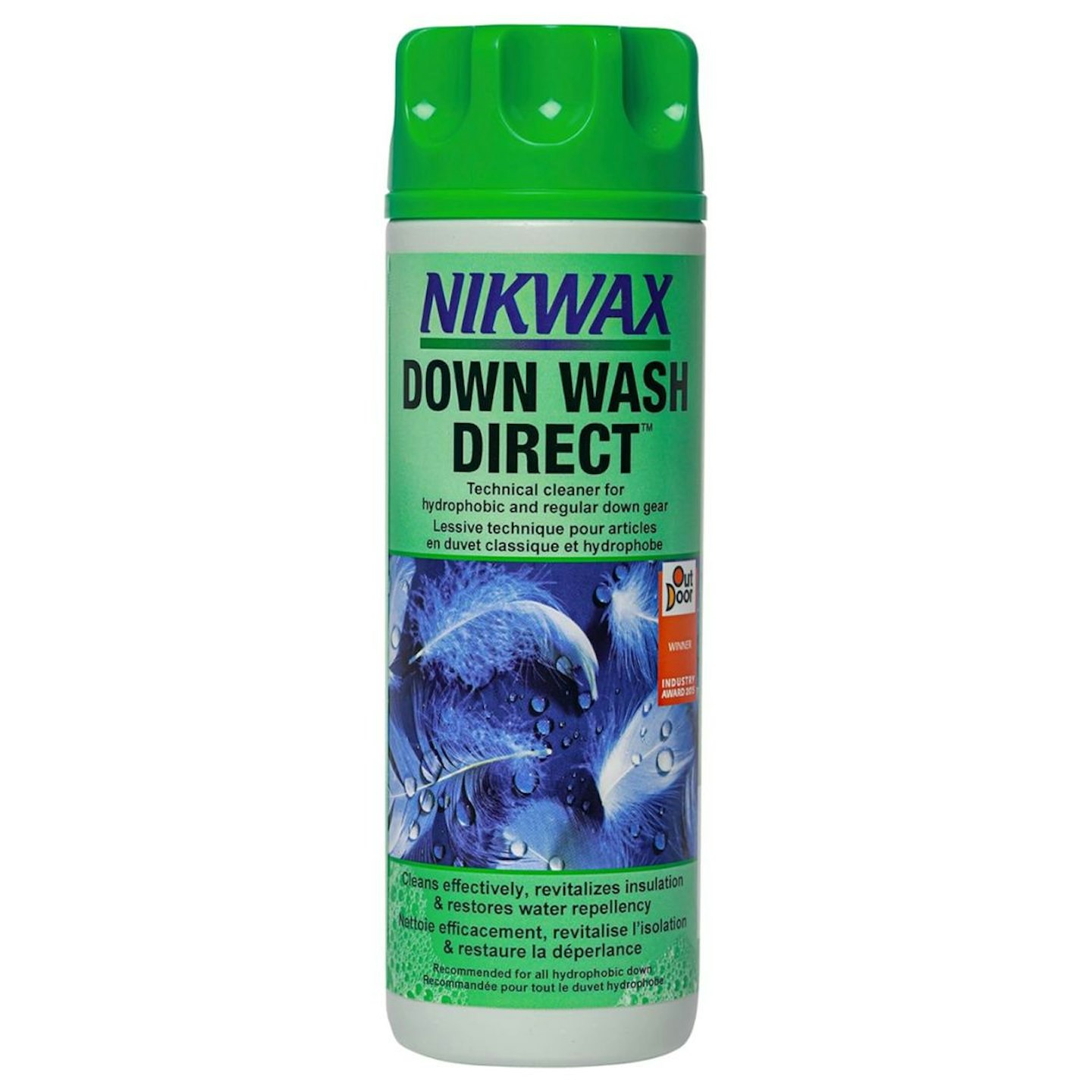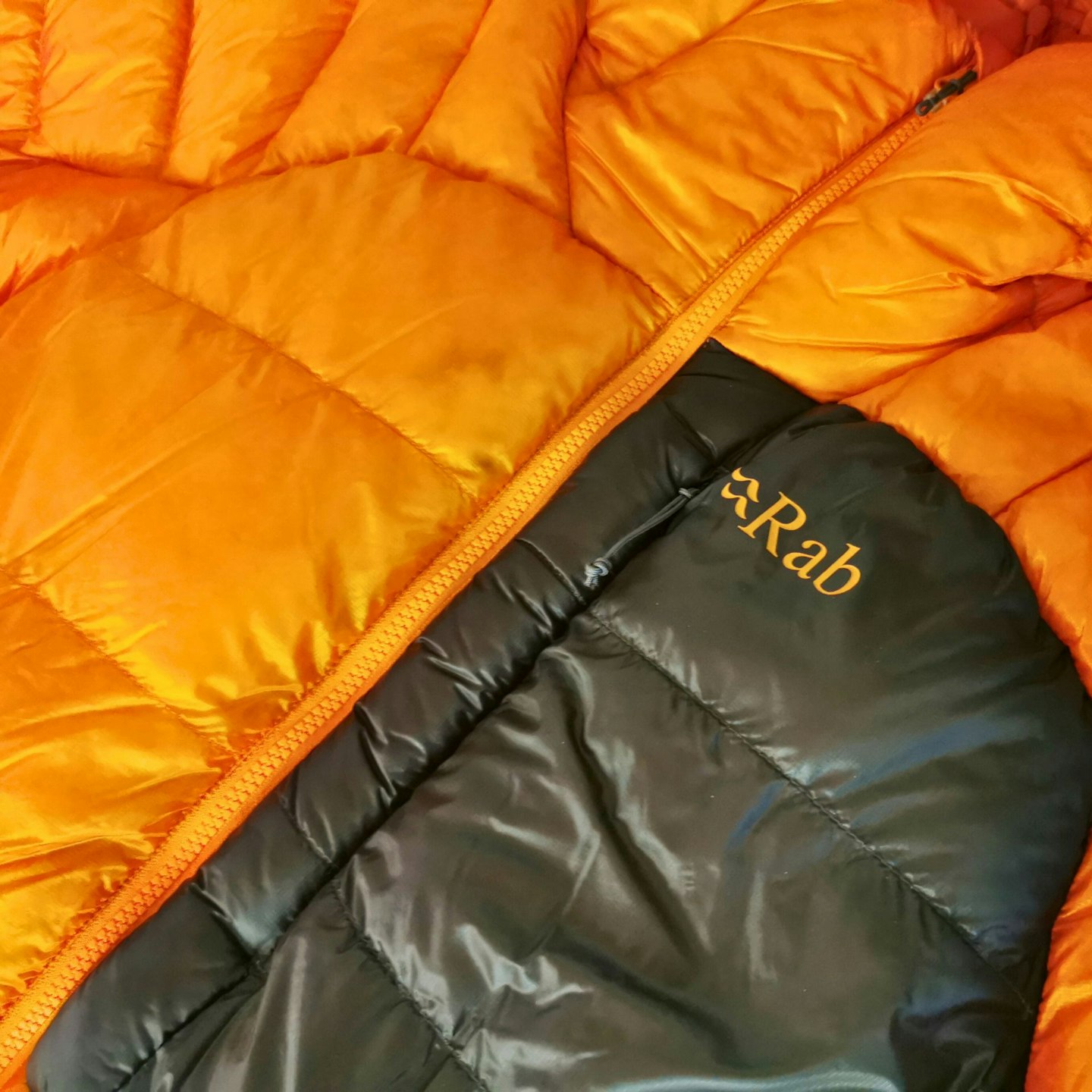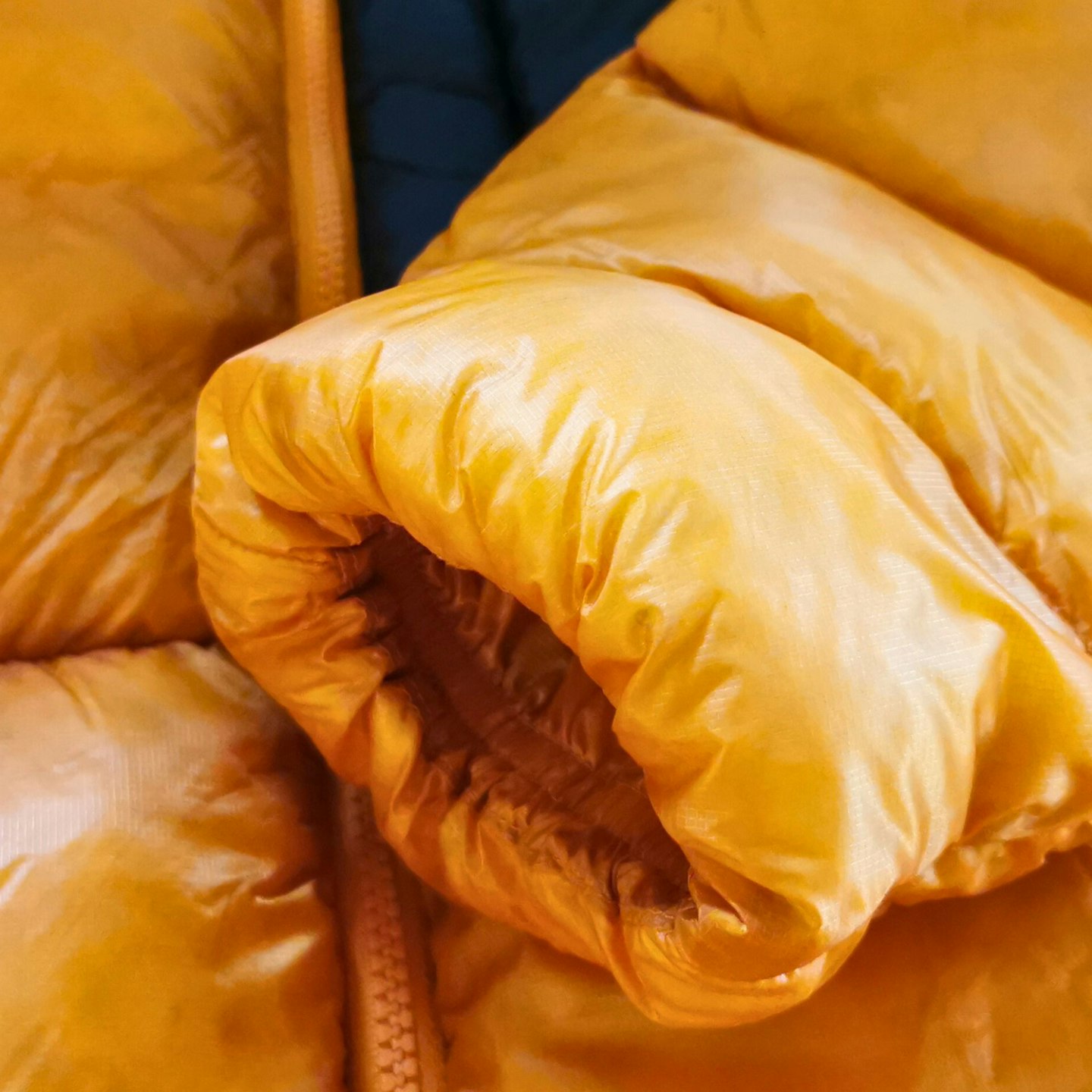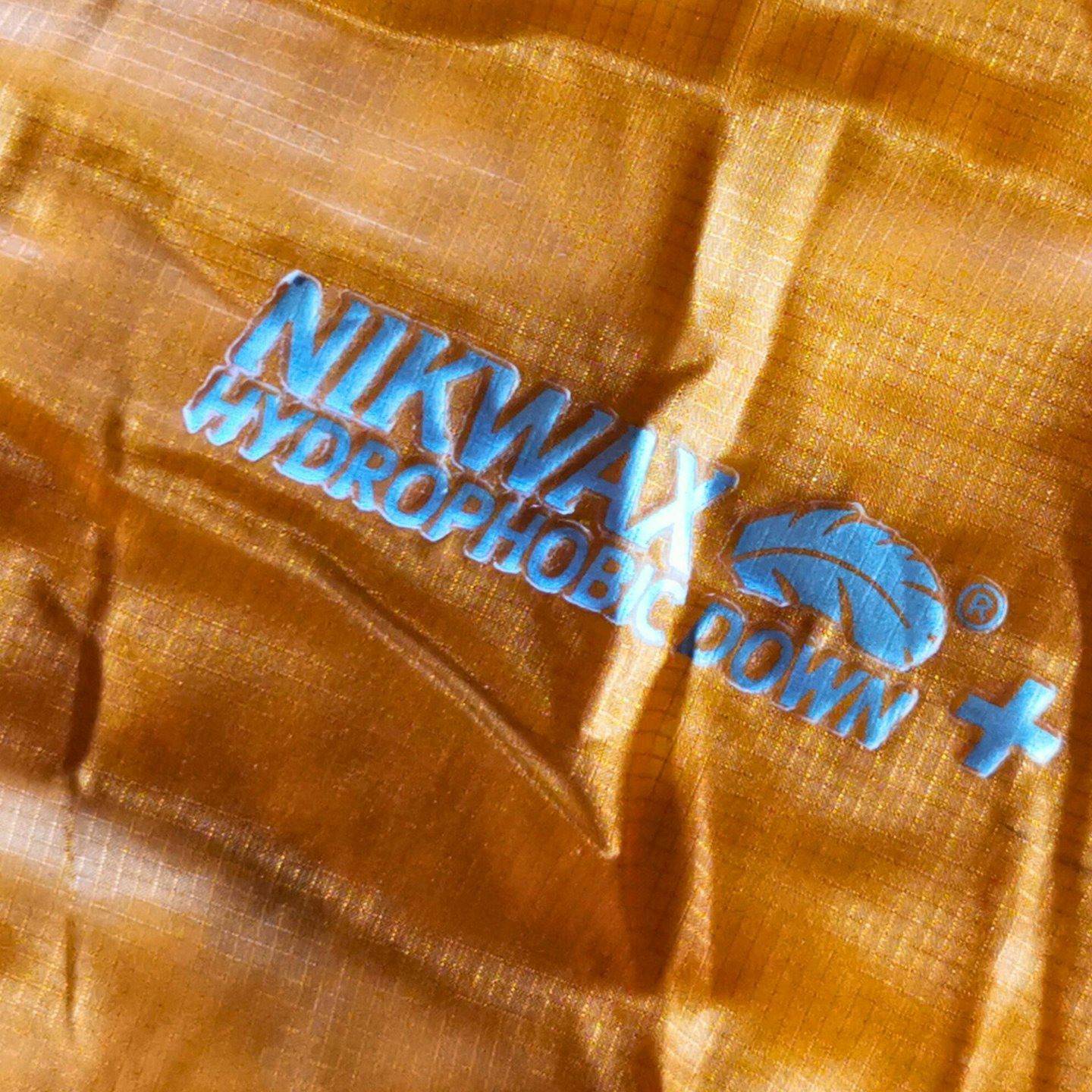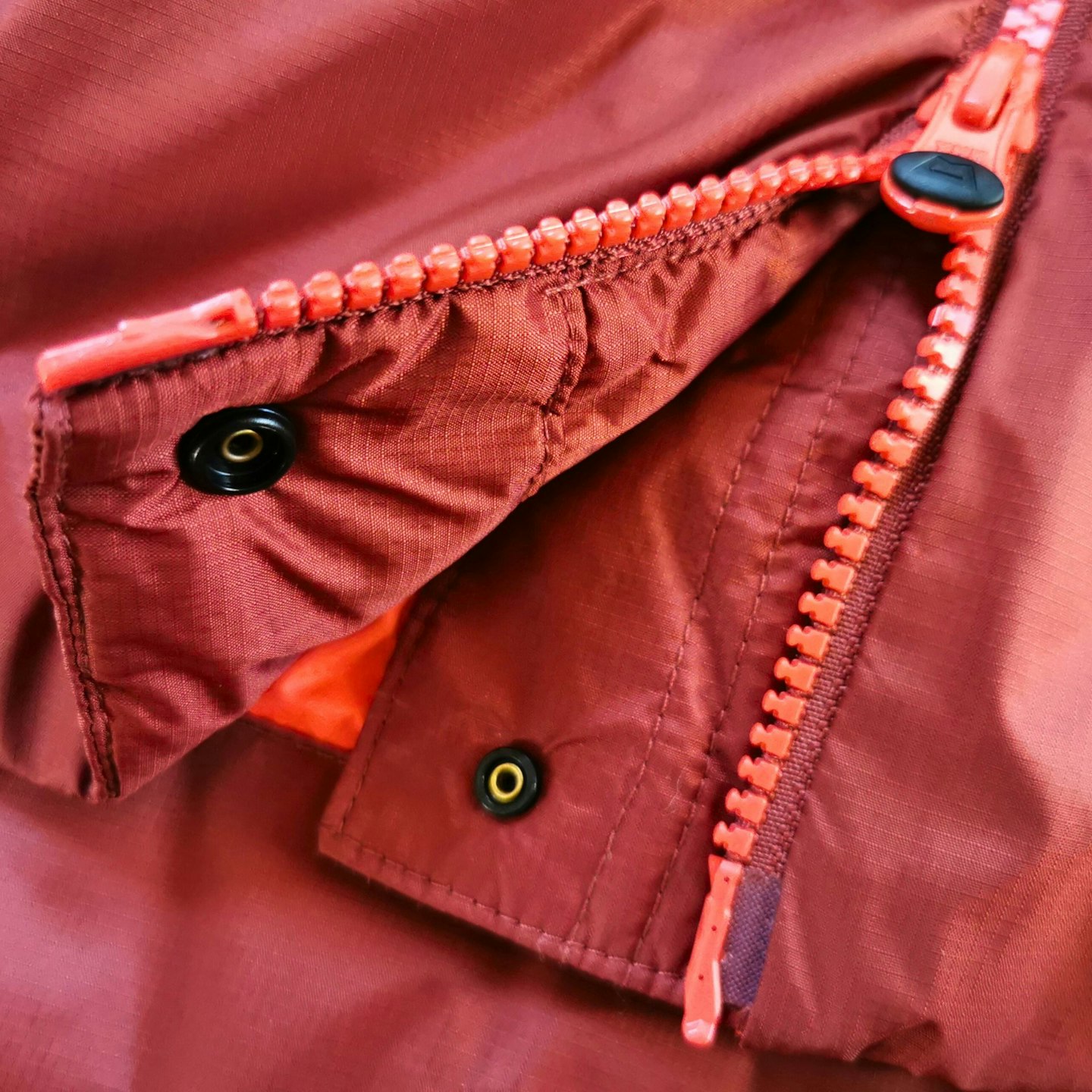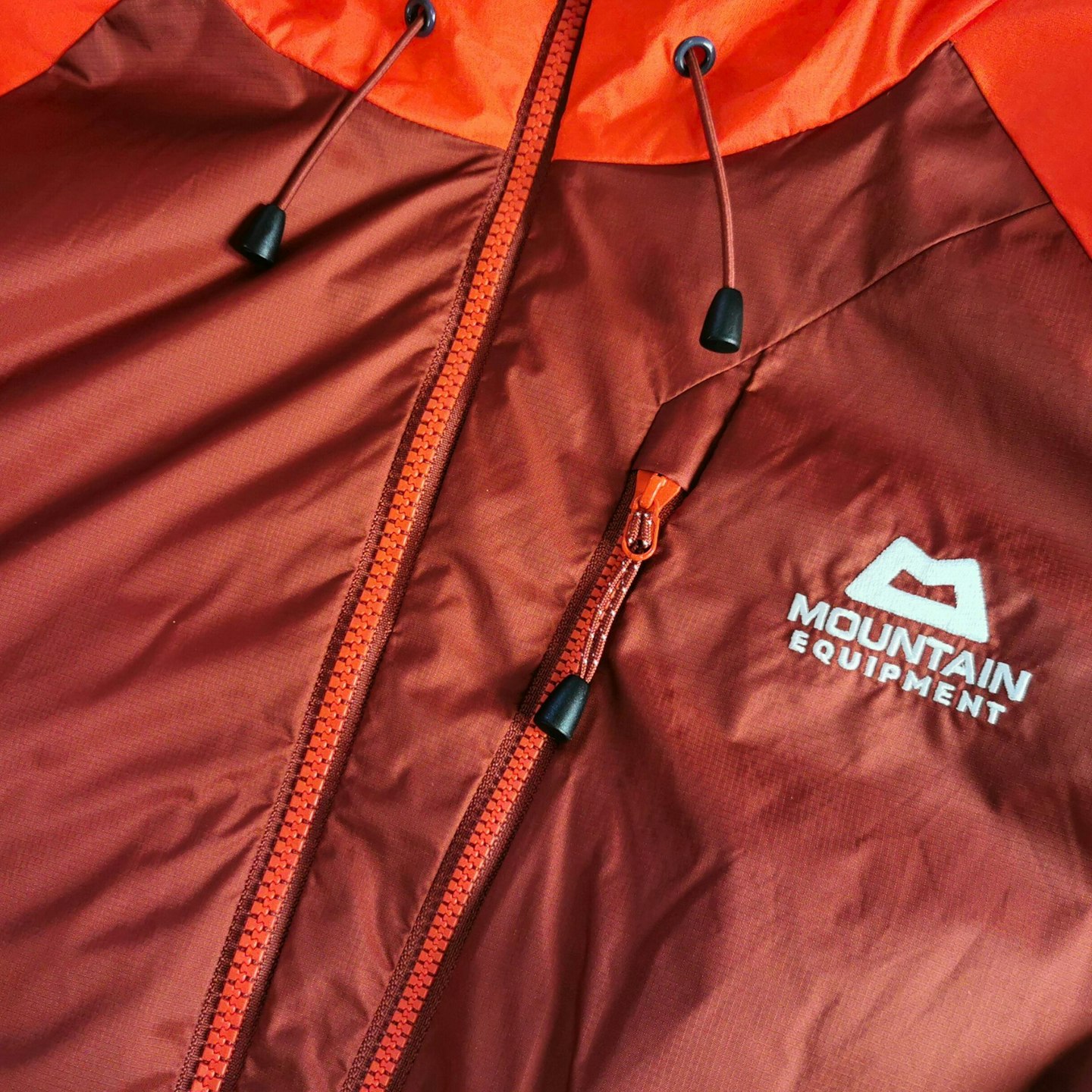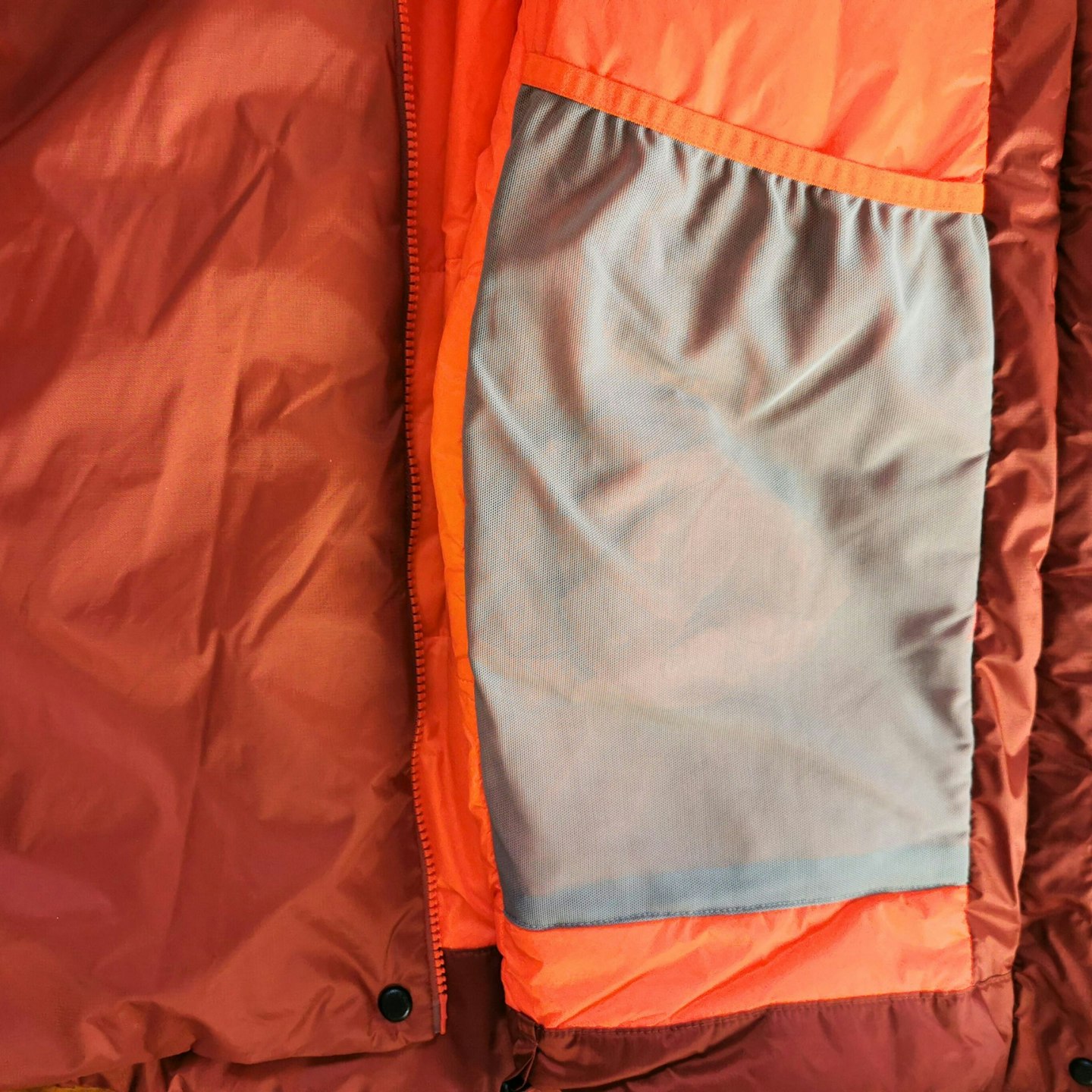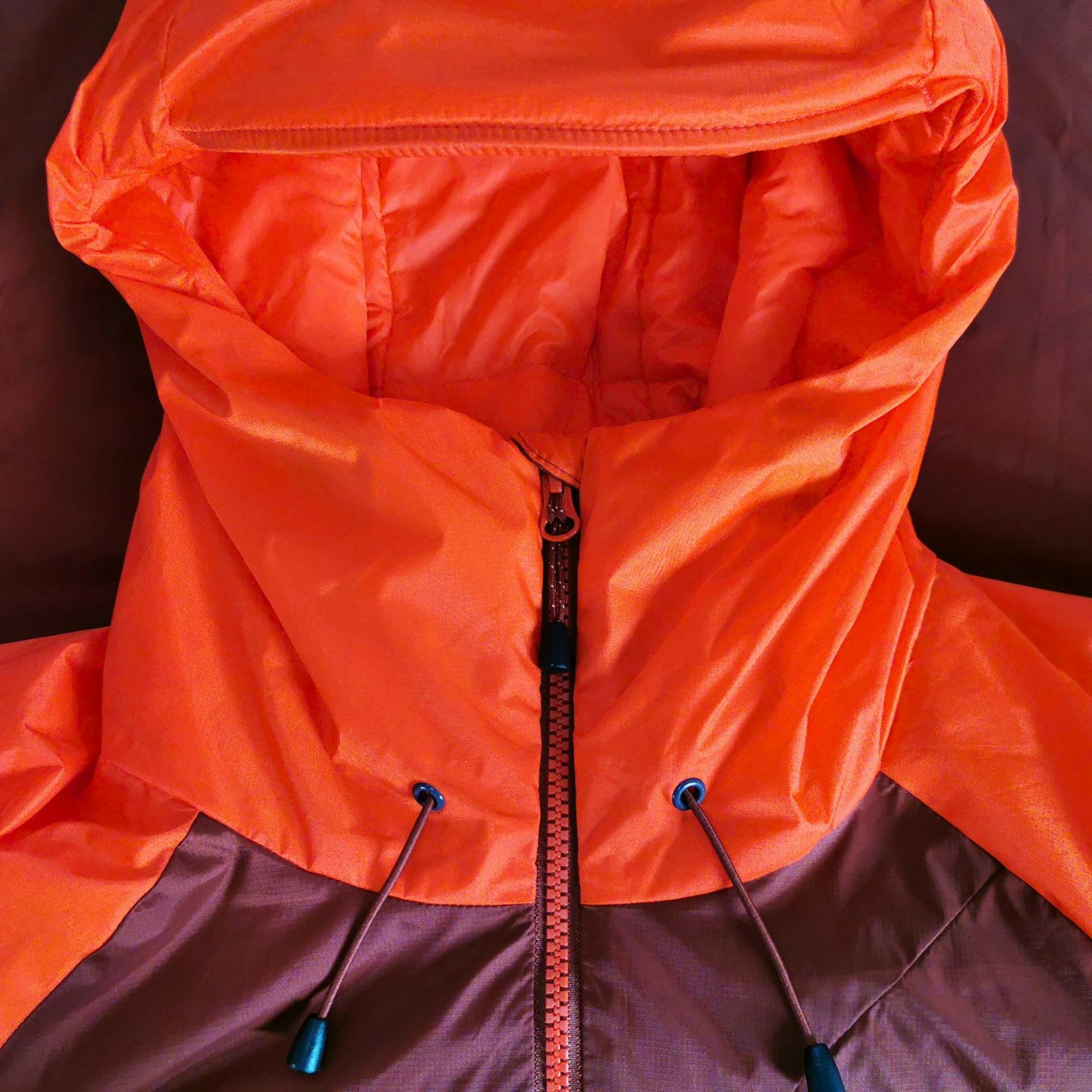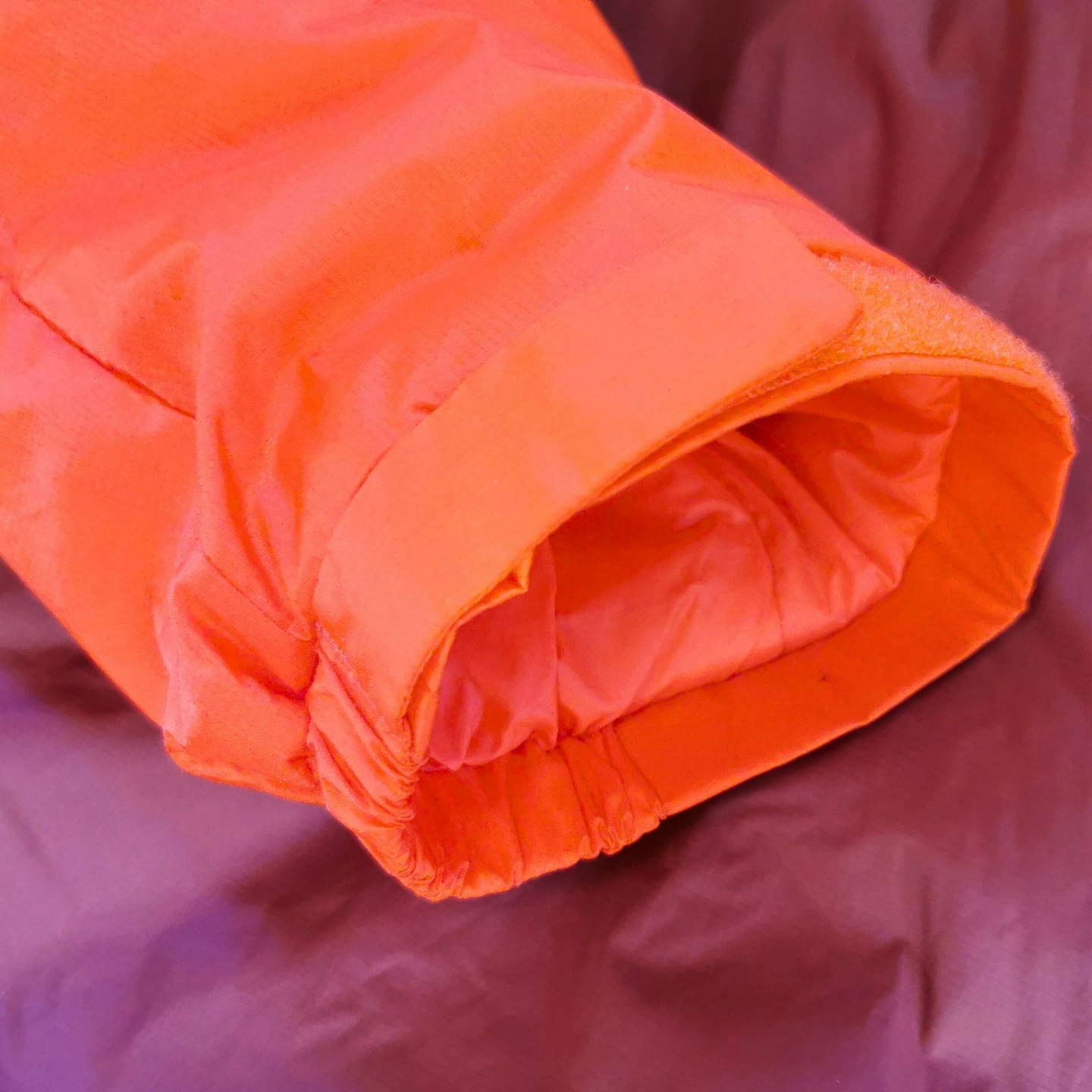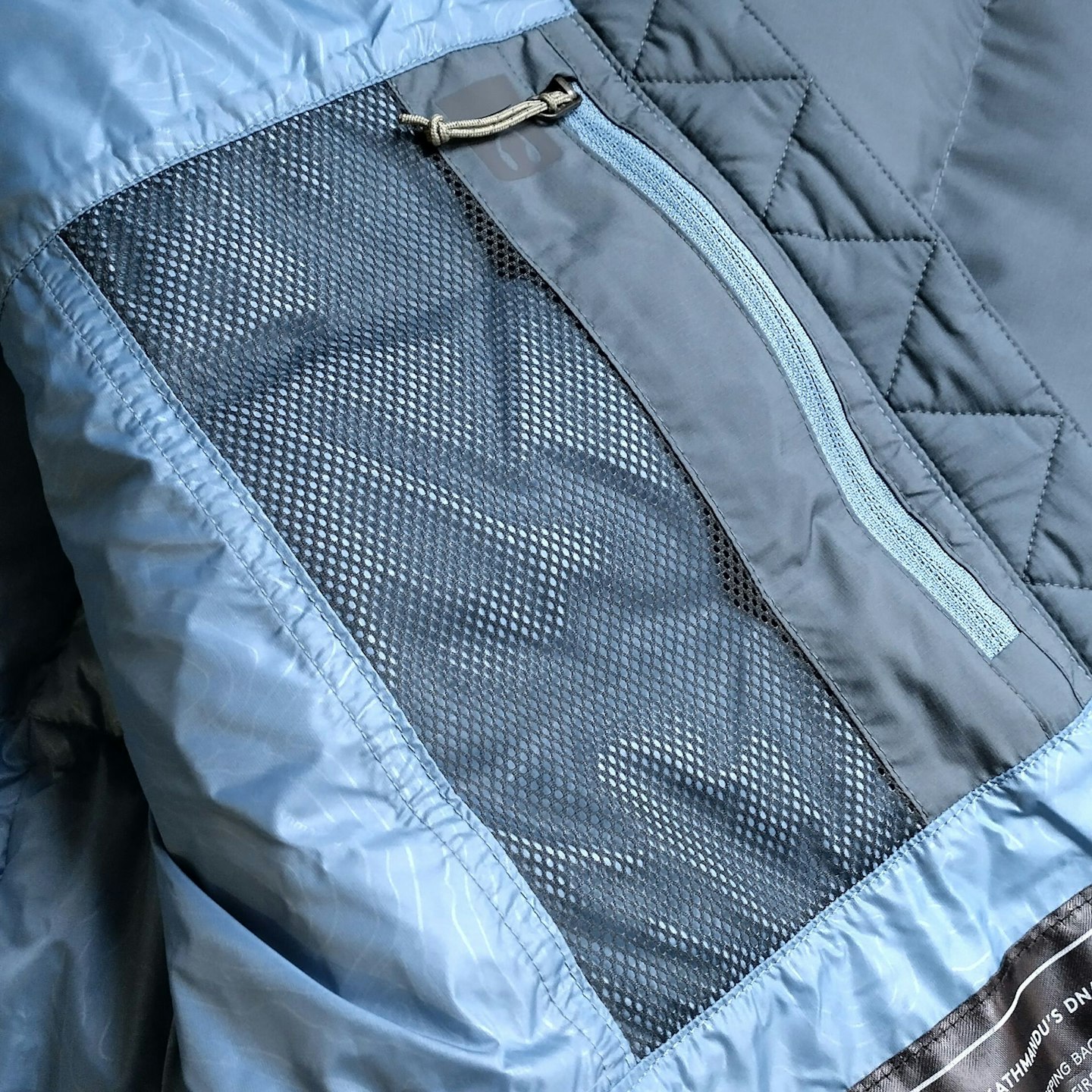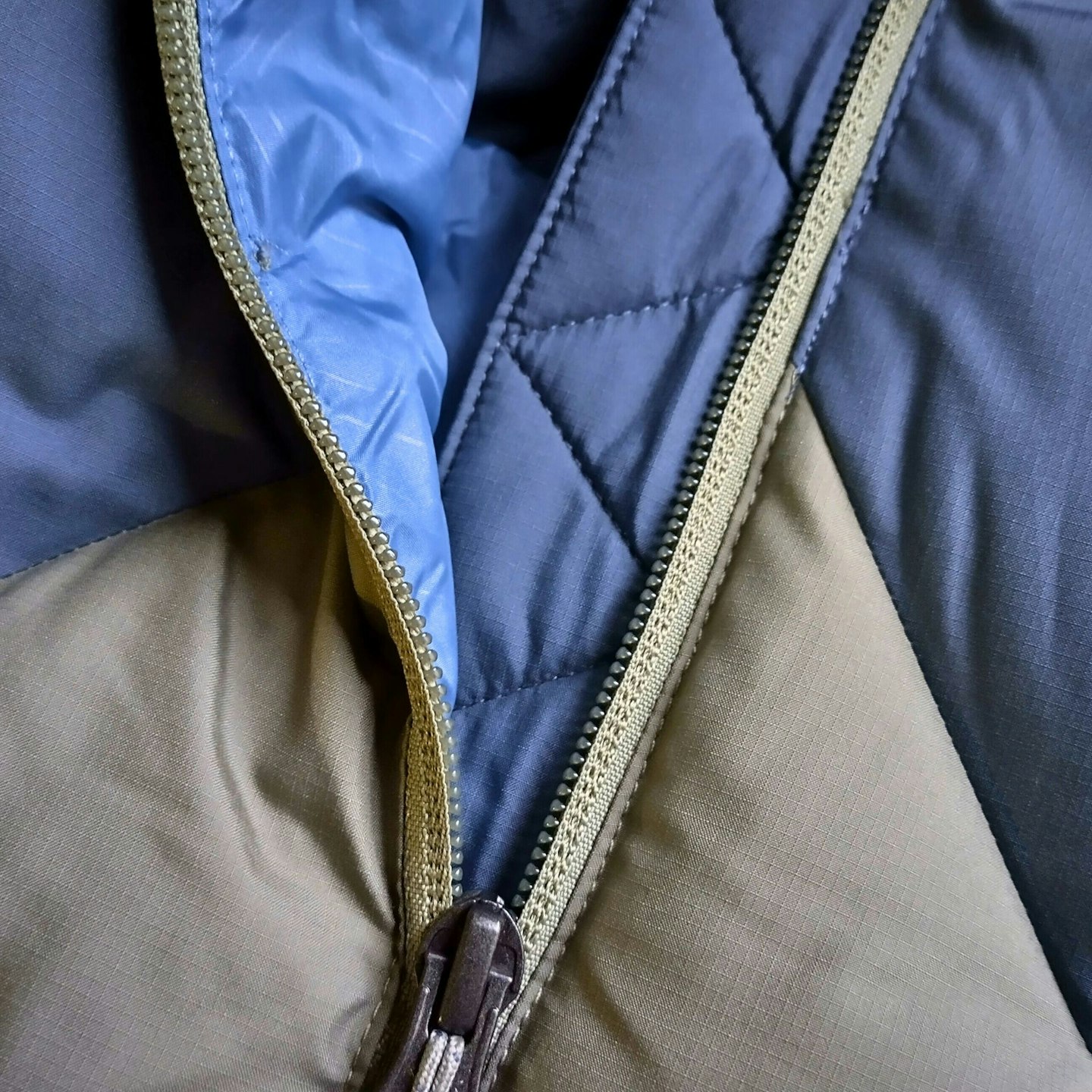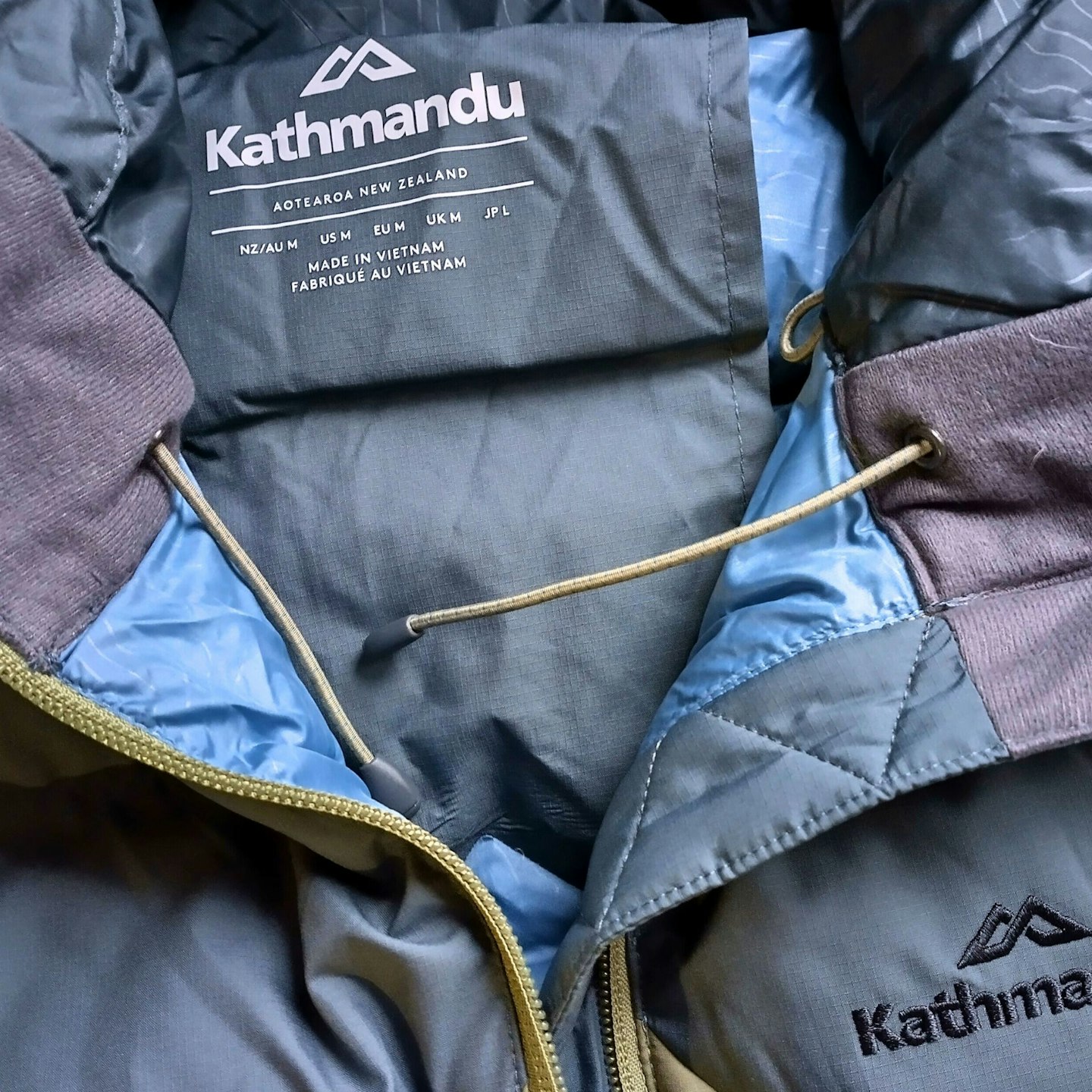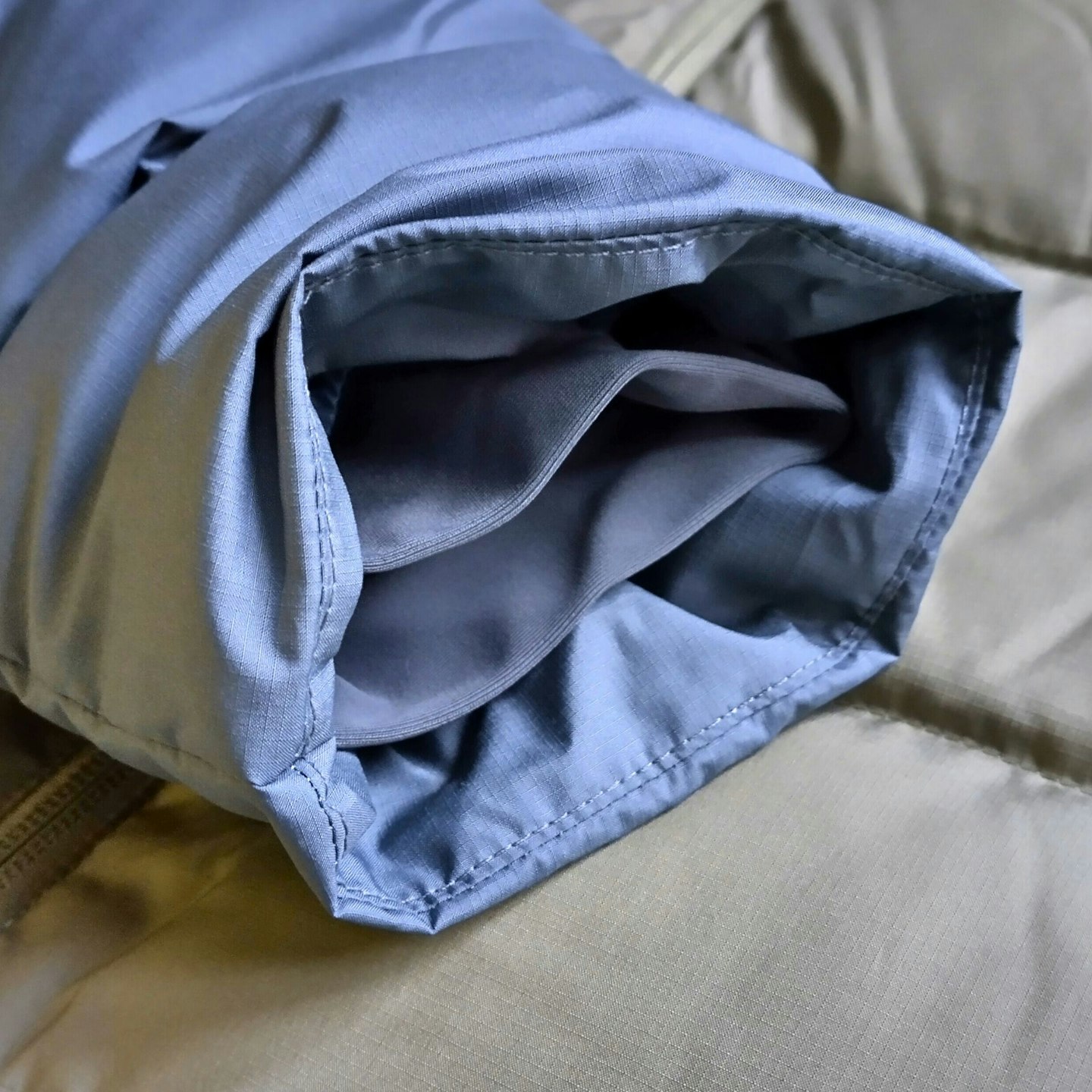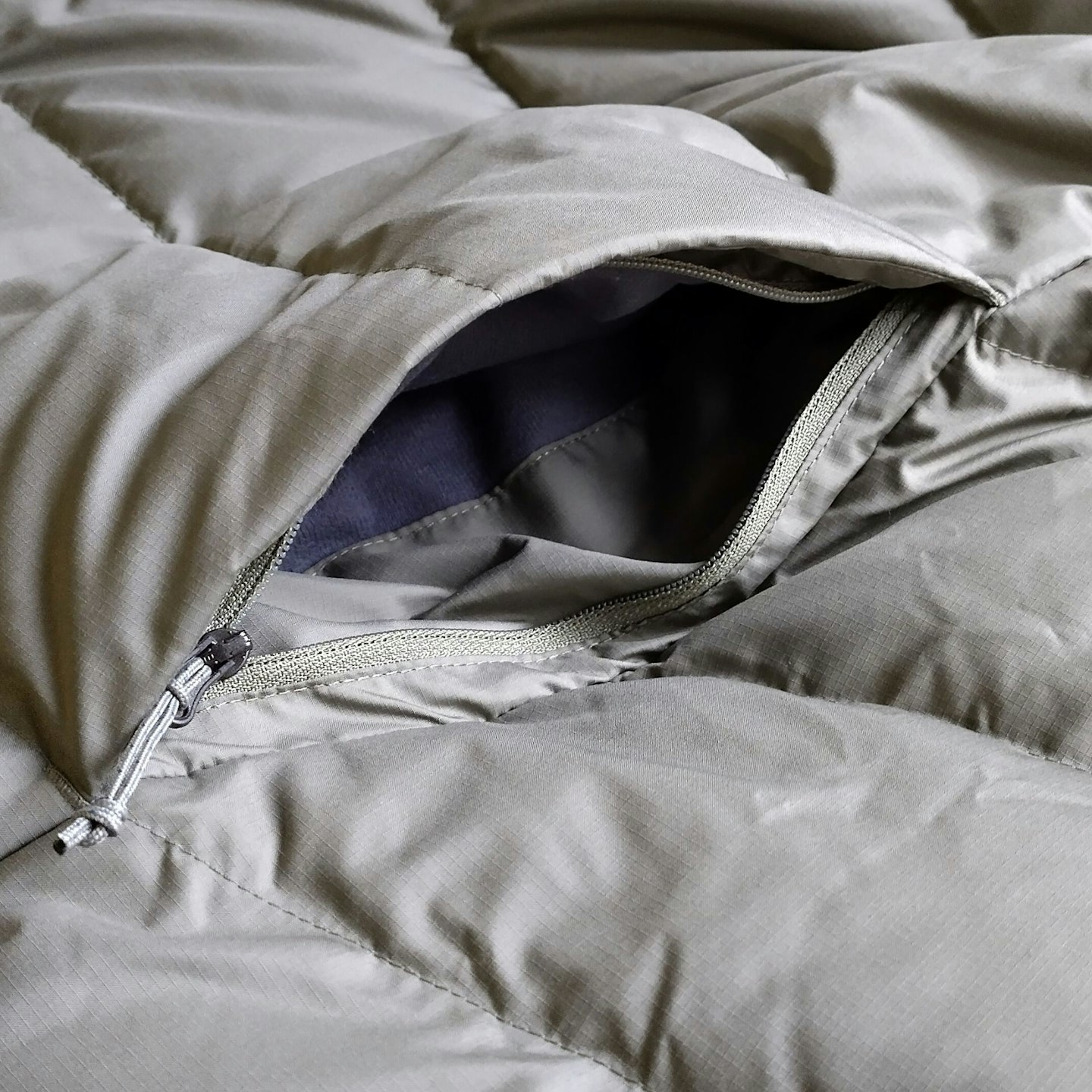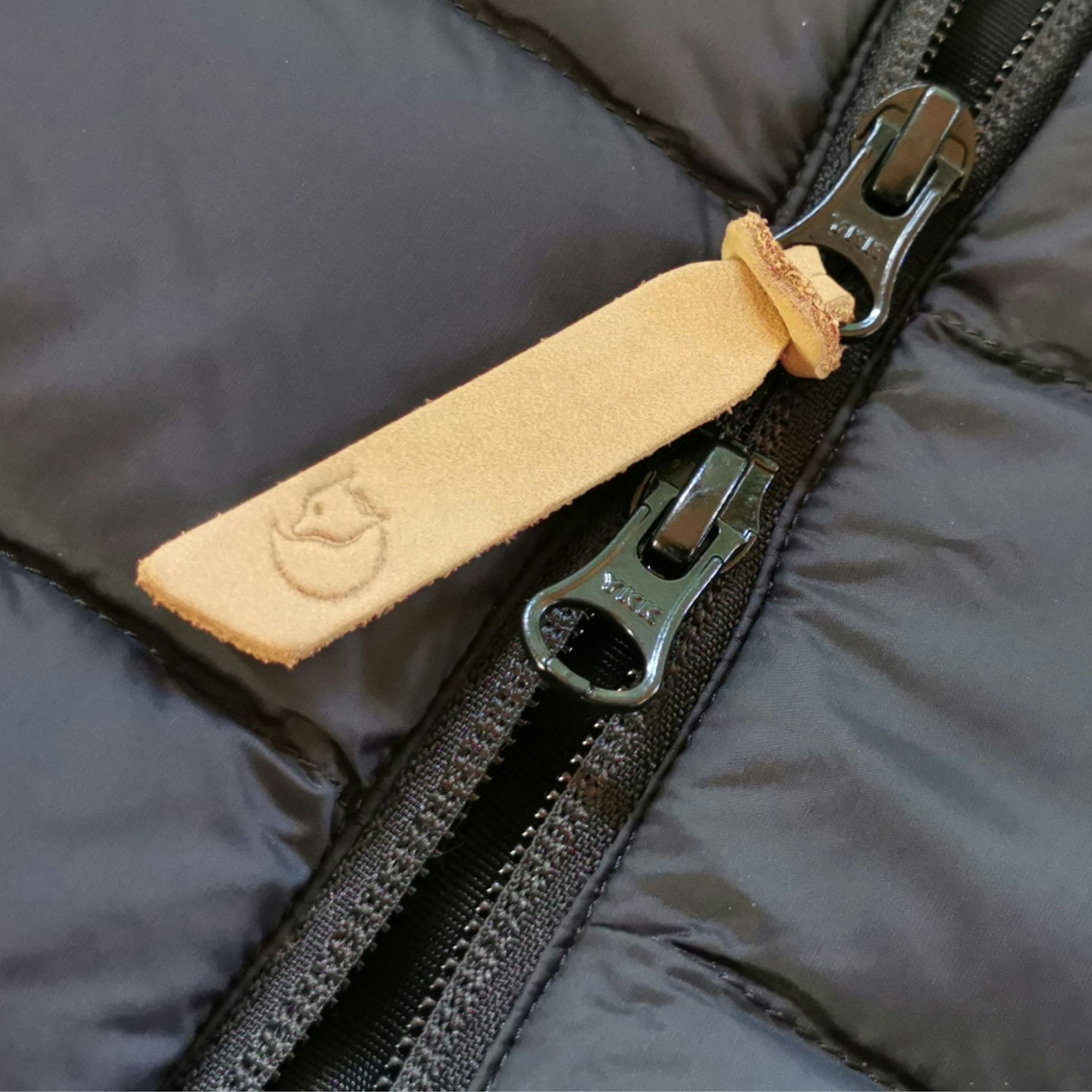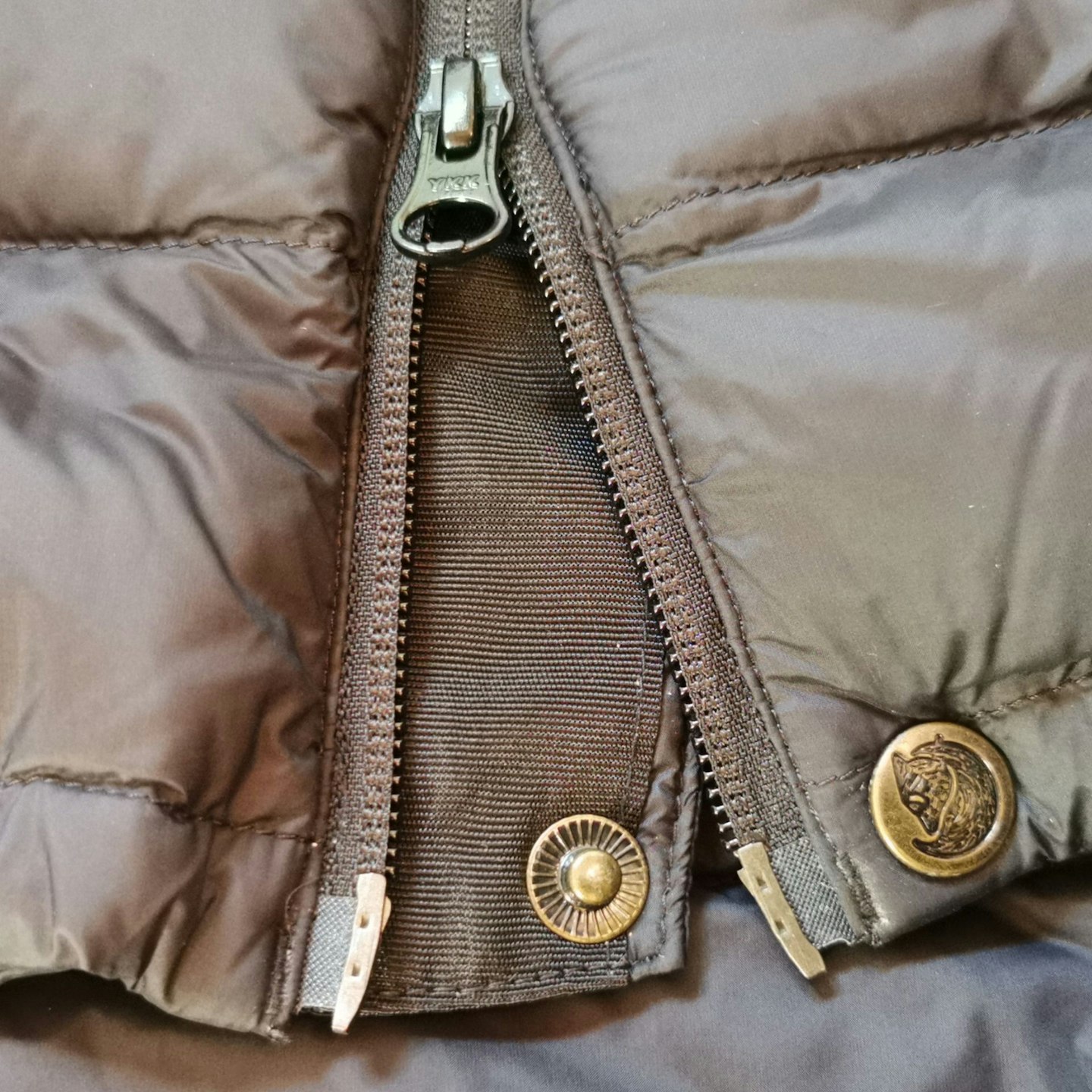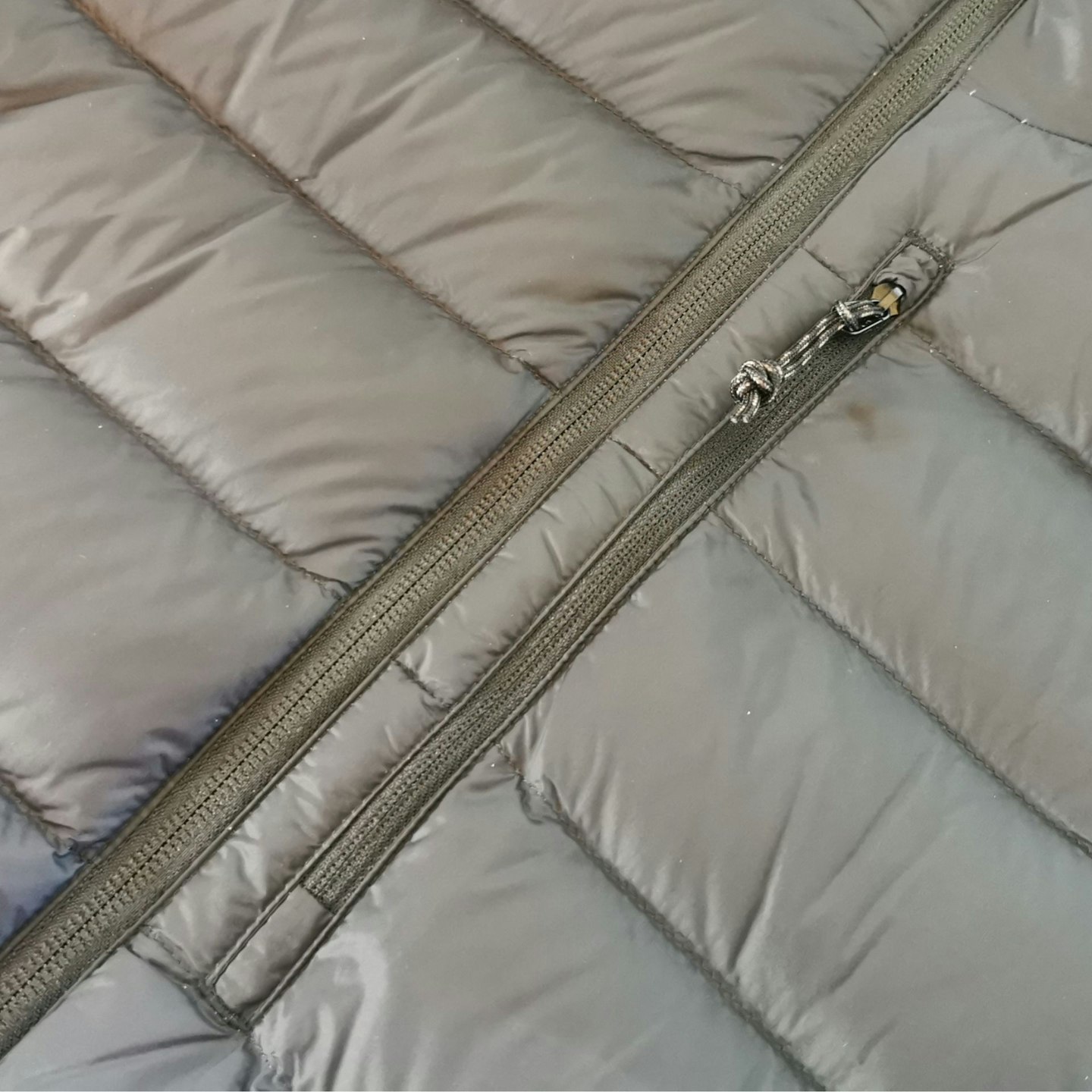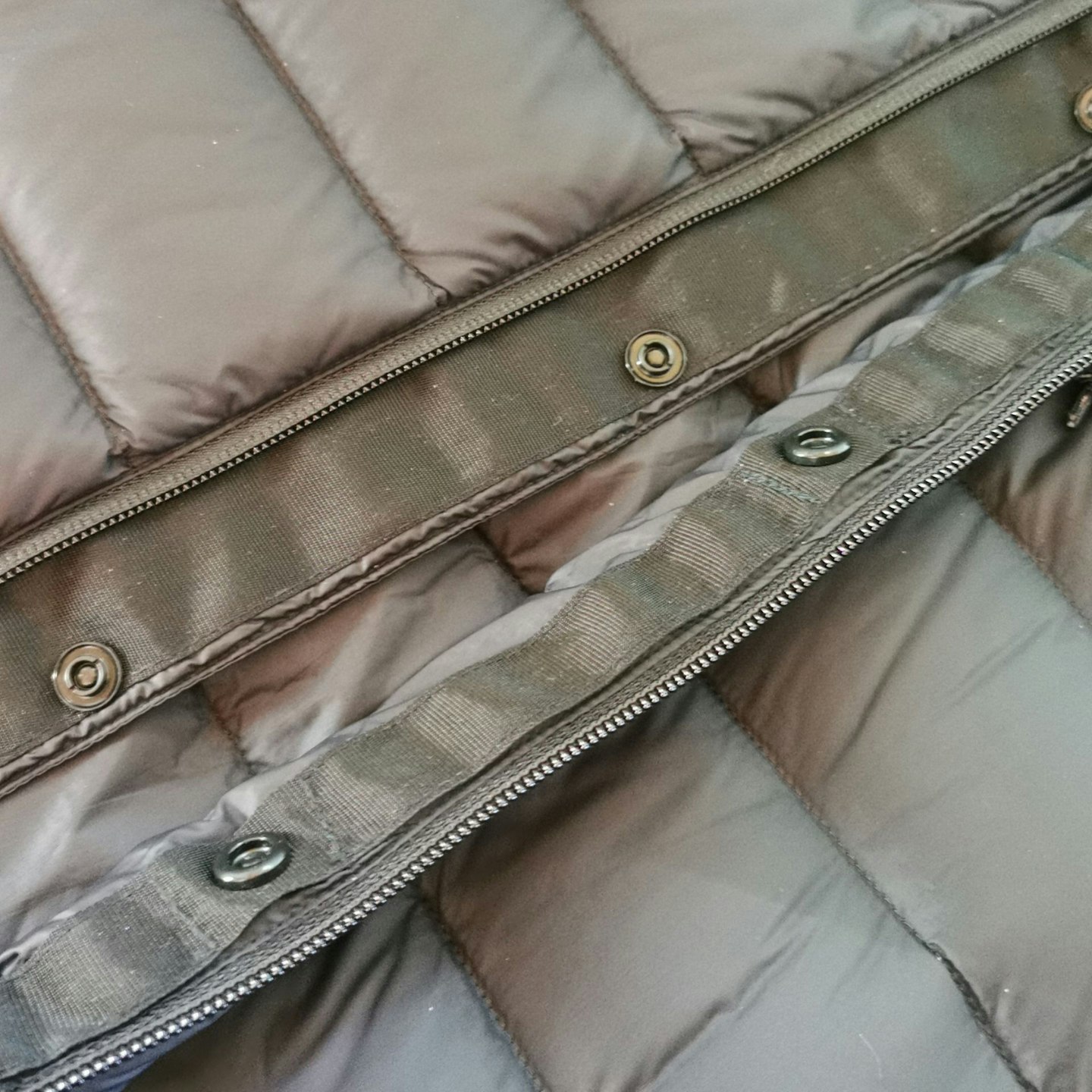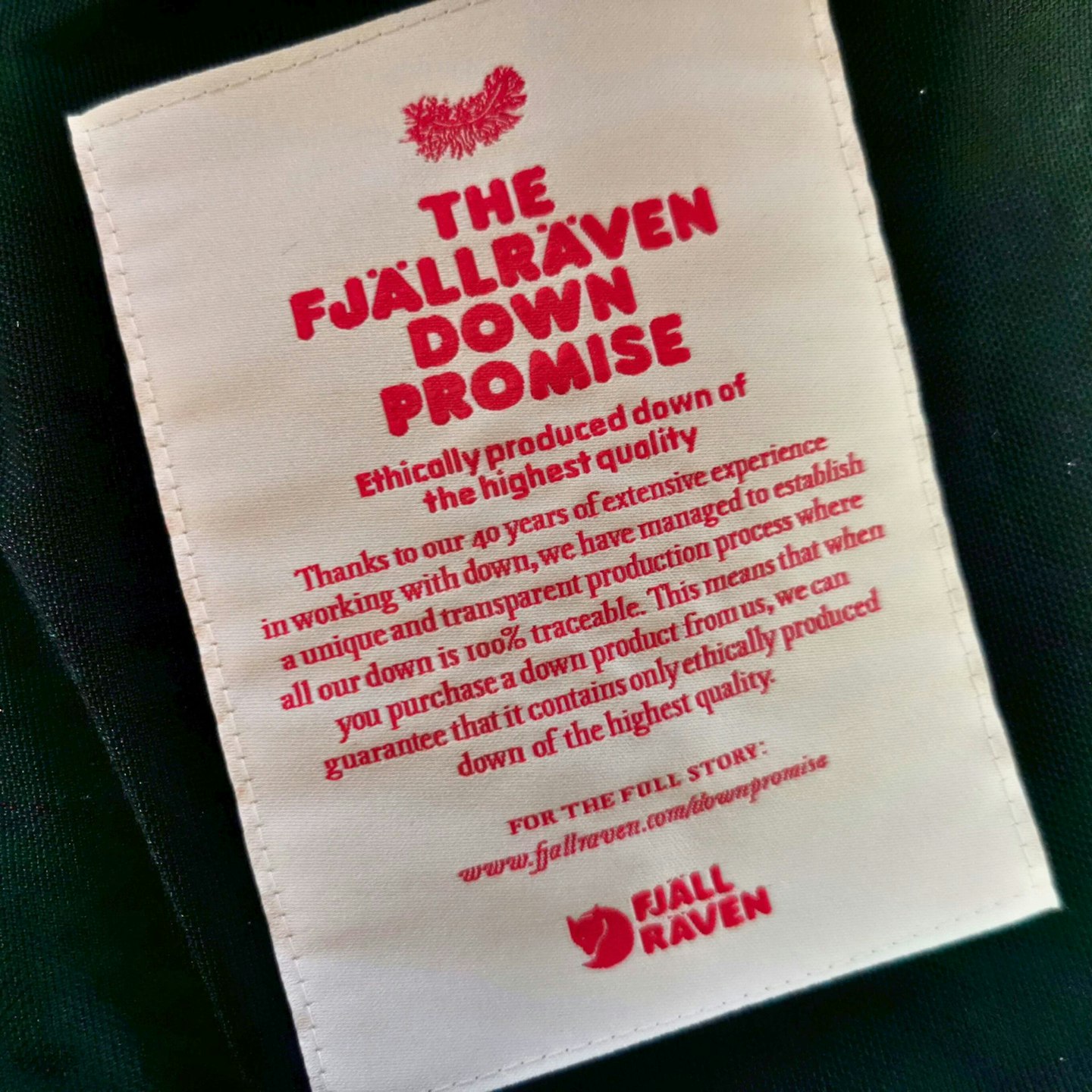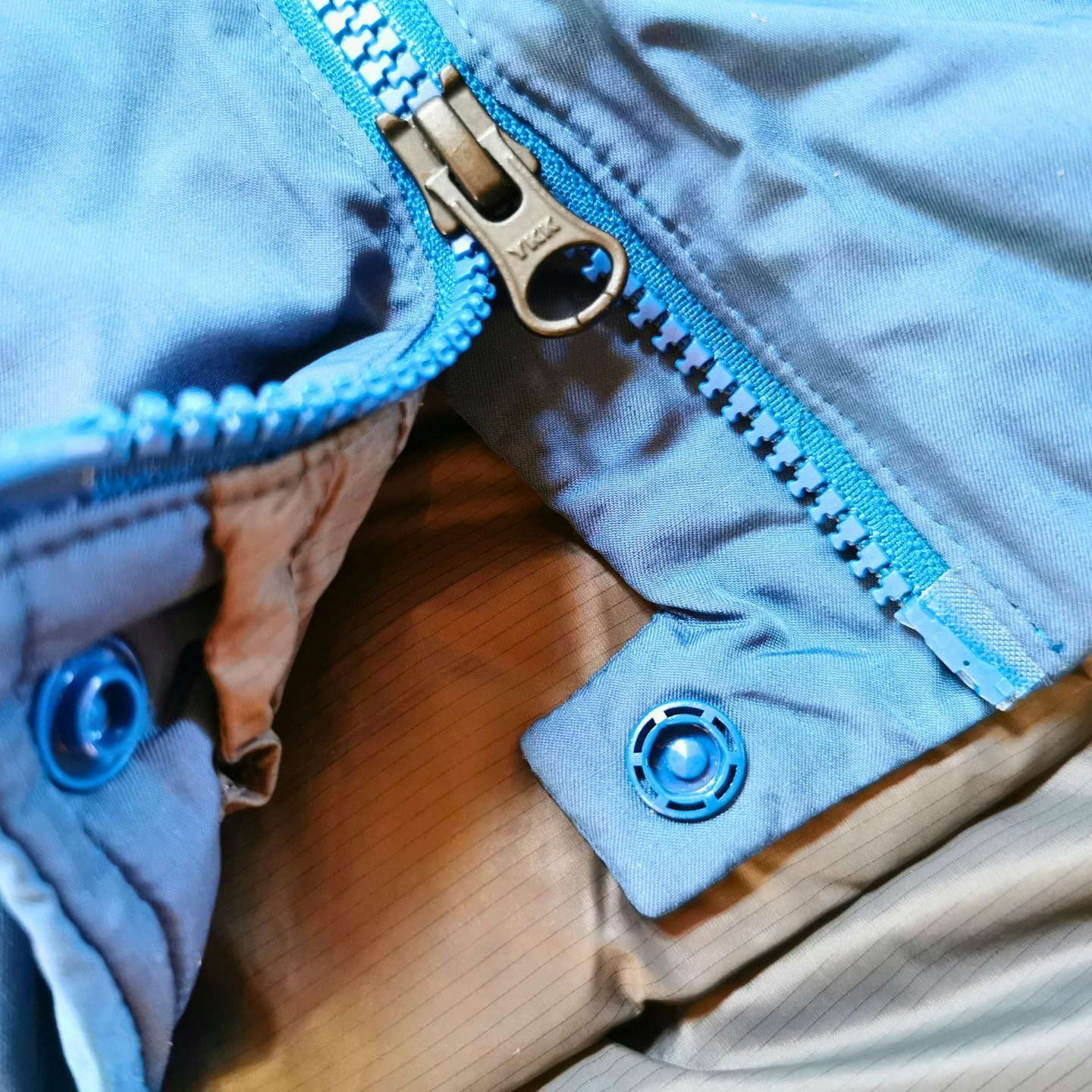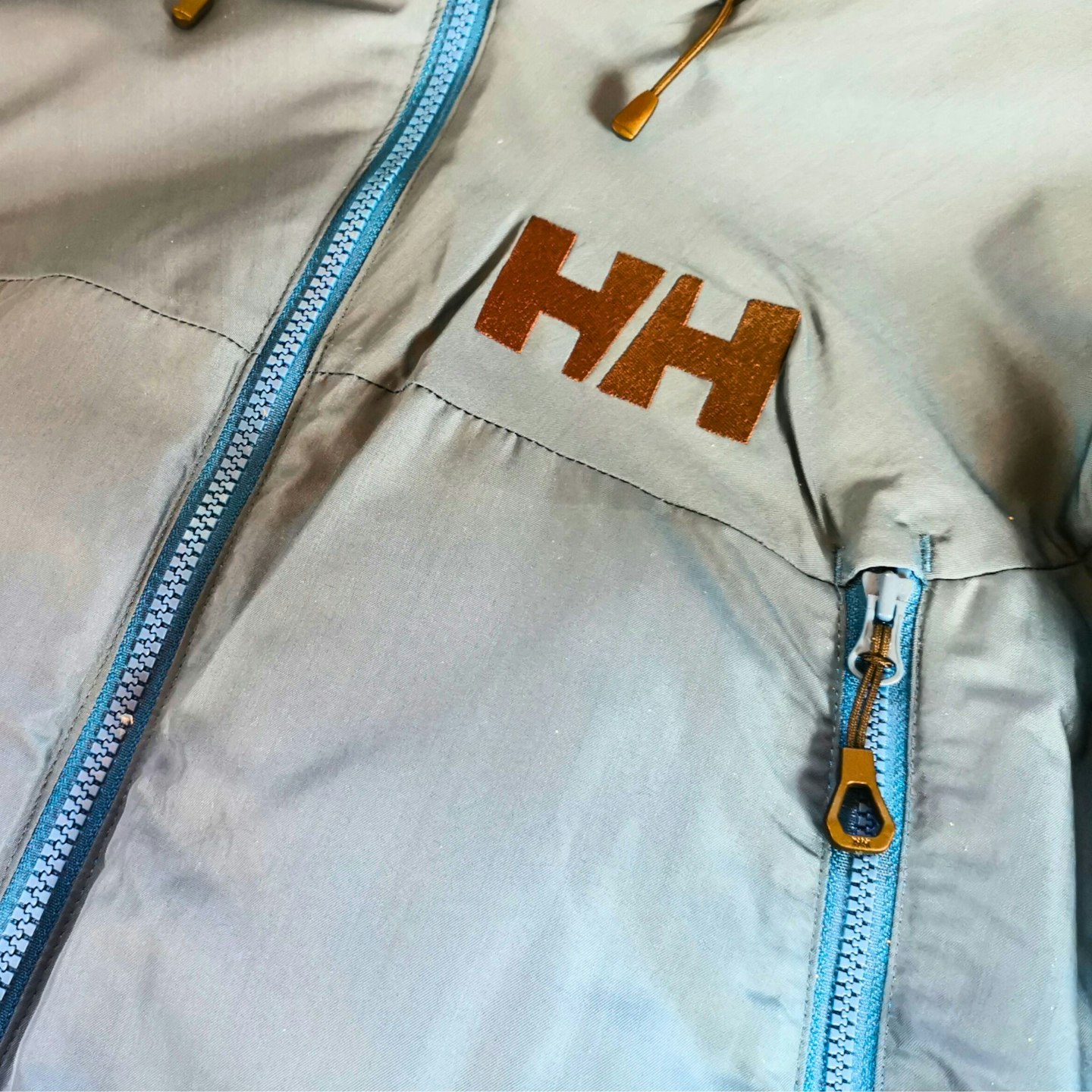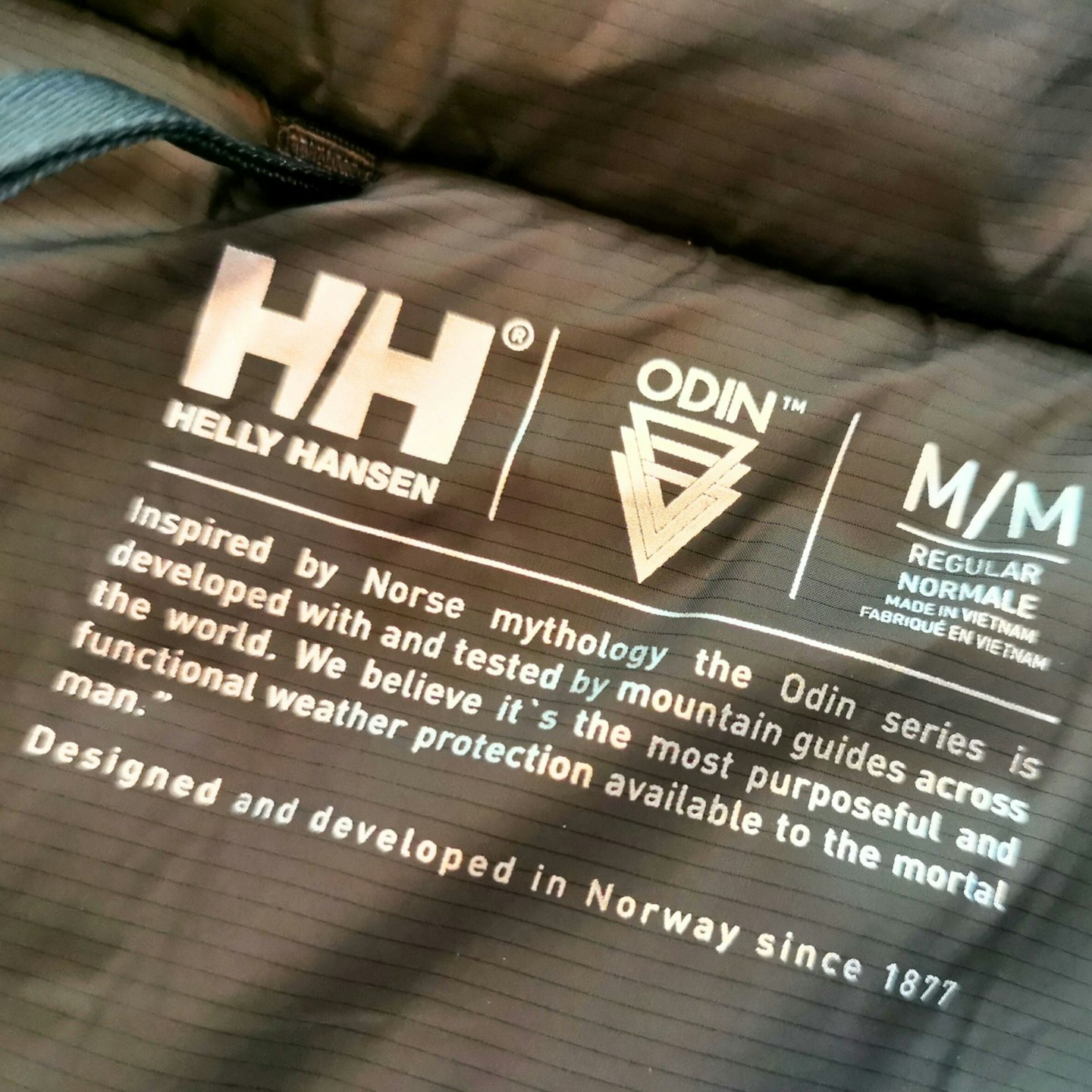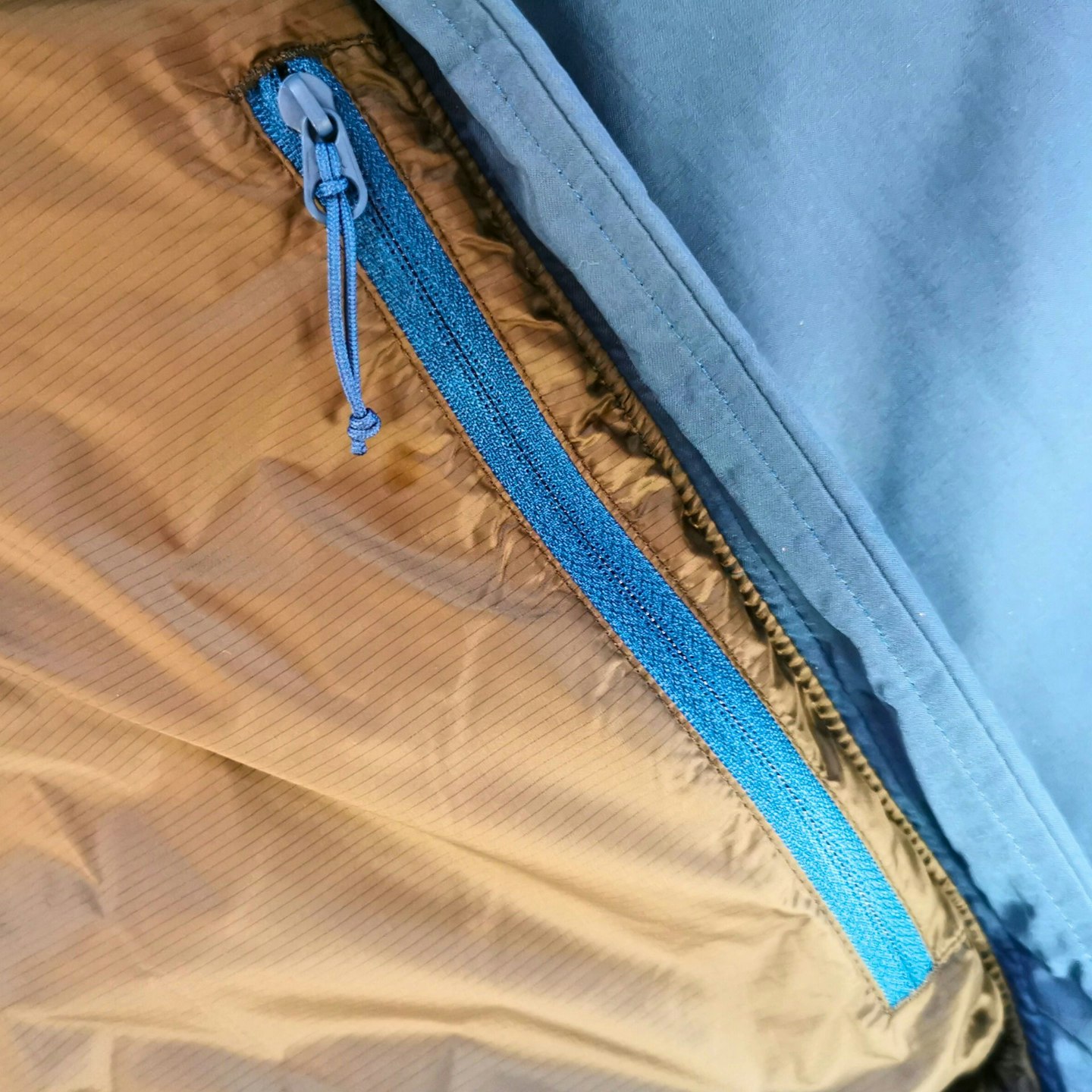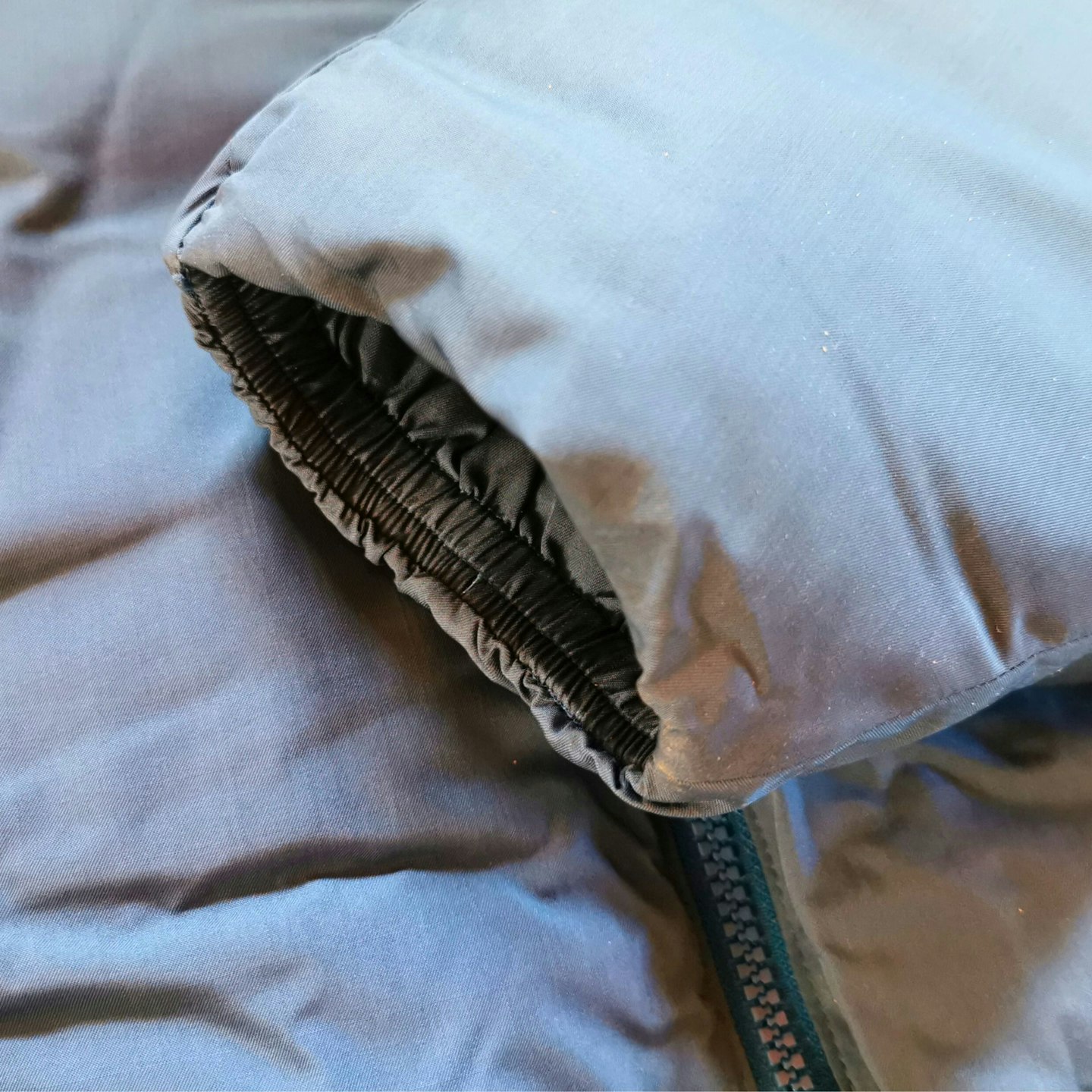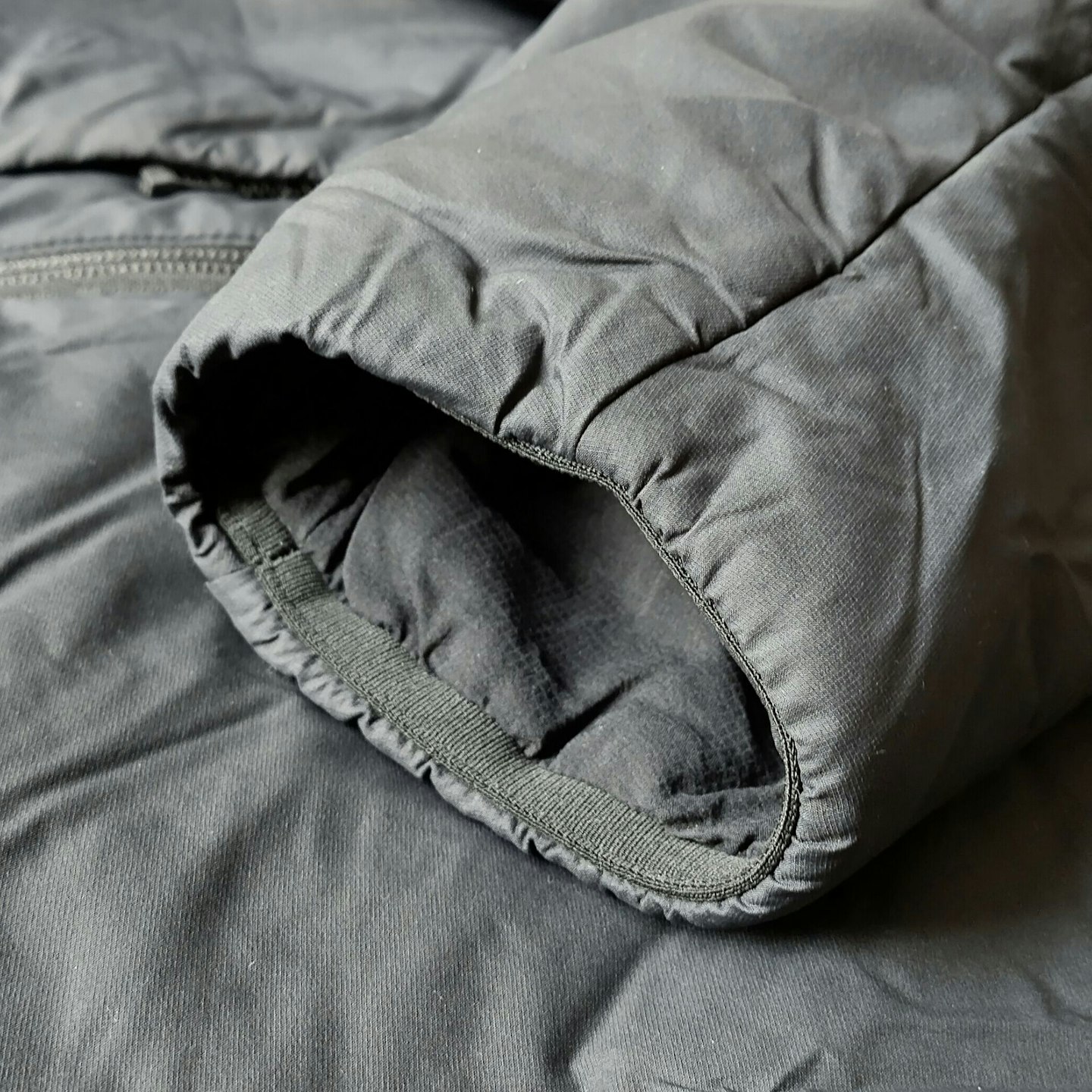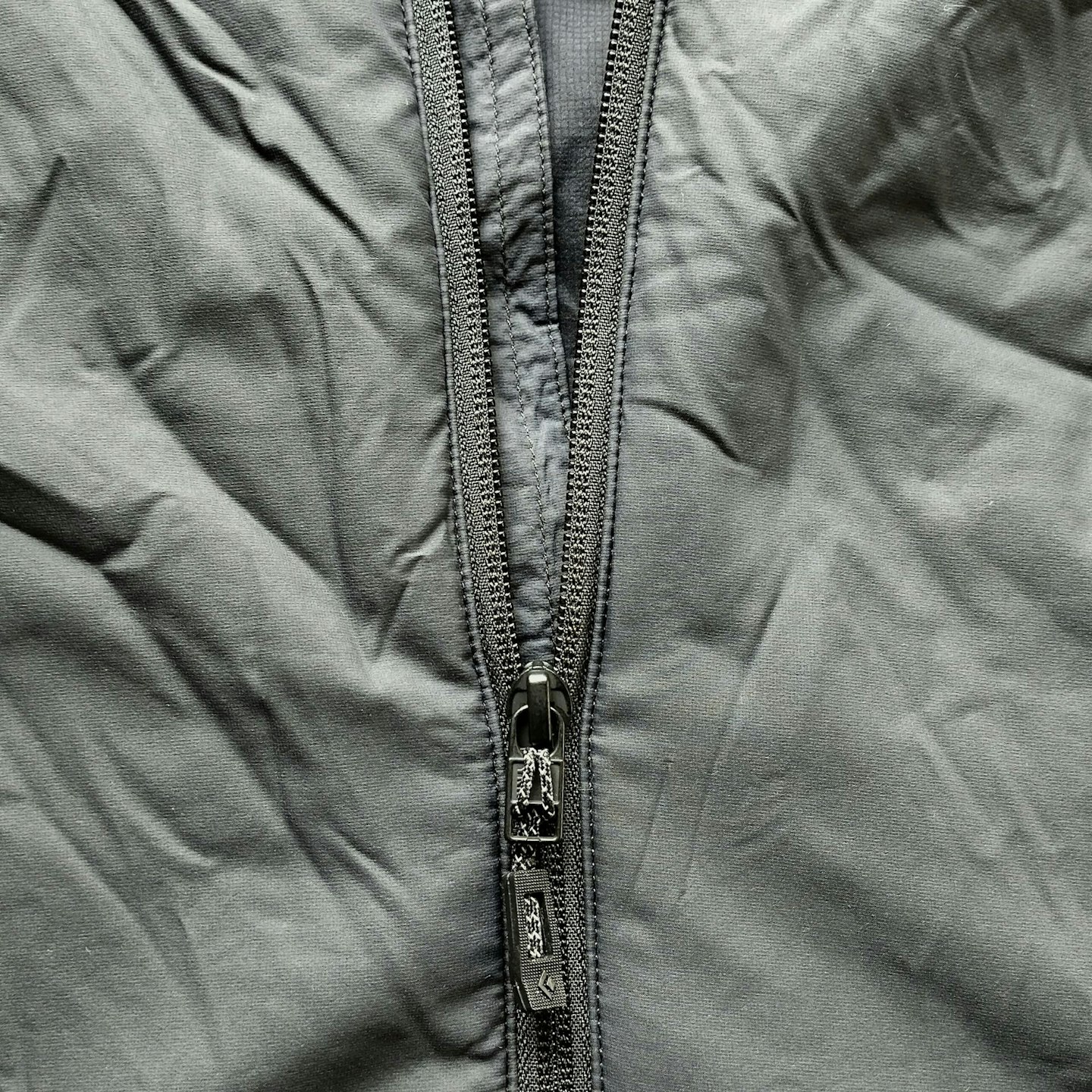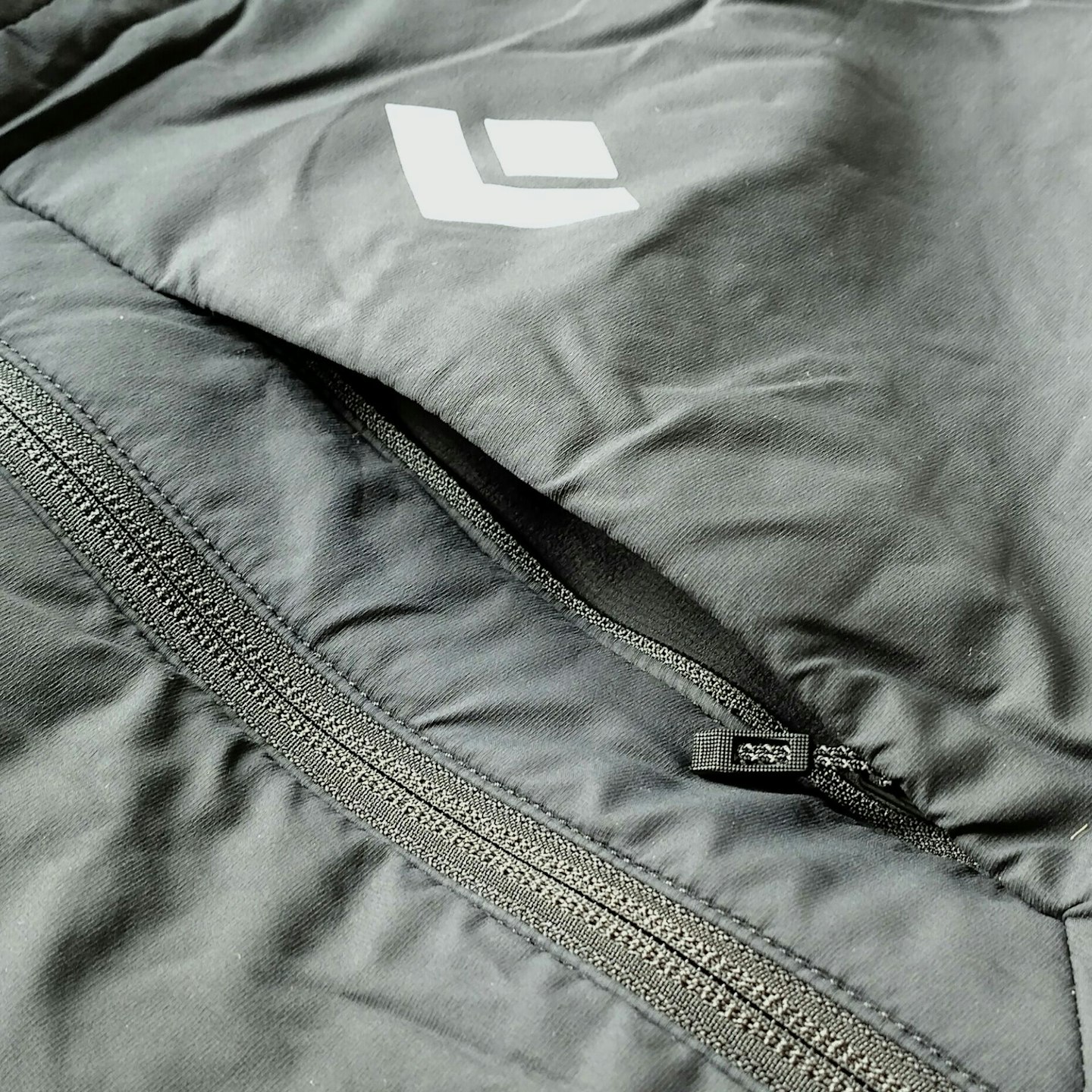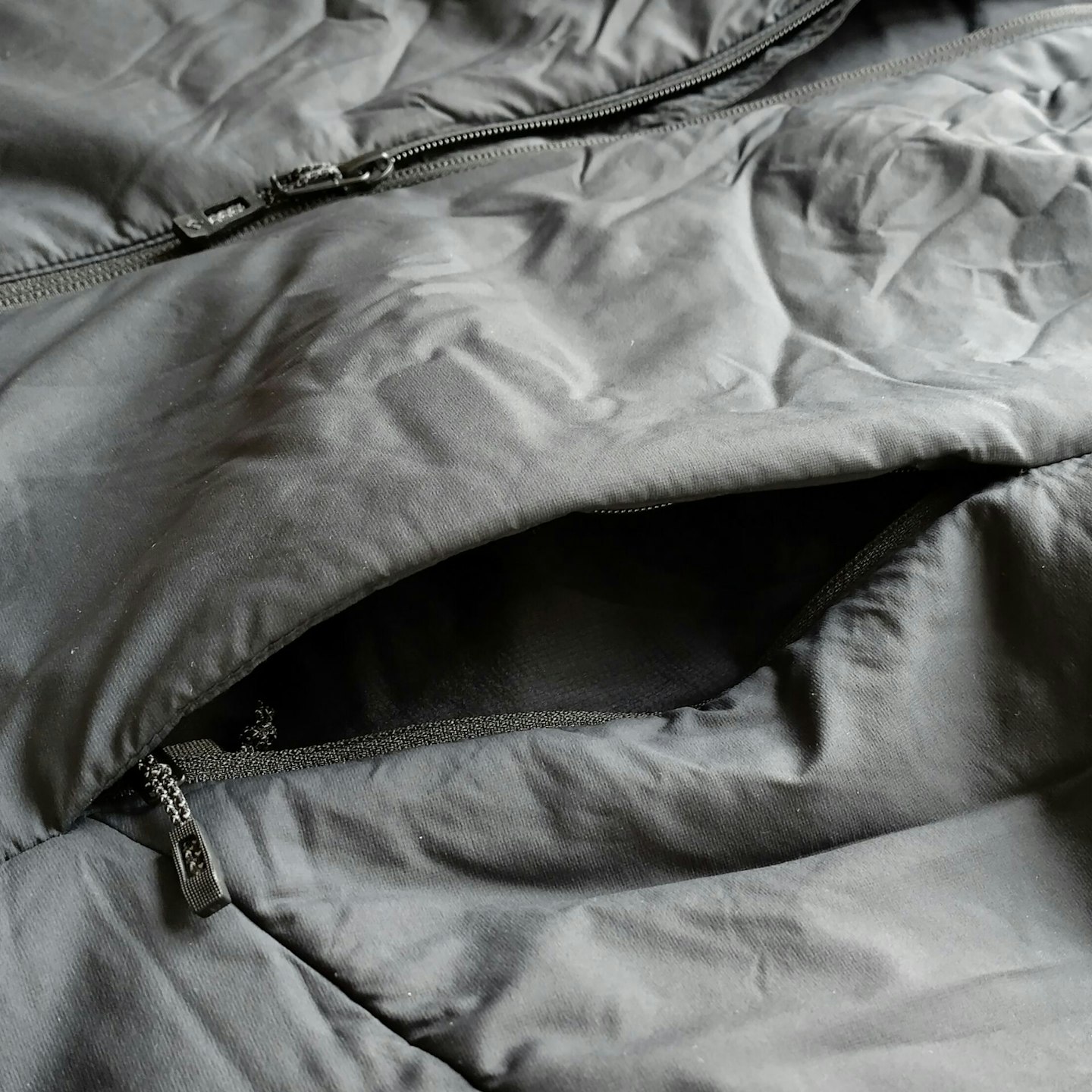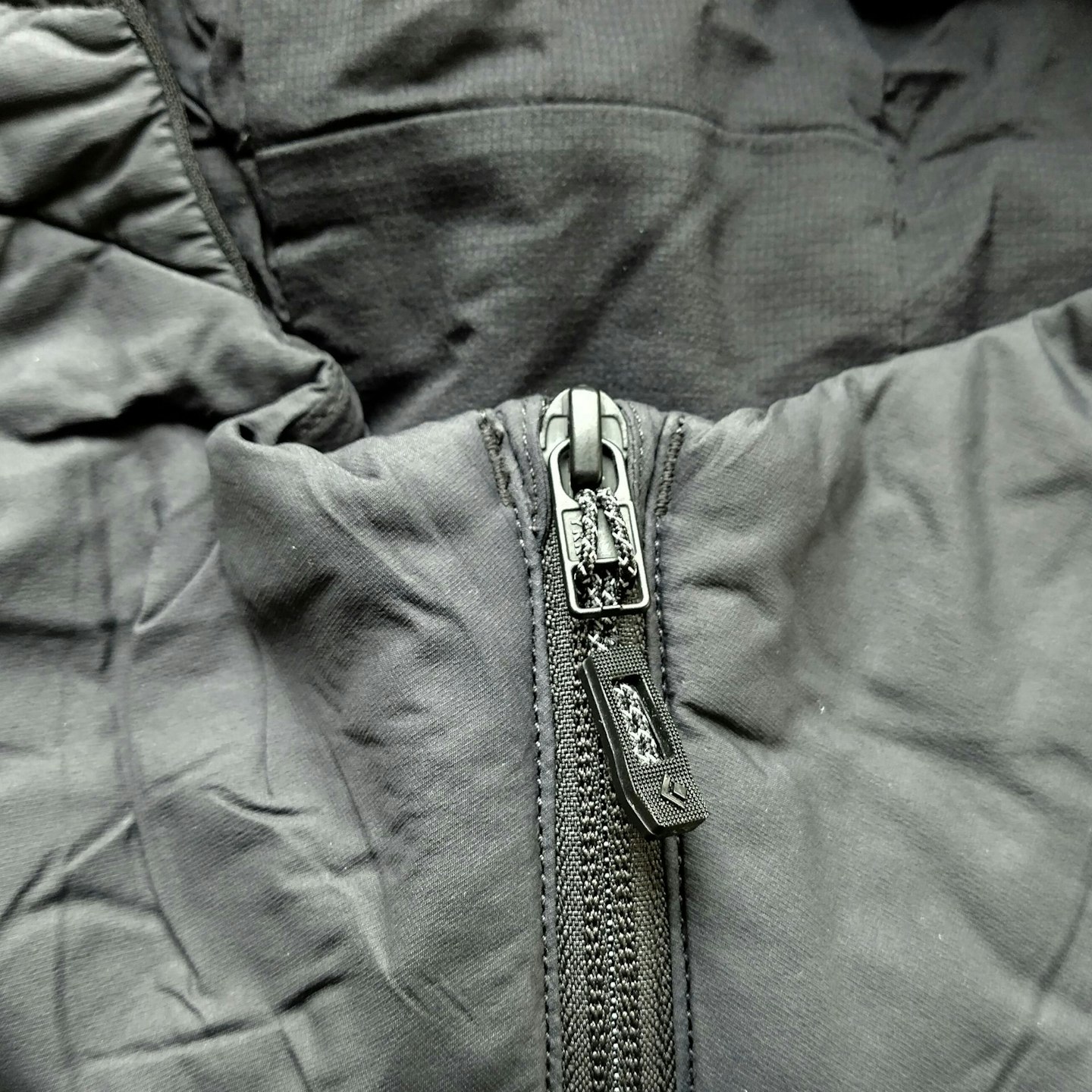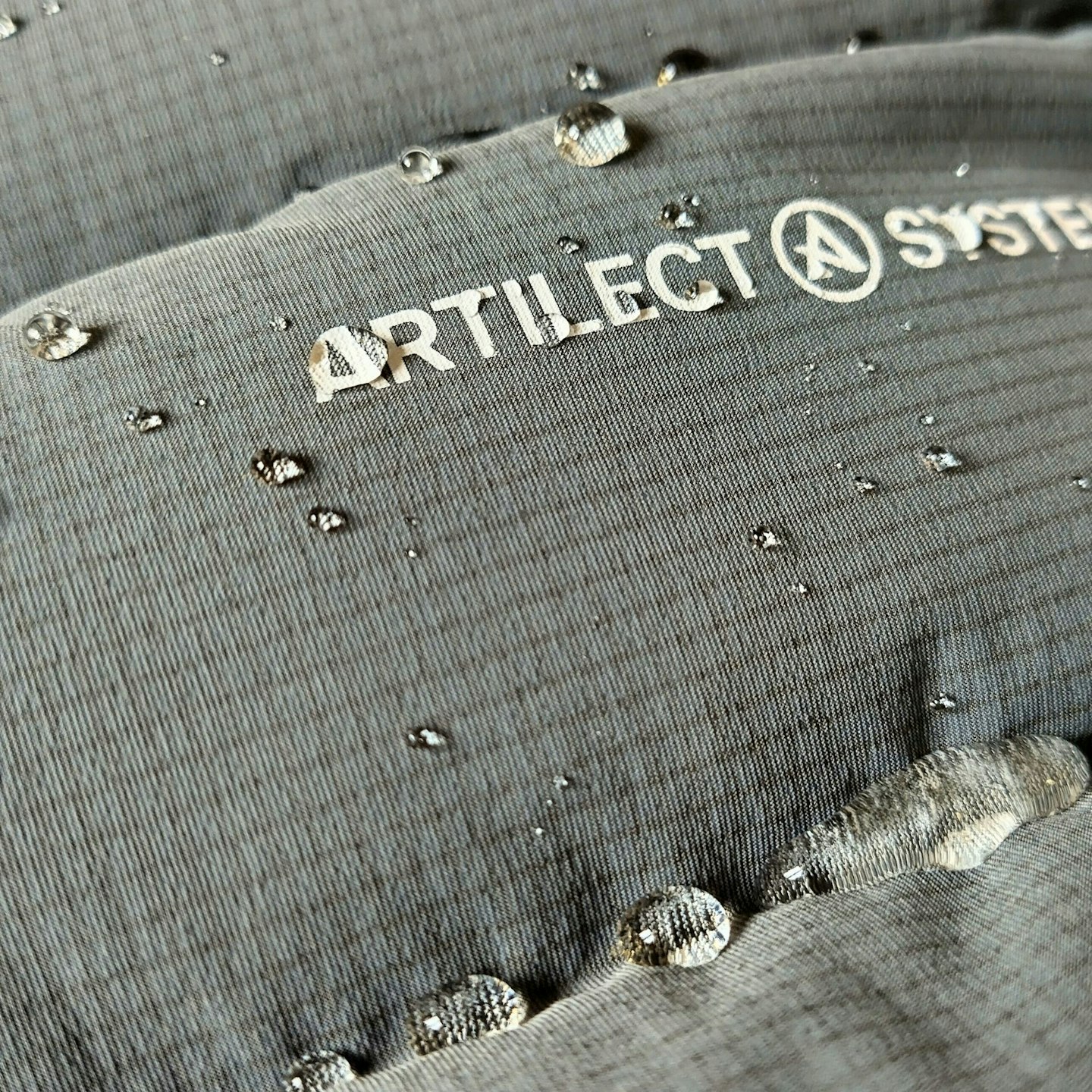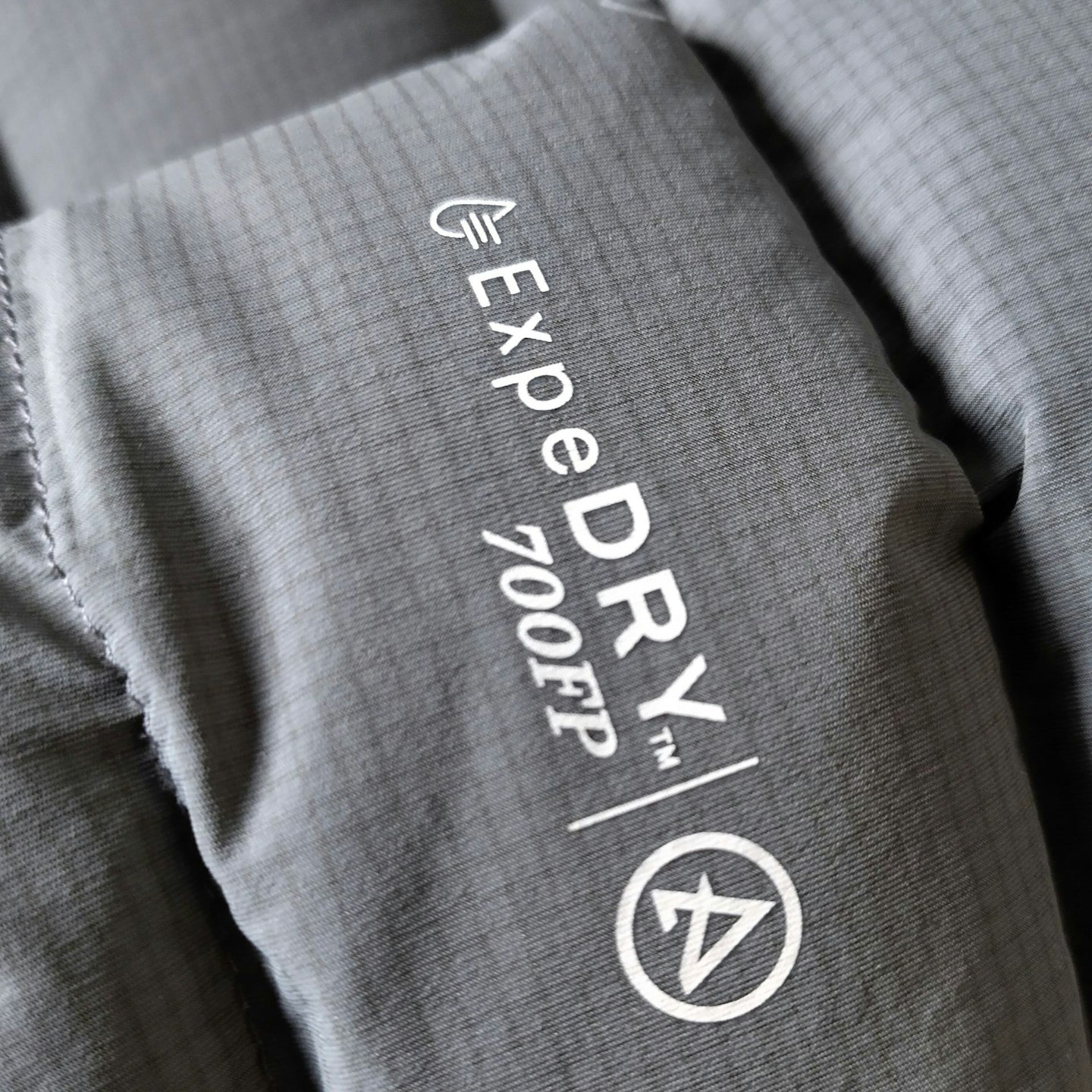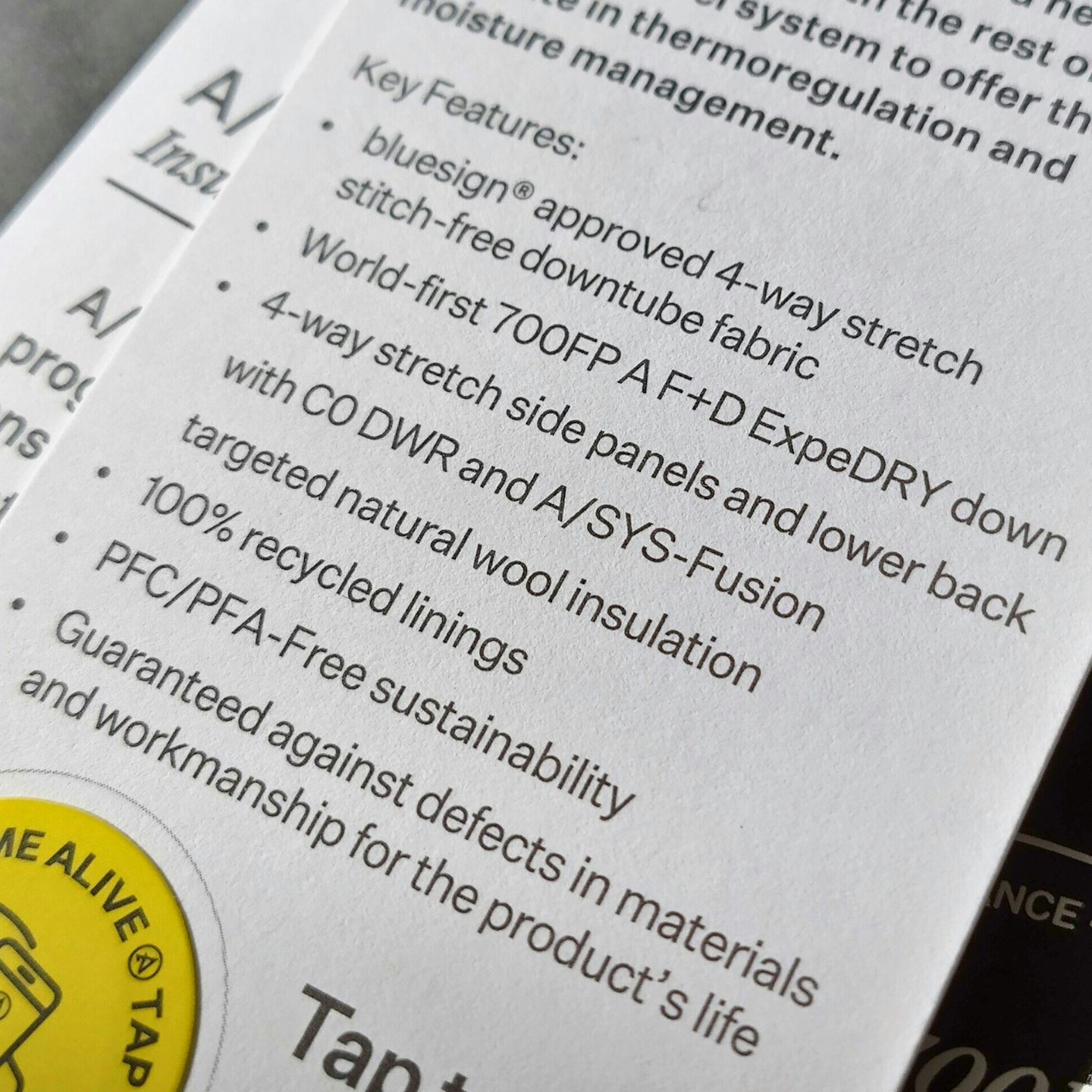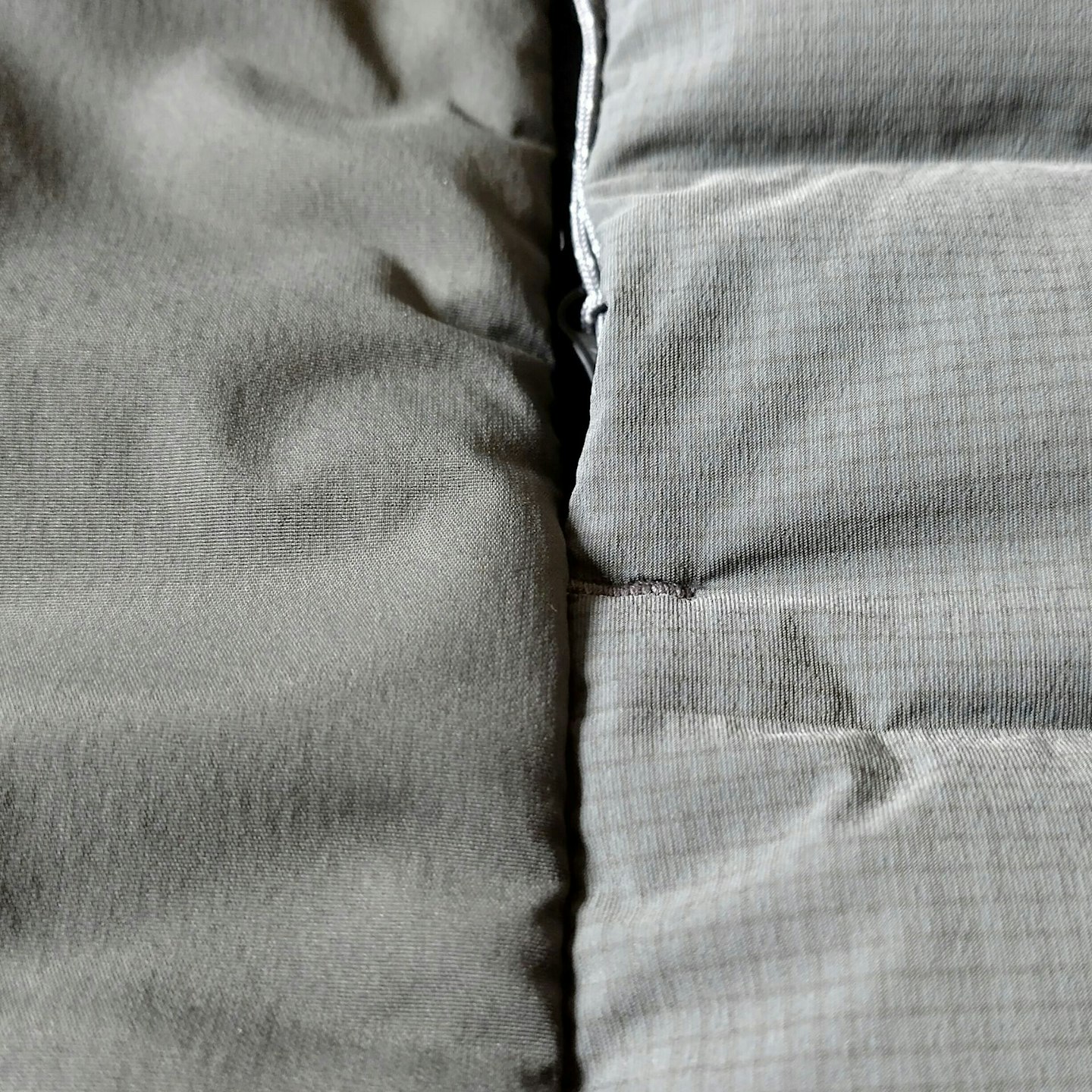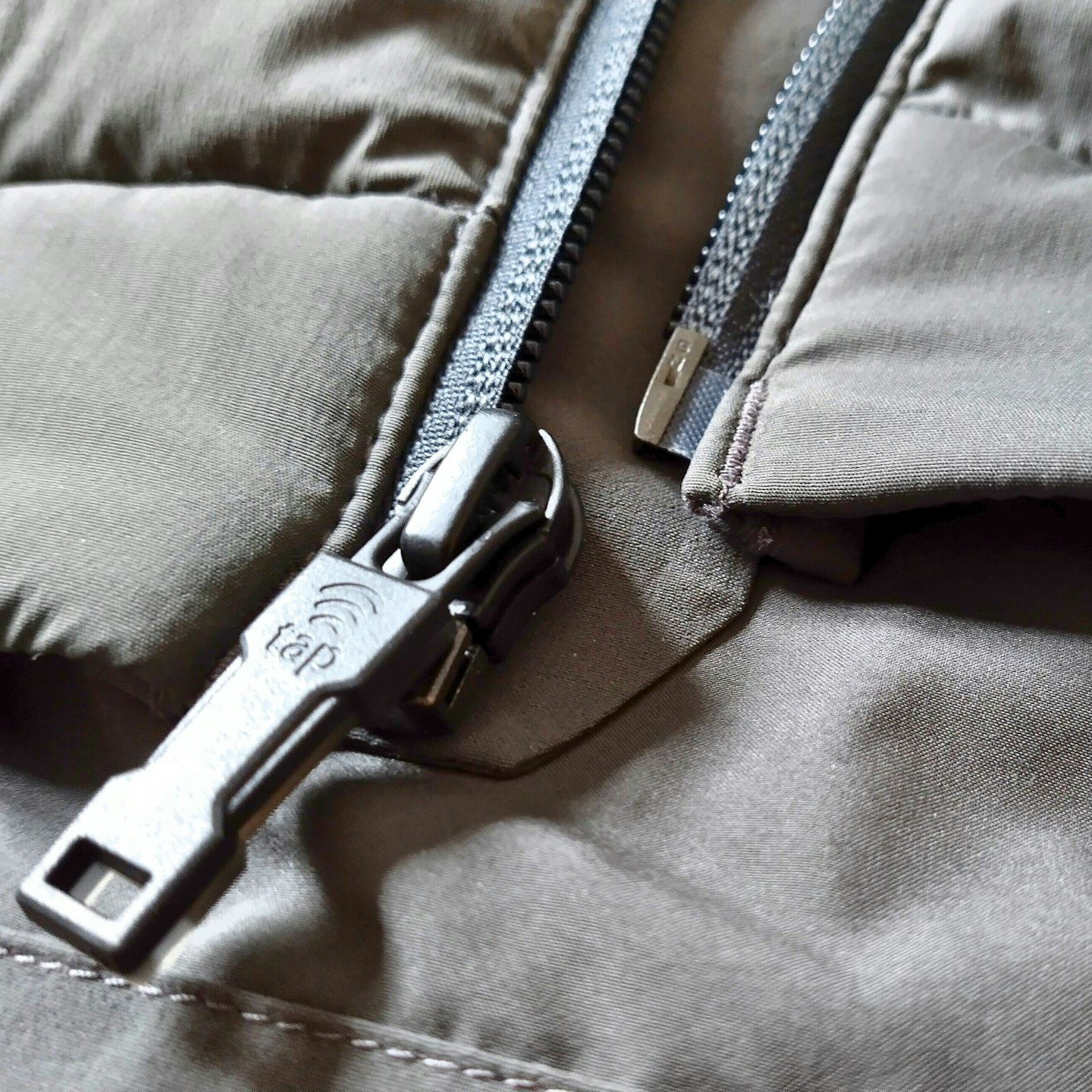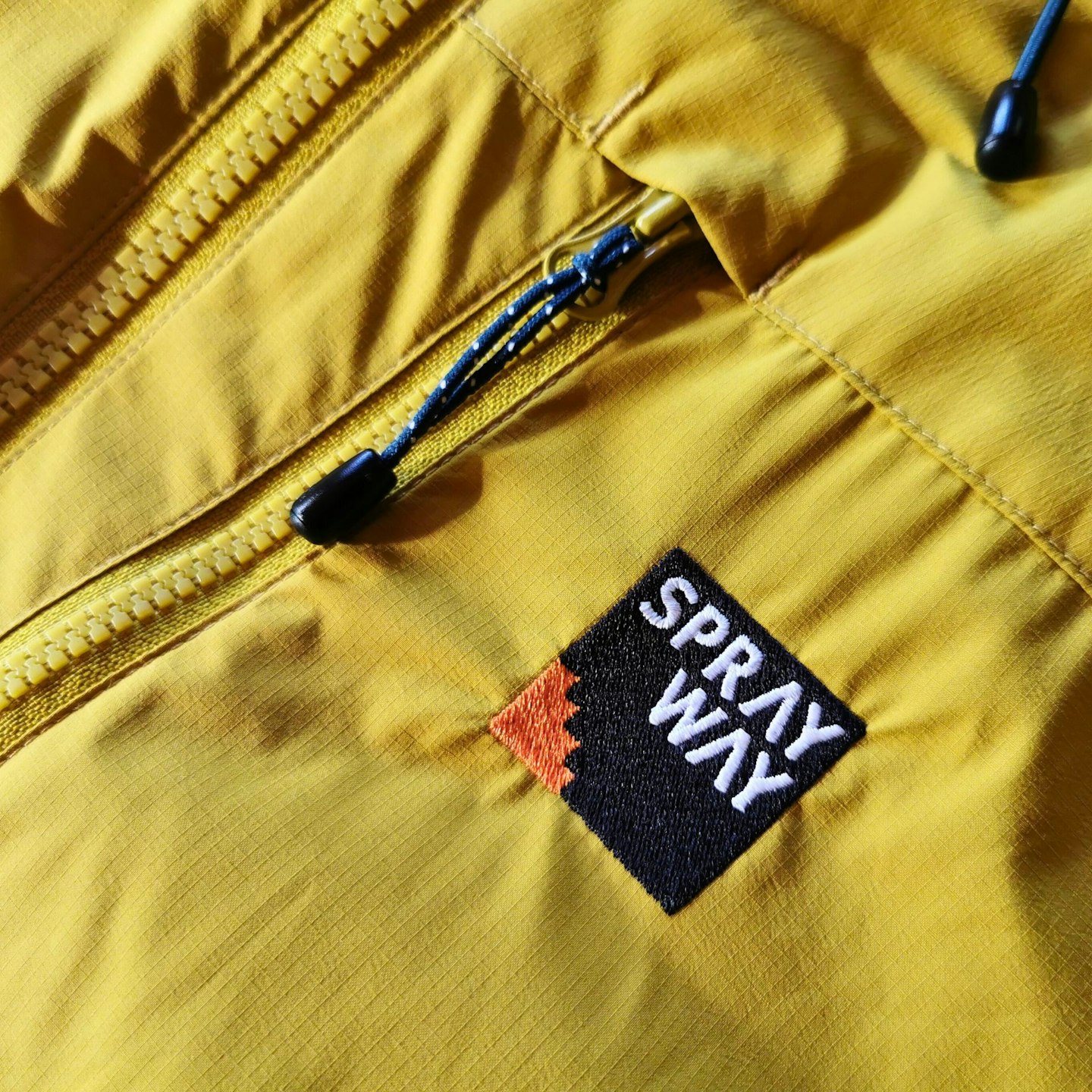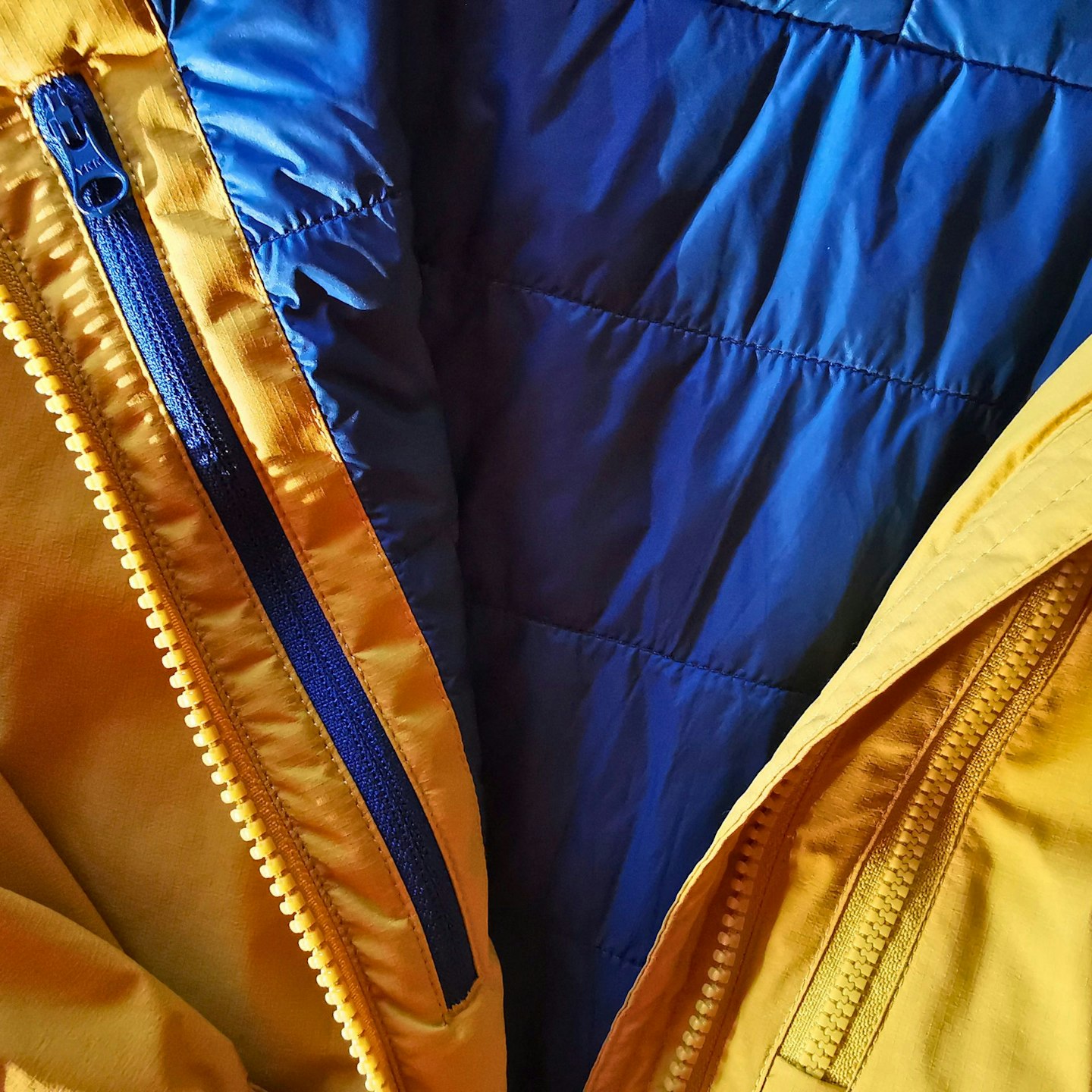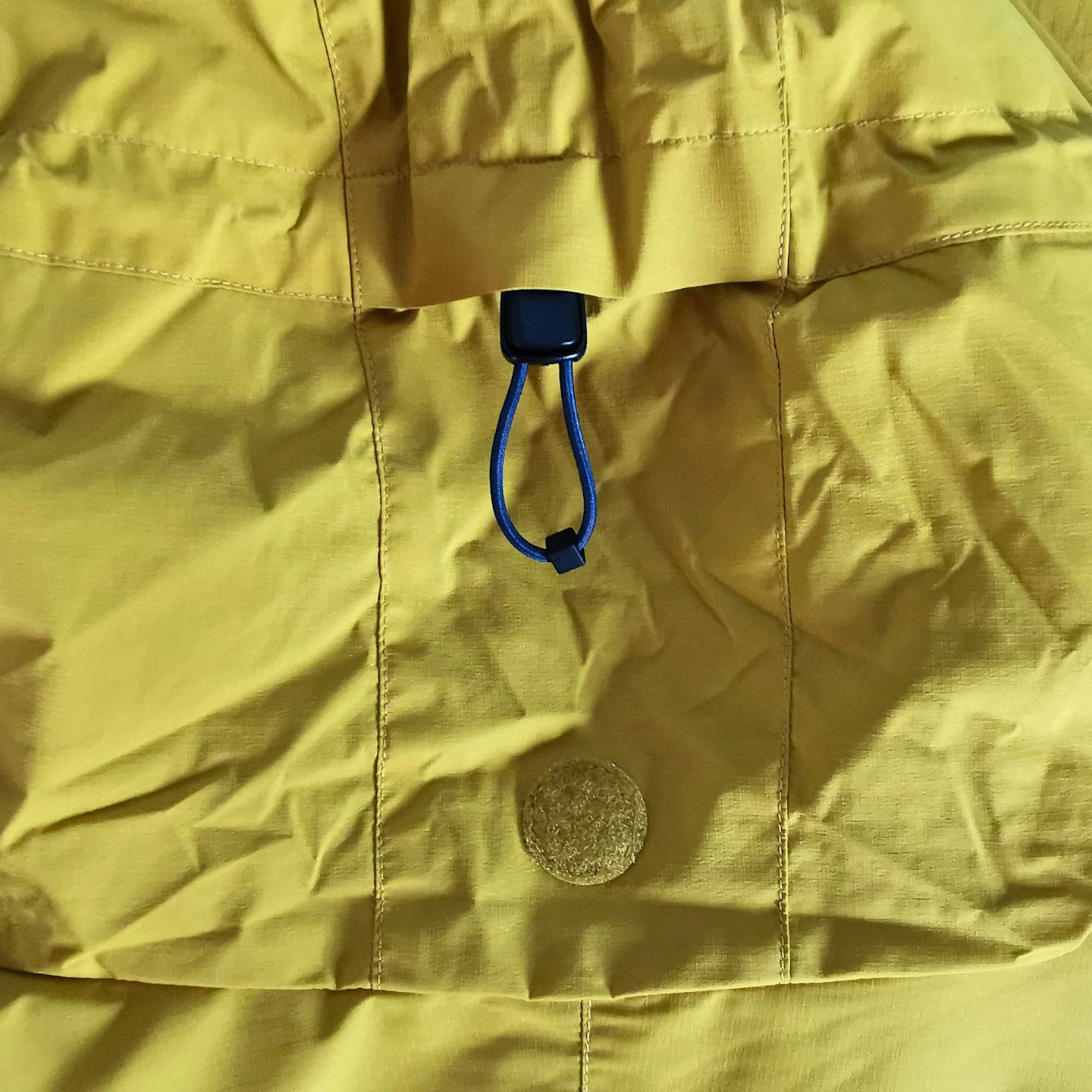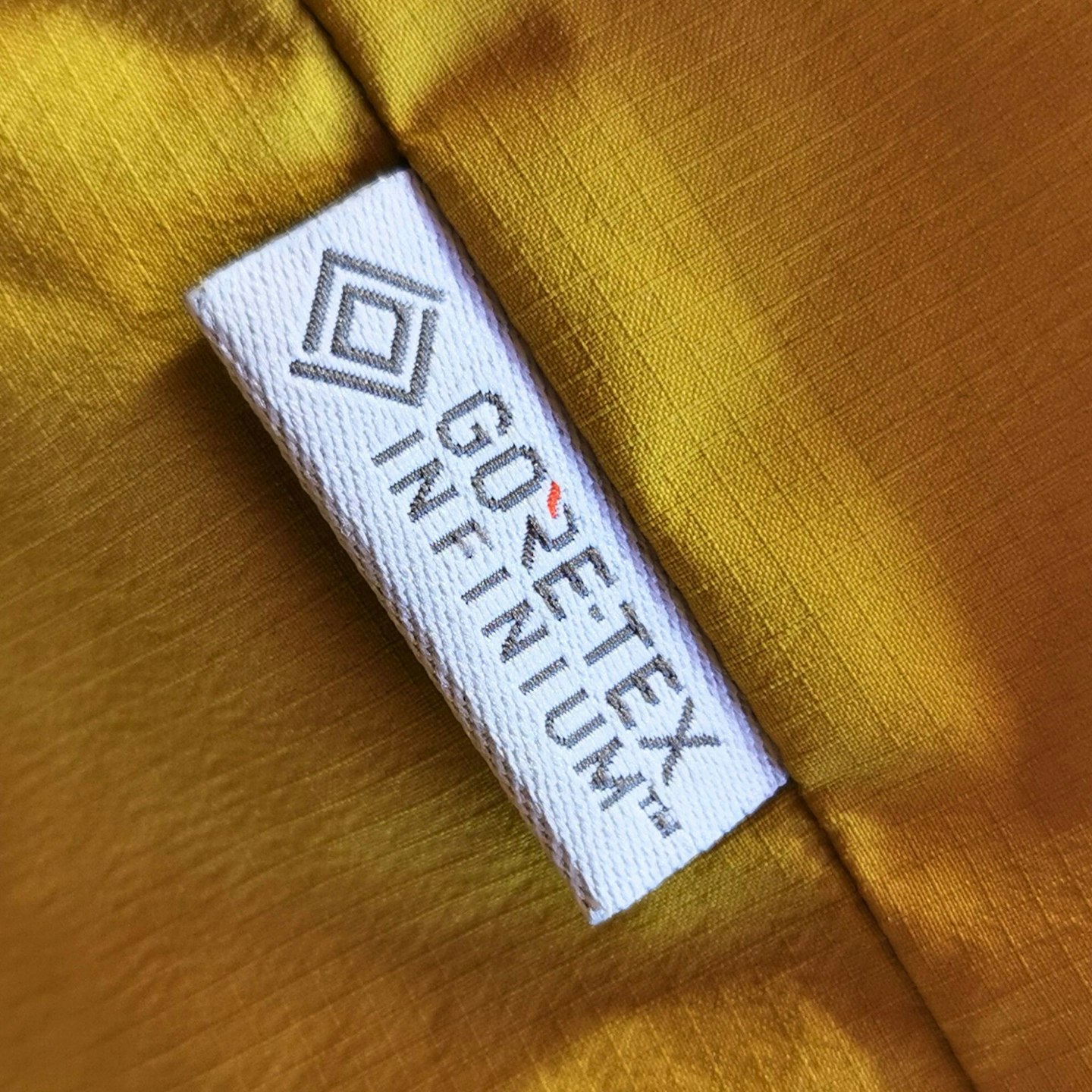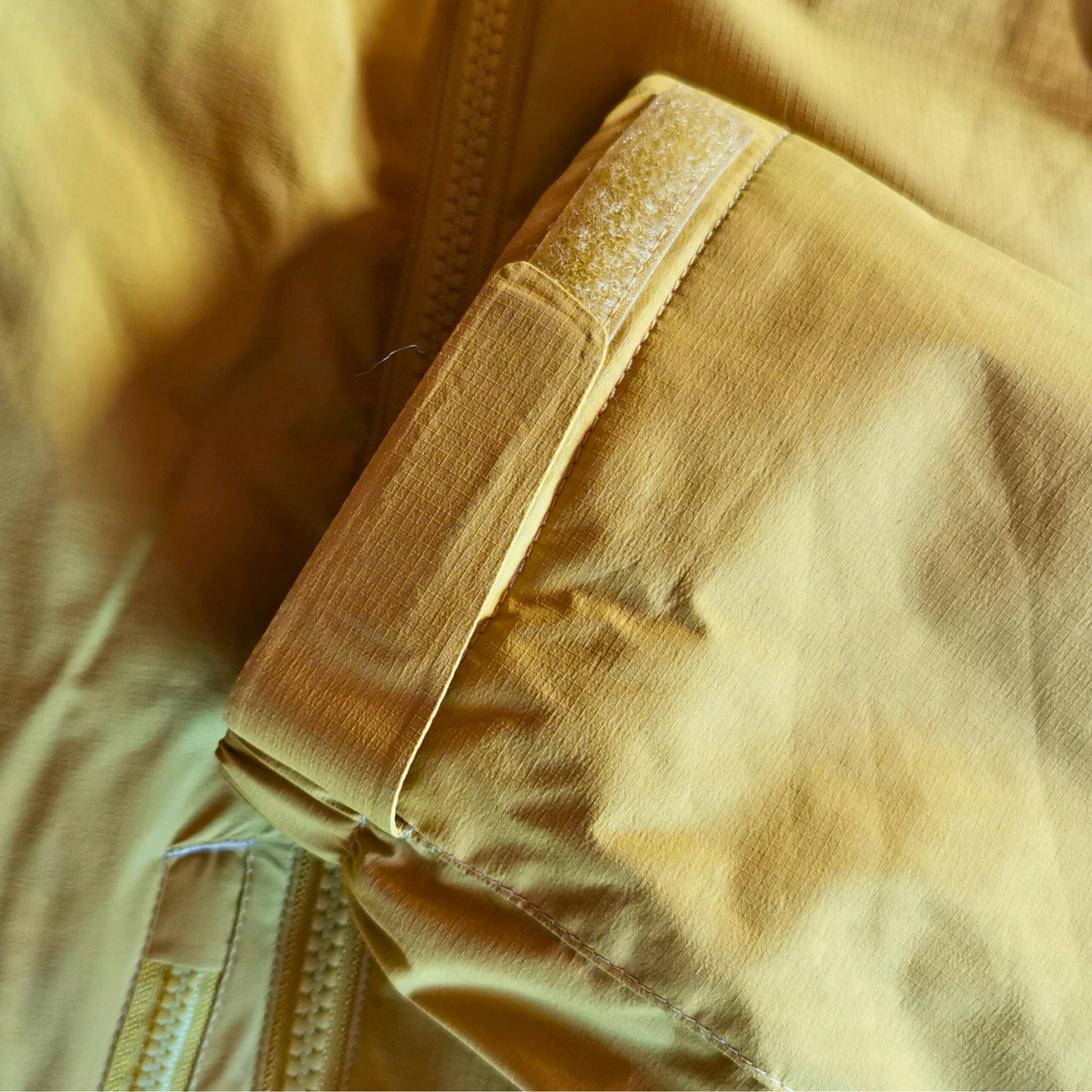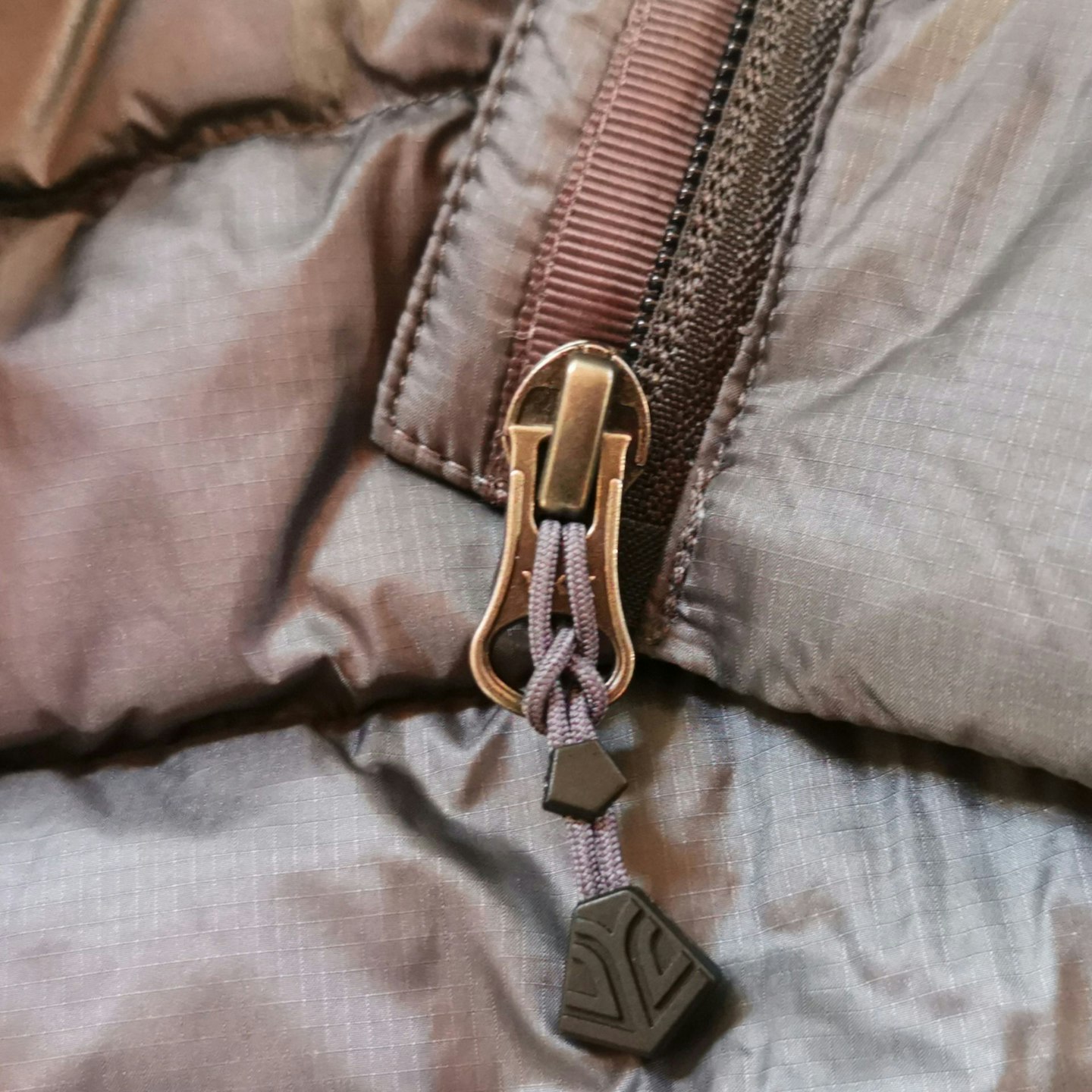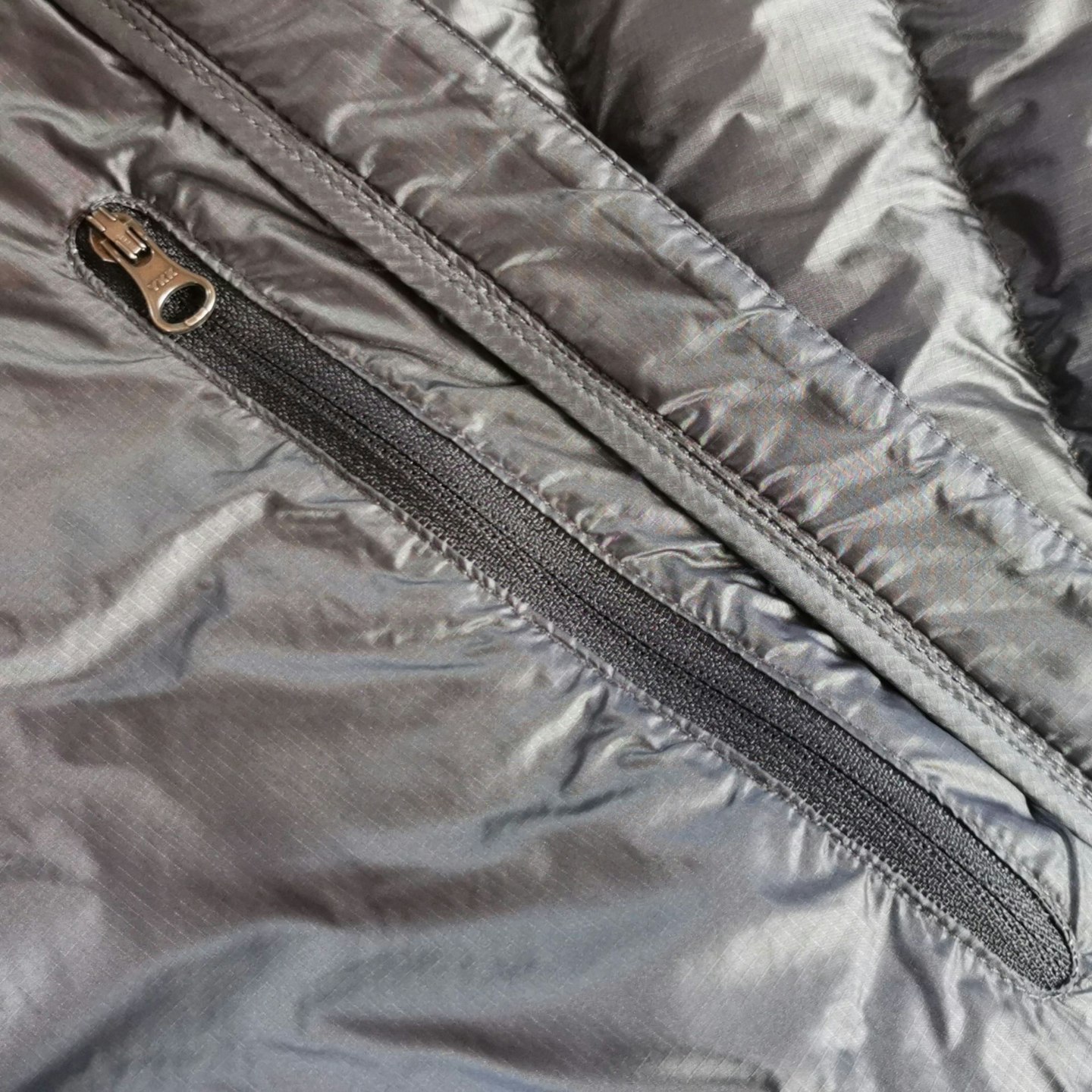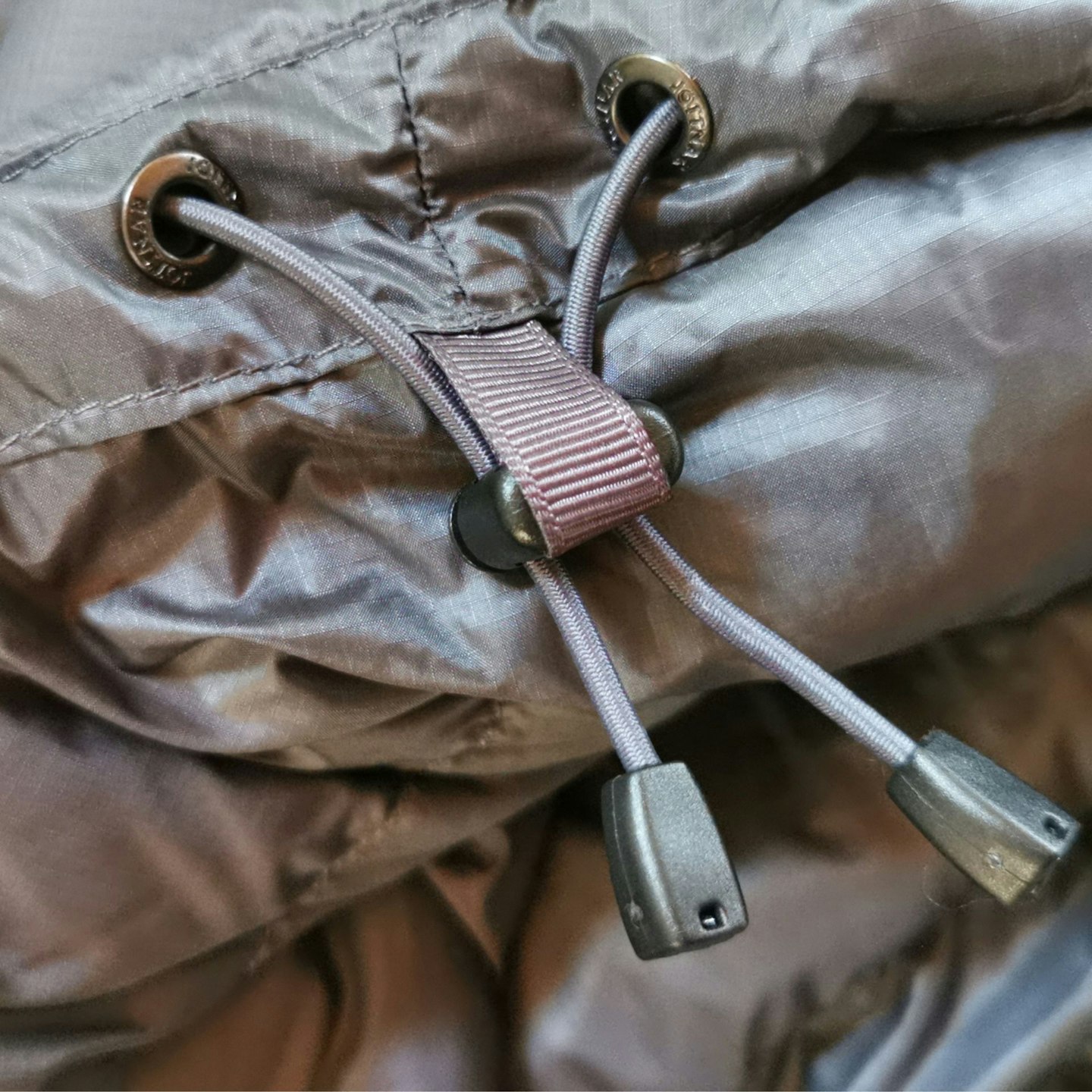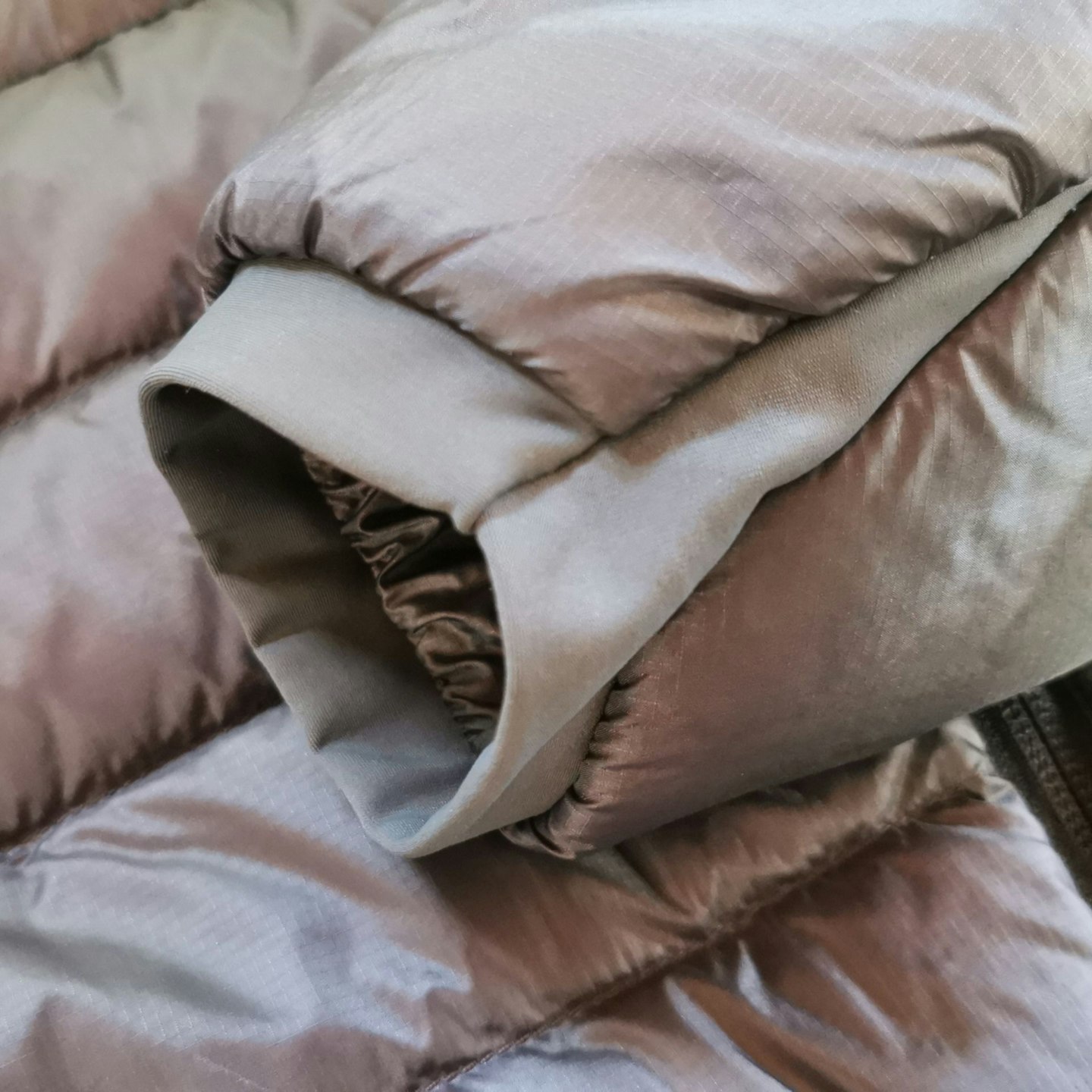Of all the wonderful gear lining the shelves of outdoor gear stores, the big, insulated winter jackets are arguably the most exciting to check out.
Sporting thick baffles, myriad features, and often tough material, winter hiking jackets come in a wide variety of shapes, styles, and prices. And no longer are these all down-insulated jackets. The proliferation of high-performing synthetic insulated jackets means that today, there is more choice than ever.
Our testers have had a fair few cold-weather adventures over the years from ice climbing in New Zealand and Iceland to mountaineering in the Cairngorms and trekking in the Pacific Northwest. In any temperate part of the world – including the UK – winter mountain conditions can be extreme.
Our experiences – and no doubt the experiences of many of you – prove the value of an insulated winter jacket when you’re out in the hills. Somewhere between a suit of armour and a cosy cocoon, they’re well worth the investment. Here, we’ve reviewed our current shortlist of tested insulated winter jackets.
What are the best insulated winter jackets of 2025?
Best in test: Rab Mythic Ultra
Best value: Mountain Equipment Shelterstone
Best for weather resistance: Helly Hansen Odin LIFA Pro Belay Jacket
Editor's note: This article was updated on 28 November to include five new insulated jackets reviews.
How we tested the best insulated jackets

The testing of most of our latest insulated winter jacket round-up was Matt Jones. Matt is a self-confessed gear geek and one of our freelance gear testers. He has walked several long-distance backpacking trails in New Zealand, the USA and throughout the UK.
One of our other gear testers, Chris Williams, also conducted some of the reviews. Chris has been a part of our gear testing since 2021. Hailing from New Zealand, Chris brings a wealth of journalistic expertise and a lifetime of hiking experience to his gear tests.
What we look for in insulated winter jackets is that they fulfil their design remit and live up to the promises their manufacturers make. This includes everything from fit and comfort to performance and durability to sustainability. To find out more about how we test outdoor kit, click here.
Best insulated winter jackets in detail:
Designed as a highly technical down jacket primarily designed for alpine use, the Mythic Ultra is all about maximum warmth for minimum weight. But we wondered if it’s worth it for most winter hillwalkers.
Well, we found that if you’re out in the hills in deep snow, its impressive warmth is very welcome indeed. The same goes for sub-zero wild camps.
The Mythic Ultra tips the scales at just over 500g and, being filled with 900-fill goose down, it’s highly compressible and takes up minimal space in a pack. The goose down has a Nikwax hydrophobic treatment to improve moisture resistance. Don’t mistake that for a silver bullet but we found it does help fend off moisture.
The jacket is constructed with stitch-through baffles on the arms and hood but offset box-wall baffles around the torso to maximise down loft and eliminate cold spots. It also has a secret weapon against the cold: an inner heat-reflective layer called TILT (Thermo Ionic Lining Technology).
We’ve previously tested it in Rab sleeping bags, and it definitely makes a difference to overall warmth. This jacket’s warmth-to-weight ratio is amazing, but there are trade-offs with this. The main one is that the superlight outer shell is tissue-thin, so treat it with care.
The jacket comes in both men’s and women’s versions, both of which are nicely cut. We liked the extended sleeves and a drop hem that ensures good all-round coverage, while dual hem drawcords and elasticated cuffs ensure a snug seal. Hand pockets are nice and cosy too. For a baffled down puffer, it offers surprisingly good mobility, though the jacket’s loft means this is really a standalone insulator, not one to wear over or under a shell.
Check out the women's version here
Pros
- Heat reflective lining
- Excellent warmth-to-weight ratio
- Compressible
- Quite sustainable
- Good fit and coverage
Cons
- No internal pockets
- No rear hood adjustment
- Too puffy to wear under a hardshell
- Delicate outer fabric
| RRP: | £420 / $495 |
| Fabric: | Recycled 10D Pertex Quantum nylon w/ PFC-free DWR |
| Insulation: | RDS 900-fill goose down w/ PFC-free Nikwax Hydrophobic treatment |
| Men's sizes: | S - 2XL |
| Women's sizes (UK): | 8 - 16 |
| Weight: | 537g / 1lb 3oz |
This chunky synthetic jacket is ideal for hardy hillwalkers. Stuffed with Sprayway’s ThermoSphere synthetic insulation, a hollowfibre polyester made from 100% recycled content, it’s a practical choice for UK use that keeps the price down and ticks the sustainability box, too.
There’s generous 120gsm fill in the body, with 80gsm in the sleeves and hood, which delivers a decent dose of warmth without turning you into the Michelin man.
The cut is slightly oversized to fit easily over other layers, with plenty of length in the sleeves and body, plus a snug rollaway hood with three-point adjustment and a wired peak. As a result, it feels very protective, just the job for hunkering down in a stone summit shelter.
You also get two cosy microfleece-lined hand pockets, inner and outer chest pockets, a two-way main zip with a soft chin guard and bottom press stud, and fully adjustable cuffs and hem. The face fabric is a durable 40-denier ripstop nylon.
All in all, it’s a very well spec’d package, despite lacking premium materials like Pertex or Primaloft.
Obviously, a synthetic jacket like this one won’t pack down as small as a down puffer, but it stuffs away tidily into its own pocket and is compact enough to stash in a daypack.
Overall weight is middling, at 550g for a men’s M. But of course, this is designed as a versatile all-rounder rather than a specialist ultralight layer, and in that regard, there’s little to fault.
Pros
- Very reasonable price
- Practical thanks to great features
- Delivers solid warmth
Cons
- There's no female version
- There's a lack of inner 'dump' pockets
| RRP: | £180 |
| Men's sizes: | S-XXL |
| Women's sizes: | N/a |
| Weight: | 600g / 1lb 5oz (size large) |
| Fabric and fill: | 40DTecShellnylon with PFC-free DWR; 120gsm (body) and 80gsm (arms, hood) ThermoSphere synthetic insulation (100% recycled polyester) |
With this midweight synthetic insulated jacket, Mountain Equipment has backed its own materials rather than using Gore-Tex or Primaloft branded fabrics and fill.
So, the Shelterstone employs ME’s own 40D Drilite Loft ripstop nylon shell and 100% recycled 115gsm polyester Polarloft sheet insulation throughout. Avoiding the big names keeps the price tag slightly more affordable. But we found it’s still a stellar jacket, being windproof and water-resistant, coping well with light rain and snow.
At 600g, it’s heavier than the Rab Mythic Ultra, but still packs away into a neat little stuff sack that fits easily in a winter pack. It comes in both men’s and women’s sizes and is easy to throw on over a mid-layer and a winter hardshell.
We liked how the Shelterstone offers good all-round coverage, with nice long sleeves with cuff tabs, plus a drop tail with dual hem adjustment. The hood fits over a climbing helmet, but still cinches in tightly over a bare head, with three-way adjustment.
It has a small, stiffened peak and a two-way main zip with an extended collar that zips right up to the nose. Hand pockets are insulated and lined with microfleece. The result is a very cosy and protective overlayer. Other practical storage includes inner and outer zipped chest pockets, plus a stretch mesh inner dump pocket.
There’s almost nothing to criticise here, especially at this price – though obviously, if you spend more, you can get a jacket with superior warmth-to-weight.
Check out the women's version here
Pros
- More affordable than many rivals
- Works as standalone layer or under a hardshell
- Good weather resistance
- Mountain Equipment a Fair Wear Foundation member
Cons
- Not the best warmth-to-weight ratio
| RRP: | £220 / $274.95 |
| Fabric: | 40D Drilite Loft nylon w/ PFC-free DWR |
| Insulation: | Recycled Polarloft |
| Men's sizes: | S - 2XL |
| Women's sizes (UK): | 8 - 16 |
| Weight: | 600g / 1lb 5oz |
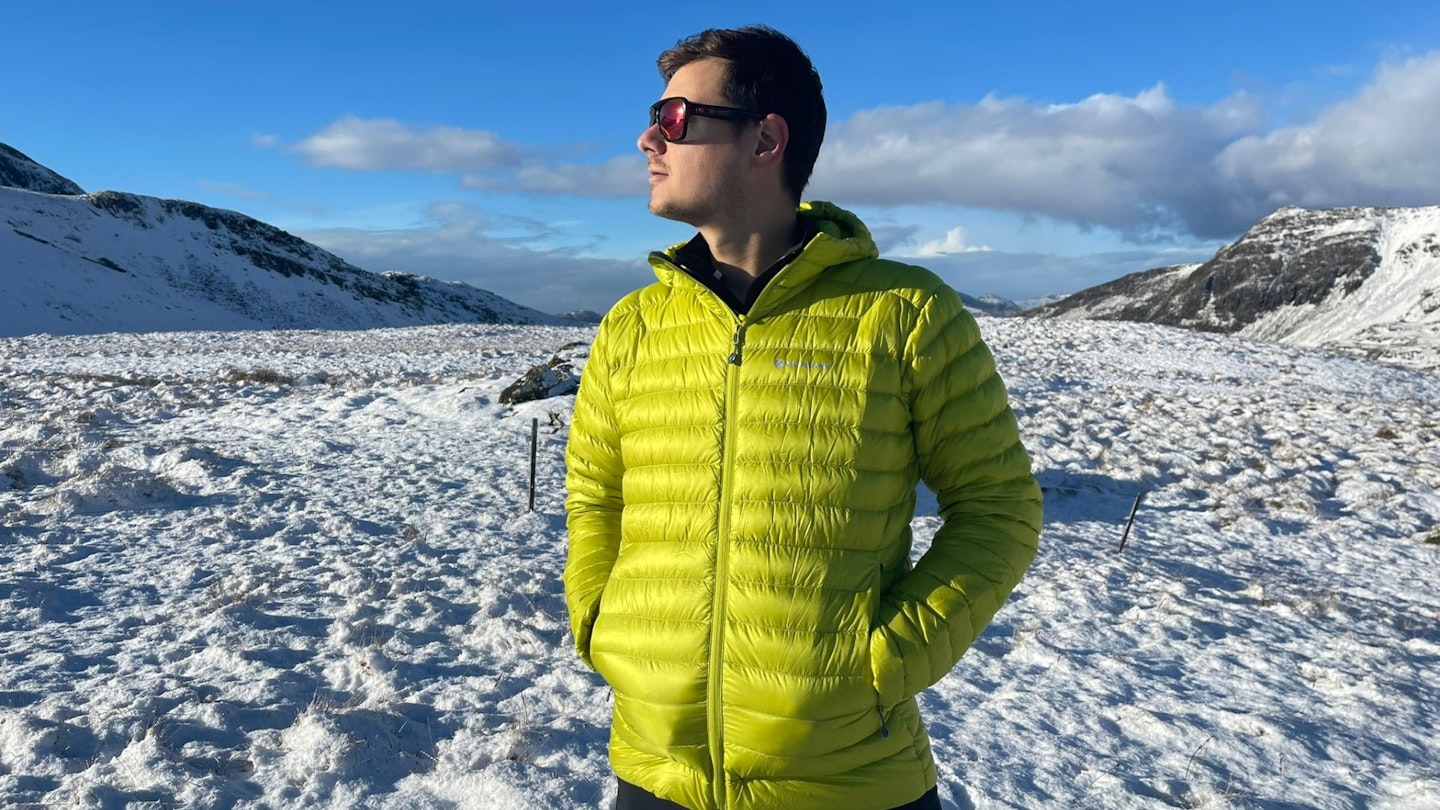 LFTO
LFTOThis is a modern ‘micro-baffle’ down puffer, with a full coverage cut and good articulation. It’s roomy enough to layer underneath, while still fitting underneath a waterproof shell.
It also strikes a good balance between price, performance and weight. For the money, you’re getting a well-made, stitch-through baffled puffer stuffed with higher grade moisture-resistant down.
It weighs just 360g (men’s M) and packs into a stuff sack just slightly larger than a standard 1-litre Nalgene bottle.
Features are straightforward but effective: two zipped handwarmer pockets, a roomy zipped inner pocket, elasticated cuffs and a drawcord hem.
Up top, the cosy hood offers a good fit around the face via two embedded cordlocks, with drawcords placed inside the jacket so they don’t whip you in the face. It’s neat, unfussy and efficient.
The shell is made from Pertex Quantum Eco ripstop nylon (100% recycled) finished with a PFC-free durable water repellent treatment. It came through our two months of testing unscathed, without leaking much precious down either.
The Anti-Freeze Hooded Jacket is reasonably windproof, too, though inevitably the stitch-through construction does mean there are occasional cold spots.
The fill is 750FP HyperDry moisture-resistant RDS-certified duck down, which offers superior warmth for weight to many similarly priced rivals. It’ll still get sodden in persistent rain but can cope with claggy days and spotty drizzle. It is noticeably quicker drying than untreated down and seems to clump less, too.
Most importantly, it’s warm – we were toasty in the mountains of North Wales through October and November (with a couple of layers underneath) even when temperatures dipped below freezing.
Find the women's version here.
Pros
- It's a versatile layer
- Lightweight and packable
- Great warmth for the weight
Cons
- Not immune from cold spots
- Could be more resistant to weather
| RRP: | £225 / $285 |
| Men's sizes: | S-XXL |
| Women's sizes: | 8-18 (UK sizes) |
| Weight: | 360g / 12.7oz (men's medium) |
| Fabric and fill: | Pertex Quantum Eco ripstop with PFC-free DWR (100% recycled shell and lining); 750FP HyperDry RDS-certified duck down fill |
A dependable down jacket is a true investment because of its potential to last a lifetime. Nevertheless, often the upfront cost of a thick winter down jacket can be hard to stomach.
Kathmandu (a New Zealand outdoor gear brand) has cornered the down jacket market in the antipodes (seriously, in New Zealand and Australia in winter, everyone is wearing a Kathmandu down jacket). After our testing, it wasn't hard to see why.
The Epiq is filled with a generous helping of 600-fill down and is brilliantly warm in sub-zero temperatures. Obviously, the insulation is key to that, but the Epiq has a number of useful features to boost warmth like its adjustable hem and hood, internal stretch cuffs, and box baffles.
But frankly, we were most impressed with the Epiq because it doesn't sacrifice sustainability credentials even though it significantly undercuts many rivals on price. Its Pertex Quantum Eco outer is fully recycled and bluesign-approved; Kathmandu itself is a certified B Corp; and the use of RDS down is a given.
It's not an especially 'technical' jacket like the Rab Mythic Ultra, for example. The Epiq misses out on a hydrophobic down treatment and very high fill power down. But the outer fabric, for example, isn't as delicate as that used on the Rab Mythic Ultra. Meanwhile, the Epiq has a good range of pockets, and also comes in a non-hooded version, which is £25 less. It comes in plenty of neat colourways too.
Check out the women's version here
Pros
- Excellent warmth and comfort
- Decent eco credentials
- Wide range of sizes
- Available in hooded, non-hooded, and vest
Cons
- Little moisture resistance
- Not an especially 'technical design'
| RRP: | £245 / $249 |
| Fabric | Recycled, bluesign-approved Pertex Quantum Eco polyester w/ DWR |
| Insulation | RDS 600-fill down |
| Men's sizes | XS - 3XL |
| Women's sizes | 6 - 18 |
| Weight | 640g / 1lb 7oz |
Fjällräven’s Keb range is designed for ‘technical trekking tours’. When it comes to insulating layers like this classic hooded down puffer, that means the focus is on light and compressible warmth combined with long-term durability. We found this jacket delivers on all counts.
It uses a completely recycled nylon shell, with a PFC-free durable water repellent treatment that can handle light rain and snow. The shoulder panels, lower back and forearms feature double layers of fabric to provide extra protection from general wear and tear.
Meanwhile, stitch-through baffles house 150g of 800 fill power goose down. This delivers a good level of warmth, certainly cosy enough for winter use in our hills and mountains. However, the price is high given that this jacket uses a slightly lower fill power down than the other down jackets on test. And the down itself has no moisture-resistant treatment.
Nevertheless, we think it’s an extremely comfortable jacket, with great all-round coverage and some excellent features. This includes a profusion of useful pockets inside and out – seven in total.
The two-way main zipper is backed with a full-length baffle that secures with press studs to combat draughts. We really liked the excellent dropped tail, the snug-fitting hood with rear volume adjustment, and a nice high collar that extends up to the nose.
An elasticated drawcord hem and bound cuffs create an effective weatherproof seal too. With all the hatches battened down, the jacket feels very warm indeed, yet the design is versatile enough to work underneath a shell or over all your other layers.
Check out the women's version here
Pros
- Wonderful fit and comfort
- Effective at keeping out drafts
- Verstile to be used with other layers
- Lots of pockets
Cons
- Some rivals have higher loft for the price
- Down not hydrophobic
| RRP: | £450 |
| Fabric: | Recycled nylon w/ PFC-free DWR |
| Insulation: | RDS 800-fill goose down |
| Men's sizes: | XS - 2XL |
| Women's sizes (UK): | 2XS - XL |
| Weight: | 600g / 1lb 5oz |
This is a classic belay-style jacket, developed with input from mountain search and rescue teams. It uses a well-proven approach to conquering the cold, packing a tough outer shell chock-full of synthetic sheet insulation.
But there’s plenty of tech at work too. It employs Helly’s own Lifaloft fill in combination with PrimaLoft Gold fibre balls and a conductive graphene lining, for superior warmth. This is zoned to protect your core and we found it works brilliantly.
Meanwhile, the outer shell is another Helly innovation: LIFA Infinity waterproof fabric with a PFC-free water repellent finish. It’s made from polypropylene fibres, which do not absorb moisture, and ensured it never ‘wet out’ on our tests. So, that’s weather sorted.
And when it comes to warmth, for us it was pretty much like wearing a sleeping bag. We weren’t cold even in sub-zero temperatures. It comes in men’s and women’s versions but is sized as an overlayering piece. Even then, the fit is generous, so you might want to size down (as we did).
Technical features are all present and correct – you get a two-way main zip with a full-length inner baffle. It has a soft chin guard at the top and a press stud at the bottom. The hood is big, cosy and helmet compatible. Lined hand pockets are fleecy and two inner pockets provide practical storage (one is zipped for security; the other is a big stretch mesh dump pocket for gloves). There’s also dual hem adjustment and elasticated, wrist-hugging cuffs to lock in maximum heat.
Be in no doubt this jacket is weighty and bulky. It weighs about a kilo, and even in its stuff sack, fills the bottom of a 40L winter pack. And the techy fabrics and fill means it is very expensive for a synthetic jacket.
Check out the women's version here
Pros
- Reliably waterproof
- Very warm
- Tough and durable
- Two internal pockets
Cons
- Heaviest on test
- Bulky and not very compressible
- Premium price for a synthetic jacket
| RRP: | £400 / $450 |
| Fabric: | Bluesign-approved LIFA INFINITY w/ PFC-free DWR |
| Insulation: | Partially recycled LIFALOFT w/ PrimaLoft Gold fibre balls |
| Men's sizes: | S - 2XL |
| Women's sizes (UK): | XS - XL |
| Weight: | 1,000g / 2lb 3oz |
This technical down jacket has an athletic fit and superb warmth for weight, with body-mapped fill to further boost thermal efficiency.
Despite its warmth, it isn't too bulky and layers neatly under a shell. Mobility is good too, with minimal hem lift when you raise your arms.
Features are understandably minimalist, but we like the two practical inner dump pockets for stashing gloves or mitts. The jacket packs into its own pocket and compresses down into a similar shape and size to a small camp pillow.
Overall weight is impressive (310g, men’s medium), thanks to premium 850FP down that’s treated with a moisture resistant finish. The face fabric is a lightweight ripstop nylon, also with a water repellent finish.
It’s so light that it isn’t as weatherproof as burlier rivals though. Anything more than spotty drizzle and you’d be wise to put a shell over the top.
The design is unconventional: instead of stitched baffles, it has interlinked pockets of down held in place by X-shaped stitching, a bit like the buttons of a Chesterfield sofa.
This minimises the number of seams to cut weight and reduce down loss. But it does seem as though the down could more easily move around inside the jacket, especially over time.
On the other hand, the open structure maximises loft, so you get noticeably fewer cold spots. The jacket also does a great job of locking in warmth, thanks to a close-fitting hood, hem and cuffs.
The overall feel is also luxuriously soft and cosy, which makes this a great layer to wear on the mountain or even in a tent when winter camping or bivvying. It’s a superb bit of kit, but also expensive and arguably fills a slightly specialist niche.
Pros
- Very light and highly packable
- Exceptional warmth
Cons
- Expensive
| RRP: | £345 |
| Men's sizes: | XS-XXL |
| Women's sizes (UK): | 6-14 |
| Fabric and fill: | 15D ripstop nylon with PFC-free DWR; 850FP DownTek white goose down fill |
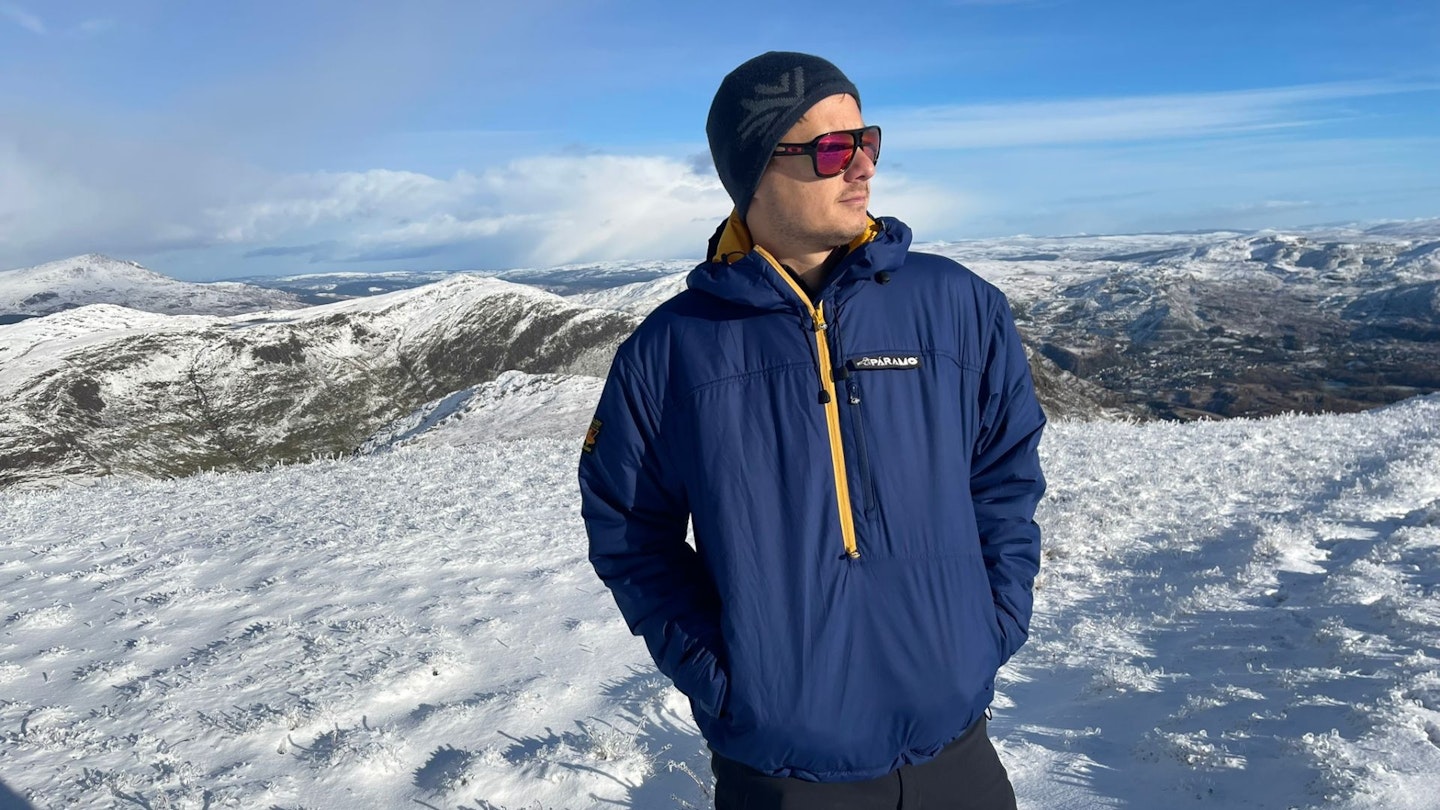 LFTO
LFTOparamo-clothing.com
This smock is designed as an overlayer, which means you just whip it out of your pack whenever you stop and stick it on over everything else you’re wearing, including a waterproof shell.
It has a roomy unisex cut and simple design. Thanks to a deep half-zip, you just pull it on and off over your head. It’s quite boxy and overall mobility isn't great. Arguably, this doesn’t matter too much, since it’s primarily intended for wearing when you’re not moving around.
Several practical details also allow you to fine-tune the fit a little, like a hem drawcord, excellent cuff tabs and a cosy, adjustable hood. Still, we’d have preferred more length in the body, especially at the rear. A drop tail rather than a straight cut hem would have helped.
But we like the kangaroo pocket, which is great for warming numb hands and big enough to use even with mitts or gloves on. There’s also a zipped chest pocket for storage.
The hood design has a stiff wired peak that does a good job of deflecting wind, rain and snow. It’s a tight fit over a helmet but cinches in nicely over a bare head or beanie.
Overall warmth is excellent. You will not be cold in this jacket even in conditions below freezing. It’s also impervious to wind and very weatherproof, continuing to insulate even if it gets wet.
Downsides? It’s relatively heavy and bulky, even when compressed. You can stuff it inside its own hood, making for a rugby-ball sized lump, which isn’t too bad given the warmth on offer – but it will still fill the bottom of a 30-litre pack.
Our review sample weighed in at 762g (size L), which also made it one of the heaviest jackets on test.
Pros
- Very warm
- Brilliant hood
- A practical option
Cons
- Unisex sizes make for a boxy fit
- Heavier and bulkier than a lot of the competition
- No scooped tail
| RRP: | £250 |
| Sizes (unisex): | XS-XXL |
| Weight: | 762g / 1lb 11oz (size large) |
| Fabric and fill: | Nikwax Windproof ripstop microfibre polyester shell with Nikwax Analogy Insulator synthetic insulation (100% polyester) |
That hiking or running adage about being bold and starting cold is true but read out in full, it’s not quite so catchy. It goes something like: ‘Be bold, start cold, and you’ll soon heat up as you get moving. The problem with this is that winter mountain conditions can vary greatly and rapidly, and starting cold just might make you miserable’.
This is where we found Black Diamond’s First Light Stretch Hoody fills a much-needed niche. It’s much lighter than the big winter jackets here, and far, far more breathable. Yet, it carries enough insulation and weather resistance to be a fantastic put on and leave on layer.
Whether we layered it under a hardshell when the conditions were gnarly, or as the outer layer when they calmed the Black Diamond jacket kept us very comfortable.
Key to its success is its intention as a climbing and skiing jacket. Both of these activities demand highly breathable garments that allow unrestricted movement. Thanks to PrimaLoft Gold Active insulation, and stretchy 20D nylon fabric, the First Light Stretch Hoody excels in these areas.
The fabric is soft and cosy, yet impressively wind and water resistant. The fit is reasonably relaxed with underarm gussets, but the hem is quite short so coverage isn’t as good as some jackets here. However, the trade-off is that it’s ideal for technical routes and scrambles.
Check out the women's version here
Pros
- Highly breathable
- Allows unrestricted movement
- Very comfortable
- Surprisingly weather resistant
Cons
- Shorter hem means less coverage
- Not as warm as the heavier jackets here
| RRP: | £260 / $295 |
| Fabric: | Bluesign-approved 20D ripstop nylon w/ PFC-free DWR |
| Insulation: | PrimaLoft Gold Active |
| Men's sizes: | S - XL |
| Women's sizes: | XS - XL |
| Weight: | 405g / 14.3oz |
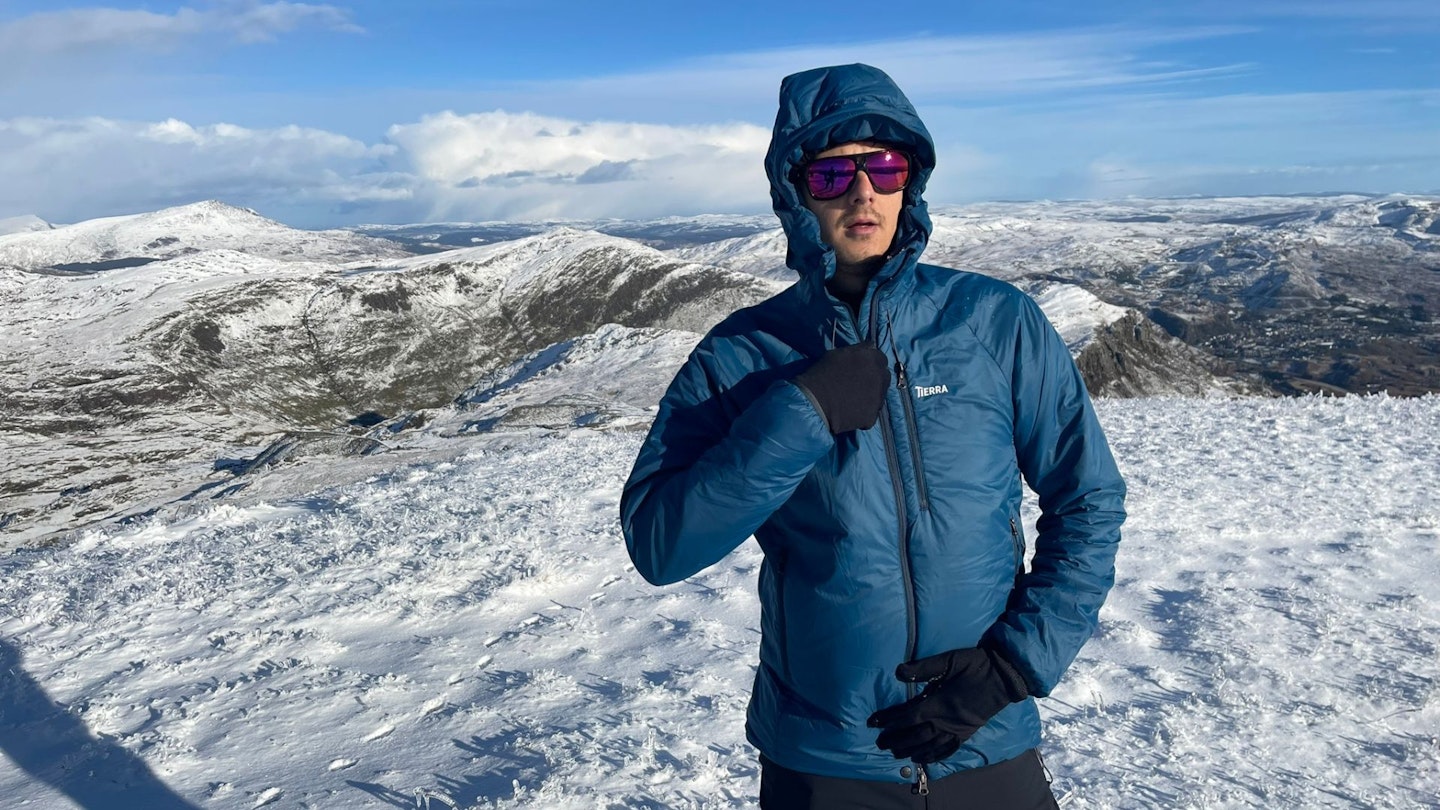 LFTO
LFTOwww.tierra.com
This jacket from Swedish brand Tierra works just as well for wild and windy hillwalking as it does for cold weather climbing.
The fill isn’t synthetic like most belay jackets, but sheep’s wool. This has many benefits, particularly in terms of sustainability, since it is renewable, recyclable and biodegradable.
It’s a good natural alternative to down, since it’s cheaper, has fewer ethical concerns around animal welfare and is a less common allergen than down feathers.
In performance terms, it’s also less susceptible to damp, since wool can absorb up to 36% of its own weight in moisture without losing its insulating power.
Aside from its clever fill, this is a well-made and fully featured jacket. It has a fully adjustable hood, a two-way zip, dual hem drawcords, elastic-bound cuffs, fleecy hand pockets, a big stretch mesh inner pocket for stashing gloves or mitts, plus a smaller zipped pocket at the chest.
The face fabric is lightweight, water-repellent ripstop nylon (100% recycled). It’s not super robust, but one advantage of a block insulator like a belay jacket is that there are far fewer stitching seams compared to a baffled down puffer, which means you’re less likely to snag it. It has a cosy yet protective feel thanks to its soft handle and full coverage fit.
Despite the fact that wool isn’t as thermally efficient as down or the highest-performing synthetics, this is still a warm jacket.
On test it coped with temperatures around -2°C when layered over a midweight baselayer and a fleece. It tips the scales at a reasonable 490g (men’s M).
It’s also decently packable, which makes it a practical extra layer for hillwalking, climbing, scrambling and wild camping. Only the most weight-conscious backpackers and mountaineers might think it too heavy or bulky.
You can also get a women's version.
Pros
- Warmth is decent
- Price offers reasonable value
- A practical choice
Cons
- Zip gets caught sometimes
- Better warmth-to-weight from other options
| RRP: | £210 |
| Men's sizes: | S-XXL |
| Women's sizes: | XXS-XL |
| Weight: | 515g (men's large) |
| Fabric and fill: | Polyamide Ripstop Weave with PFC Free DWR (100% recycled, Bluesign-approved and GRS certified), 120gsm Lavalan Swedish Wool (80% wool, 20% PLA) |
Slim-fitting and lightweight, the Divide Fusion Stretch Jacket looks outgunned amongst present company. Indeed, we found it can’t offer the same level of outright warmth and protection as most of the heavier rivals recommended here. But it has its own, unique and very effective weaponry.
Being made to a slim shape, we found the Divide Fusion Stretch Jacket is the best for layering out of all the winter jackets we tested. And the athletic cut doesn’t inhibit freedom of movement because all the fabrics (20D Toray and wool side panels) used have generous four-way stretch. Breathability is superb, too.
This jacket is armed with intelligent features. For example, the DWR (called EMPEL) is not only PFC-free, but permanent, meaning it doesn’t require reproofing like most DWRs do. The 700-fill down is hydrophobic but also uses a novel, chemical-free treatment that outperforms the industry-standard approaches.
Something else in this jacket’s favour we noticed is that it doesn’t seem to suffer from down leakage like down jackets are invariably prone to. So, although quite expensive for the outright warmth it offers, the Divide Fusion Stretch Jacket is an amazing winter mid layer that avid winter hikers highly benefit from.
Check out the women's version here
Read our full Artilect Divide Fusion Stretch Jacket review here
Pros
- Innovative approach to water-repellency
- Versatile
- Uses sustainable materials
- Highly functional yet stylish
Cons
- Not worth it for casual hikers
| RRP: | £320 / $370 |
| Fabric: | Bluesign-approved 20D Toray fabric w/ PFC-free GTT EMPEL DWR; 60gsm Lavalan European Wool |
| Insulation: | RDS 700-fill down w/ PFC-free ExpeDRY hydrophobic treatment featuring FUZE |
| Men's sizes: | XS - 2XL |
| Women's sizes: | XS - XL |
| Weight: | 400g / 14.1oz |
This insulated jacket uses top-end Gore-Tex Infinium shell fabric and Sprayway’s ThermoSphere loose fibre synthetic fill, which is zoned, with 96g in the body, 55g in the sleeves, and 25g in the hood and collar. This provides warmth where you need it most whilst minimising overall weight and bulk.
The Grendel comes with a stuff sack and compresses nicely, fitting easily into a daypack. On test, it proved more than warm enough for cold winter hill days. It’s also completely windproof and very weather resistant.
The synthetic insulation still provides dependable warmth when wet. It’s worth noting that, as with a lot of Sprayway clothing, the fit is generous. We ended up sizing down. This gave us a nicely cut jacket that worked over or under a shell, making it a versatile all-purpose insulator.
Adjustable cuffs and dual hem drawcords lock in heat, as does the excellent hood. This has a wired peak and three-point adjustment. It just about works with a climbing helmet but seems better suited to winter hillwalking. Unusually, the hood rolls away with a Velcro tab. Some might find this superfluous, but we liked the feature. It stops the hood acting as a windsock when not in use, and creates a cosy, padded baffle around the back of the neck.
Other good features include a high collar that zips up above the chin, roomy and well positioned hand pockets, and inner and outer zipped chest pockets.
The price is high for a synthetic insulated jacket. At the moment, there’s no women’s version of the Grendel either – maybe next season?
Check out the women's version here
Pros
- Excellent weather resistance
- Clever roll away hood
- Packable
- Sprayway a Fair Wear Foundation member
Cons
- Mountain Equipment Shelterstone is better value
- Large sizing (you’ll probably need to size down)
- No women's version
| RRP: | £330 |
| Fabric: | 30D Gore-Tex Infinium w/ PFC-free DWR |
| Insulation: | Partially recycled ThermoSphere |
| Men's sizes: | S - 2XL |
| Women's sizes: | N/A |
| Weight: | 500g / 17.6oz |
This is a light but warm baffled down ‘puffer’ from Jöttnar, the British brand with the Nordic name. It's been around for about a decade now and still seems to fly under the radar a bit. However, in our opinion, Jöttnar makes some of the best outdoor kit around.
The Fenrir has a 30-denier ripstop nylon shell, with stitch-through baffles stuffed with 850 fill power goose down. It’s also finished with a permanent water repellent treatment for improved resistance to moisture.
But the Fenrir uses synthetic insulation in the neck, hem and cuffs – all areas that tend to get damp. When combined with that hydrophobic down fill, it meant that on test, this jacket was far more versatile and weather-resistant than most down puffers. Though, we did notice its stitch-through baffle construction did lead to occasional cold spots.
It packs away into a very small stuff sack and offers impressive warmth for weight. We found there were lots of nice details too: zipped hand pockets and an internal chest pocket; anti-snag hem drawcords; stretch cuffs that fit easily over gloves and an elastic-bound hood with rear volume adjustment.
However, there were a few missing features such as a non-helmet compatible hood, and lacks a two-way main zip, which limits its suitability for more technical use.
But we think this jacket has a wonderful cut and fit. It’s an ideal extra layer for hillwalking or backpacking, being especially well suited for use at rest stops, summits and on chilly wild camps.
Check out the women's version here
Pros
- Excellent fit
- Lightweight yet very warm
- Better weather resistance than many down jackets
- Highly compressible
Cons
- Not especially ‘technical’
| RRP: | £335 / $399 |
| Fabric: | 30D nylon w/ DWR |
| Insulation: | RDS 850-fill down w/ bluesign-approved DownTek hydrophobic treatment; 140g/m2 synthetic fill in cuffs, neck, and underarm |
| Men's sizes: | S - 2XL |
| Women's sizes: | XS - L |
| Weight: | 390g / 13.8oz |
What to look for in insulated winter jackets

Down vs synthetic insulation
Traditional wisdom states that down offers the best warmth-to-weight ratio, but loses loft and performs poorly when wet, while synthetic insulation offers better value for money and retains its properties better when damp, but is heavier and bulkier. This still holds true, yet constant advancements in synthetic fibres have blurred the performance distinctions between the two.
What is fill power, fill weight and GSM?
Fill power is a measure of the loft or ‘fluffiness’ of the down, and how much air it traps. The higher the fill power, the warmer it’ll be. Fill weight is the amount of down in a jacket in grams, and more grams equals more warmth. Overall warmth is determined by both fill power and fill weight.
Synthetic jackets are graded in gsm (grams per square metre). The higher the figure, the thicker, heavier and warmer the insulation.
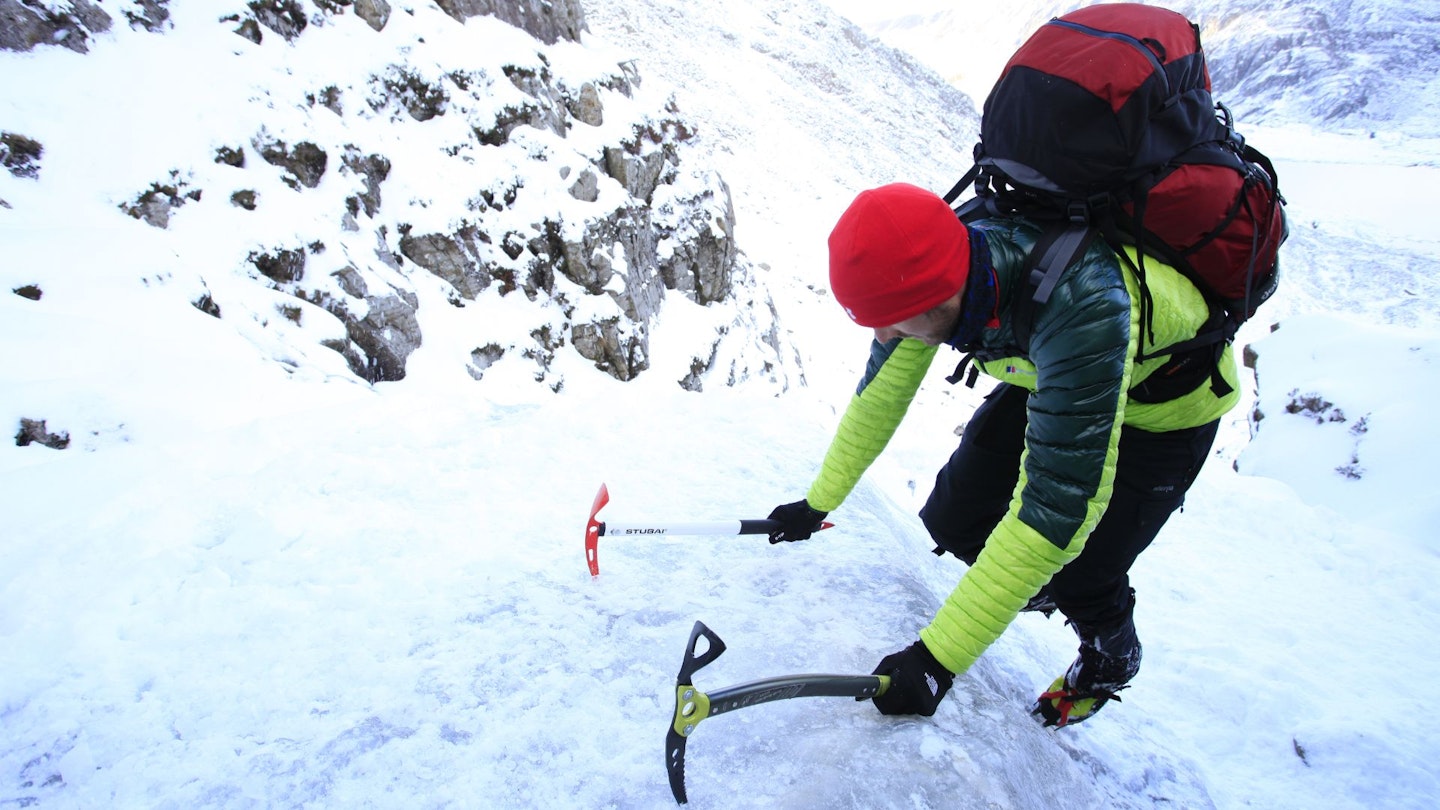
How should a insulated winter jacket fit?
A winter jacket should be roomy enough to wear over other layers, though you may still want to be able to fit it under a waterproof shell. Look for snug-fitting cuffs, a zip that goes right up to the chin and an adjustable hem to lock in warmth.
Are insulated winter jackets waterproof?
Insulated jackets aren't usually fully waterproof, but many have a water-resistant and windproof outer shell, such as Pertex with a DWR coating. This helps to keep the insulation dry and thus retain its warmth. When it’s torrential, however, you’ll still need a waterproof jacket on top.
Are insulated winter jackets heavy?
Winter-weight insulated jackets typically range from about 400g to a kilogram or more. Generally, the heavier it is, the warmer, tougher, and more weather resistant it is. Lighter options trade some warmth for breathability and mobility.
But some options employ clever techniques like heat-reflective linings to bump up warmth without increasing weight. If you know your jacket will spend a fair bit of time stuffed in your pack, look for a jacket that balances relatively low weight and compressibility with good overall warmth.
What are baffles and body mapping?
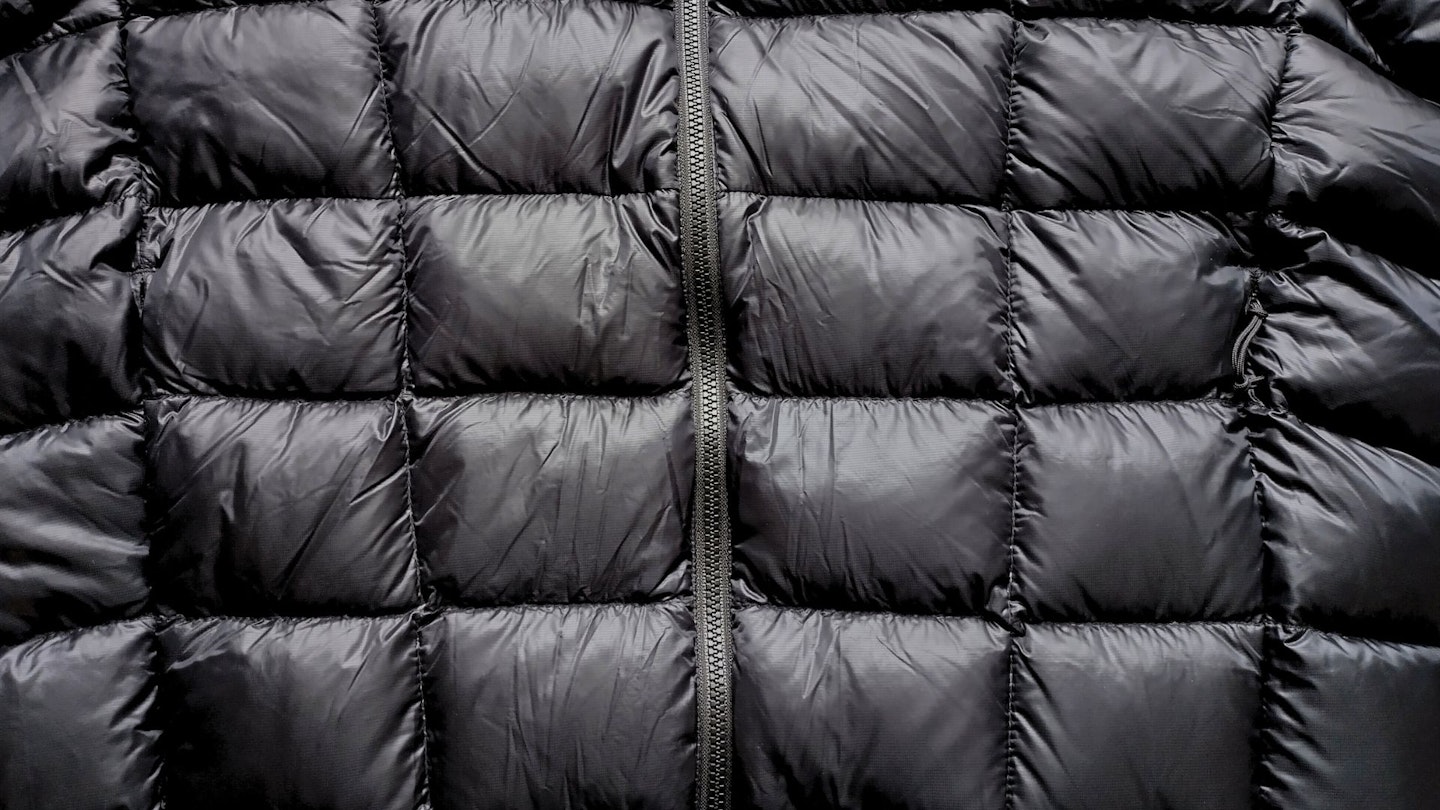
Larger baffles (insulation-filled chambers) give more space for insulation to loft, while smaller baffles help to stop the fill from spreading out unevenly. But the new trend is ‘body mapping’, with different materials and insulation grades used across different parts of a jacket. This provides warmth and venting where it’s needed most.
Insulated jackets work by trapping warm air inside the jacket next to your body. If air escapes at weak points – the hem, cuffs or zip – the warmth is lost. Elasticated or Velcro cuffs, hem drawcords and zip baffles help avoid this problem.
What sort of pockets should a jacket have?
A variety of pockets will always prove useful out in the hills. Insulated handwarmer pockets keep your hands toasty, particularly if accessible when wearing a hipbelt, while internal pockets are good for stashing valuables and roomier pockets are useful for storing gloves, a hat or a map.
How to find sustainable jackets
It’s best practice to ensure any DWR coatings are PFC-free and any goose or duck down adheres to the Responsible Down Standard. For better eco credentials, choose a jacket with recycled materials and/or bluesign-certified. It's also a good idea to check organisations like the Fair Wear Foundation to see if a brand has ethical labour standards.
Insulated jacket care and cleaning
Whether down or synthetic insulated, giving your insulated winter jacket a proper clean helps it remain breathable, keeps the fabrics and insulation in good condition.
It's an easy process that simply involves substituting your laundry detergent for a cleaning solution specially designed for cleaning technical, insulated gear.
Also, remember that many outdoor retailers (such as Cotswold Outdoor) and brands (such as Alpkit, Berghaus, Montane, and Rab) offer gear repair services*. So if your jacket suffers a tear, a broken zip, or some other ailment, chances are it can be fixed.
*some such as Cotswold Outdoor and Alpkit repair any brand, while others only repair their own gear.
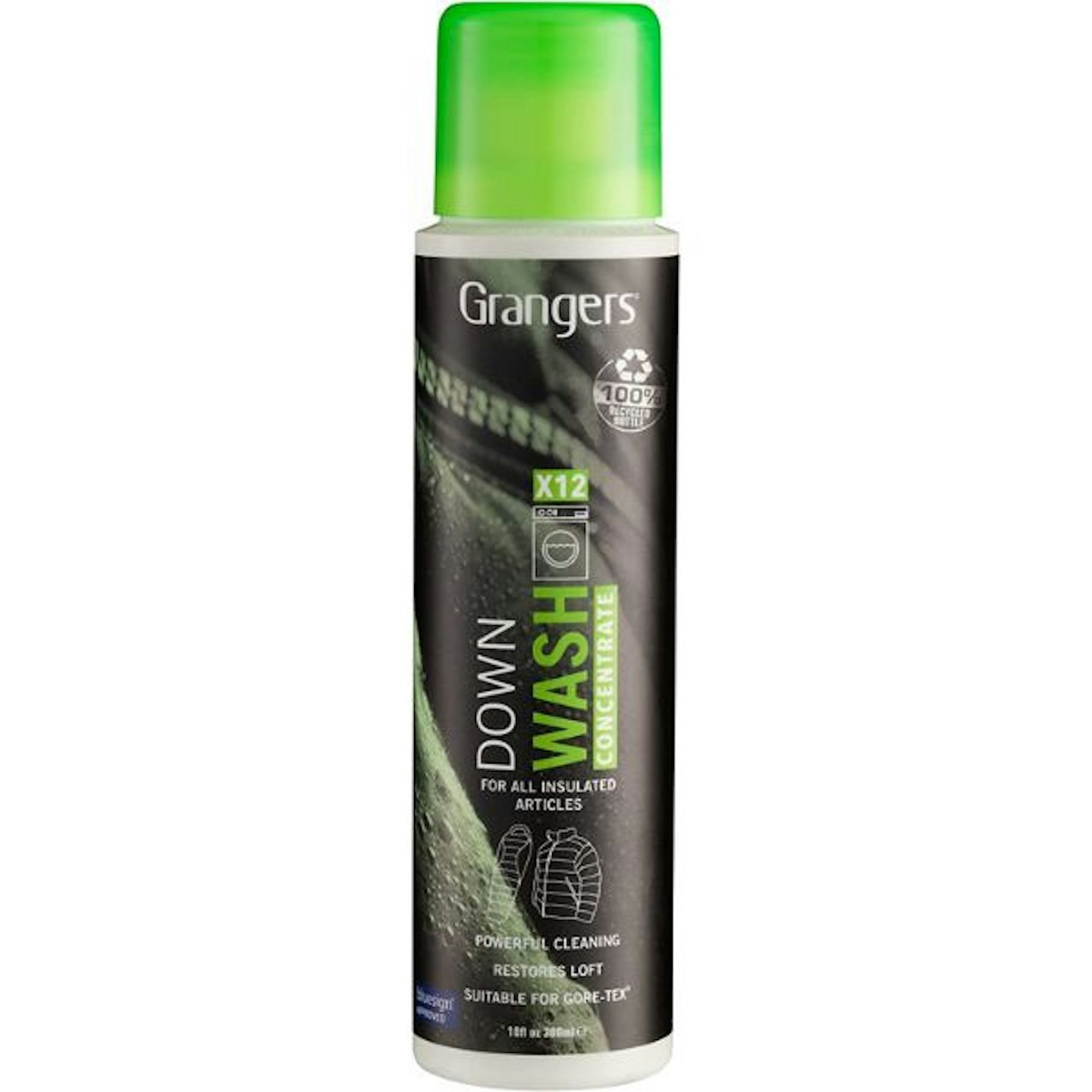
Pros
- Eco friendly and PFC-free
- Concentrated solution
- Suitable for machine or hand washing
- For down and synthetic insulation
Cons
- Costs more than regular detergent
Pros
- Eco friendly and PFC-free
- Suitable for machine or hand washing
Cons
- Grangers Down Wash is more concentrated
About the author

Matt Jones is a freelance gear tester for Live For The Outdoors and Trail Magazine. He has walked several long-distance backpacking trails in New Zealand, the USA and throughout the UK.

